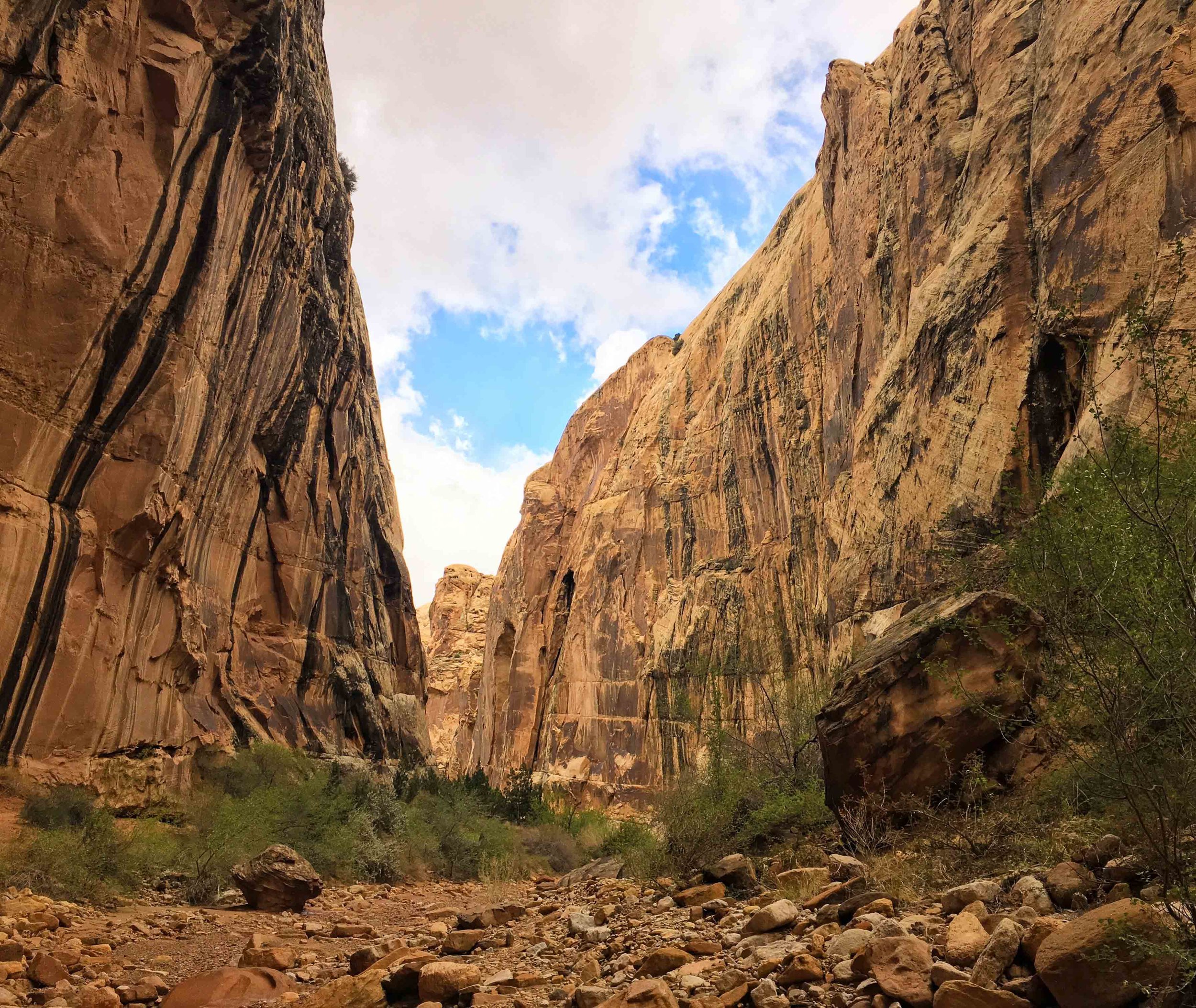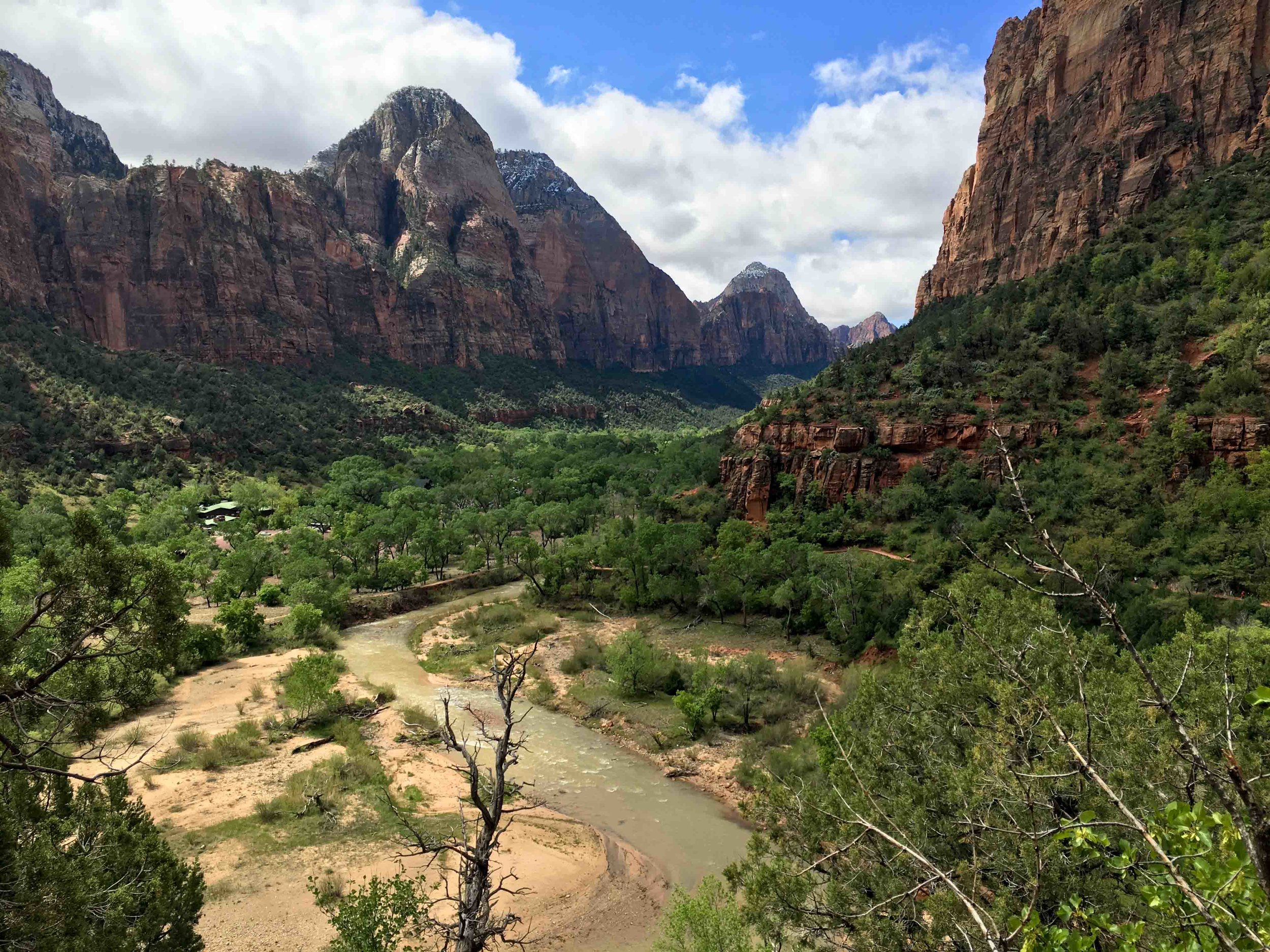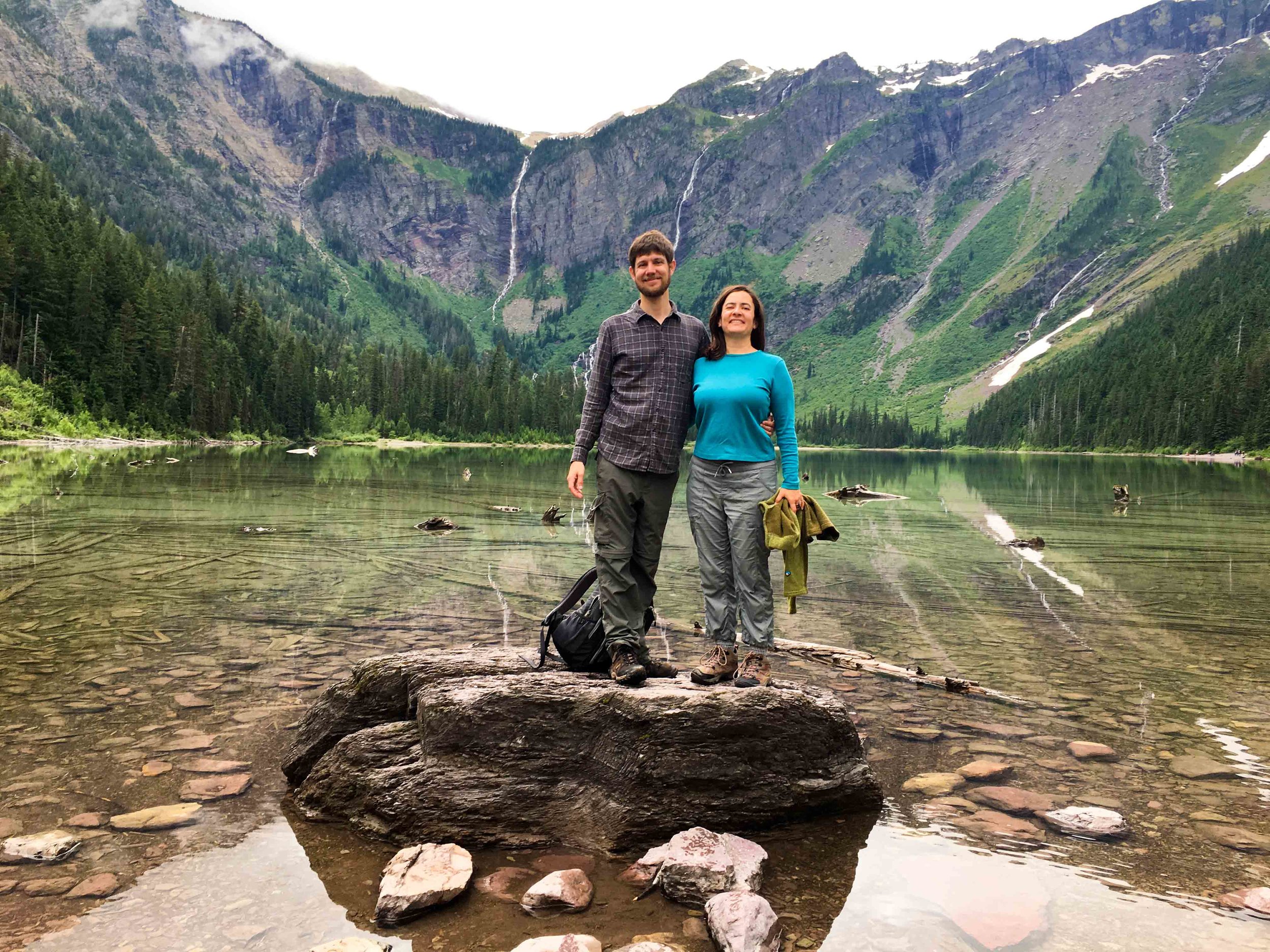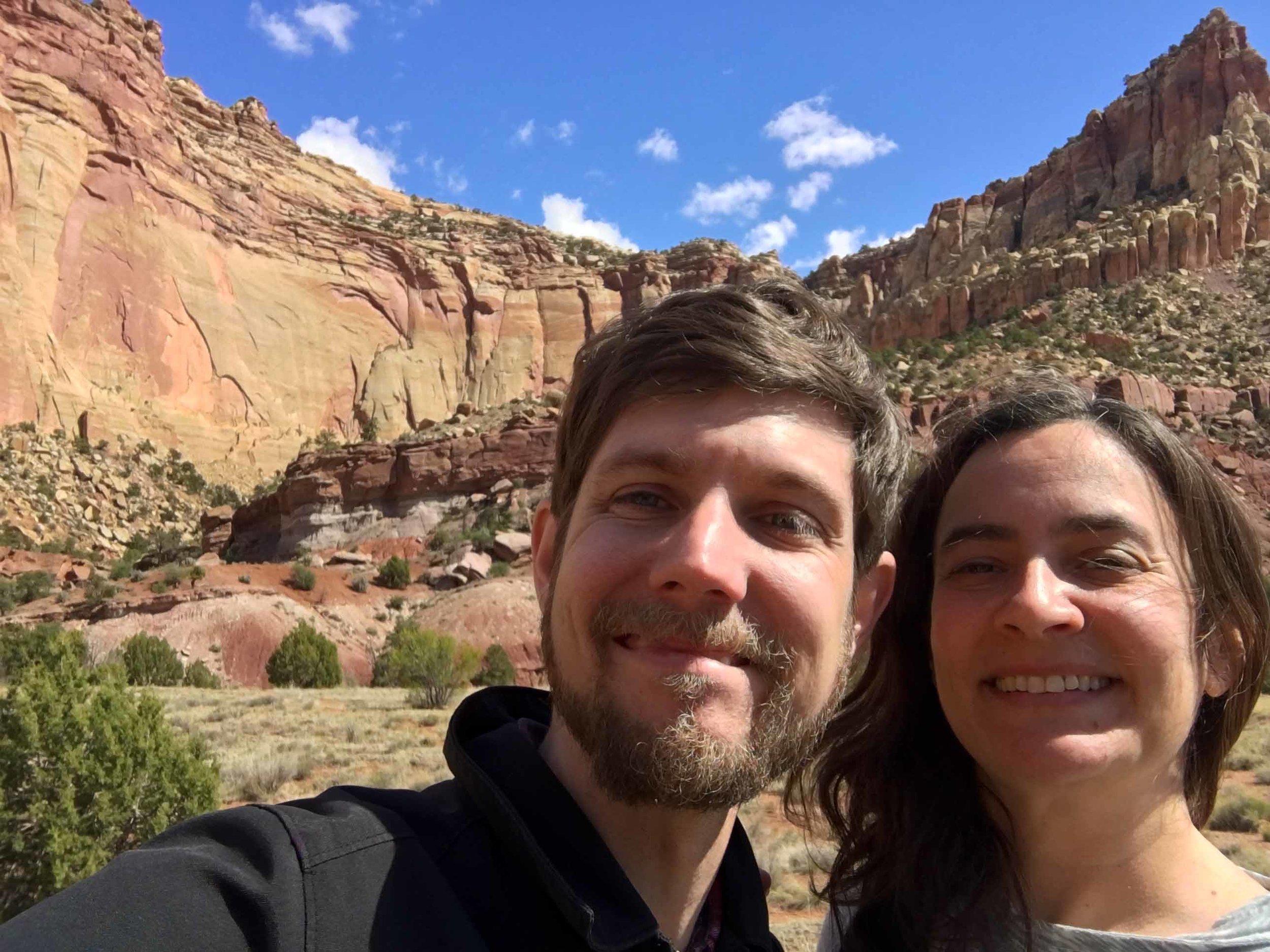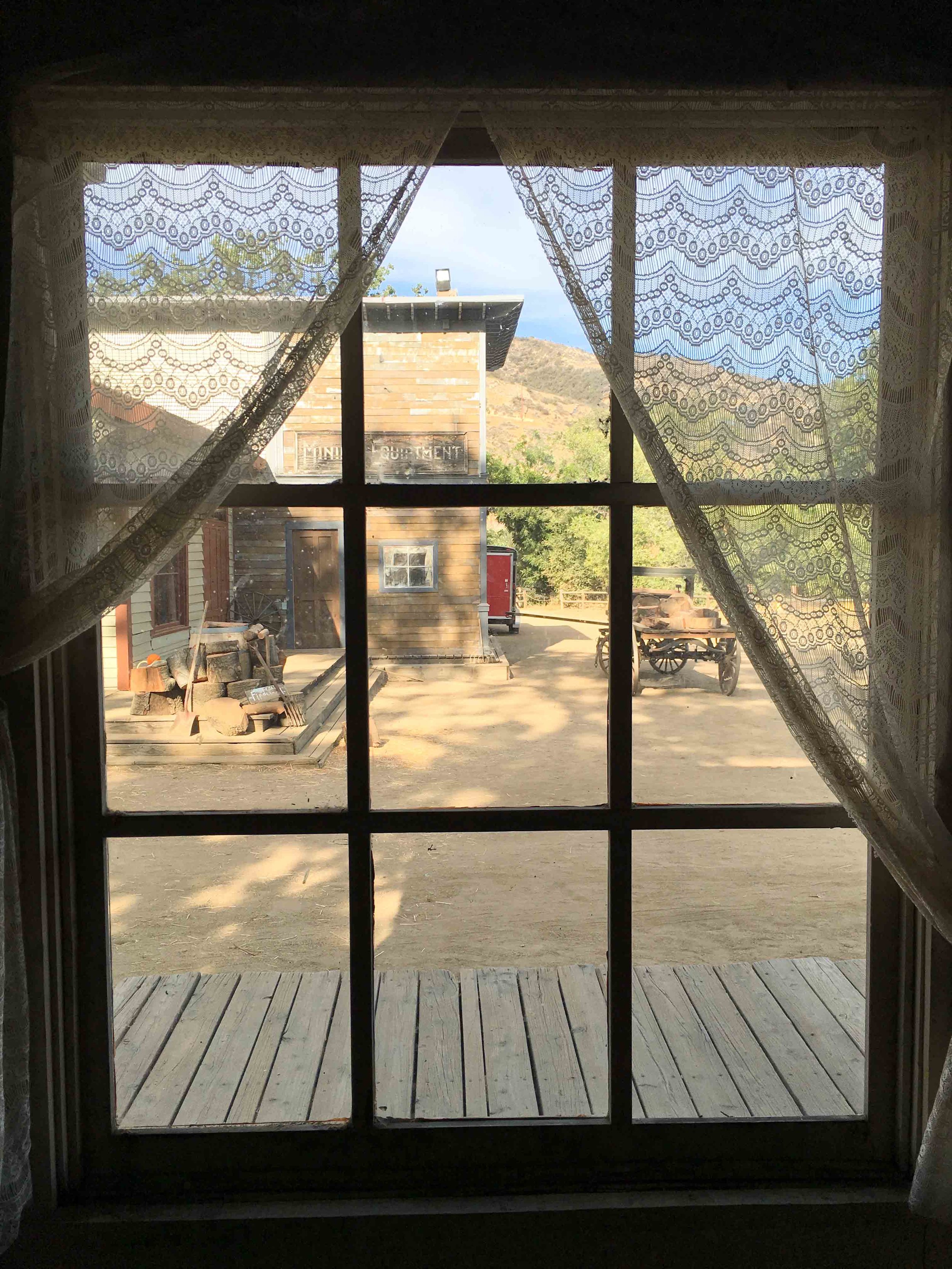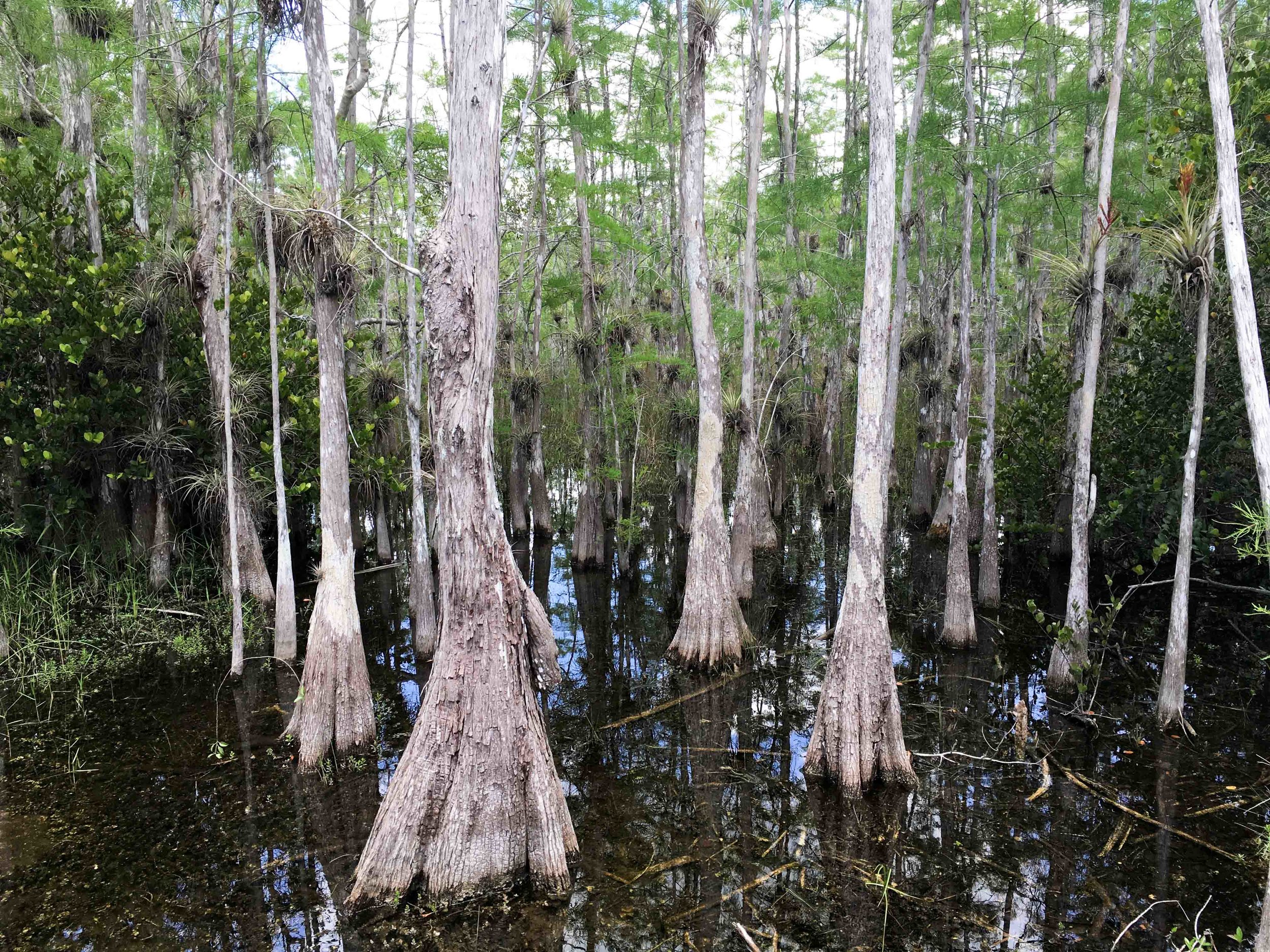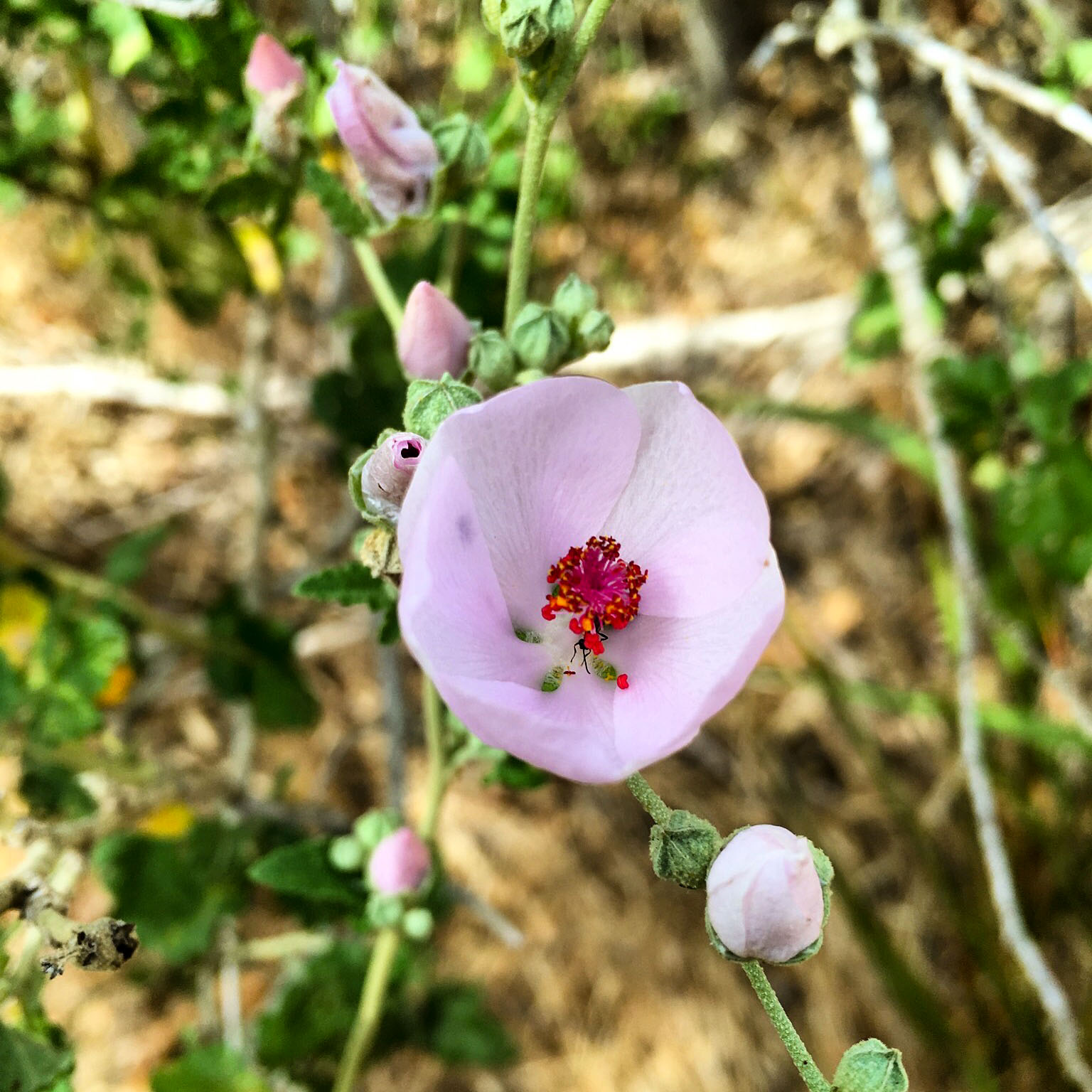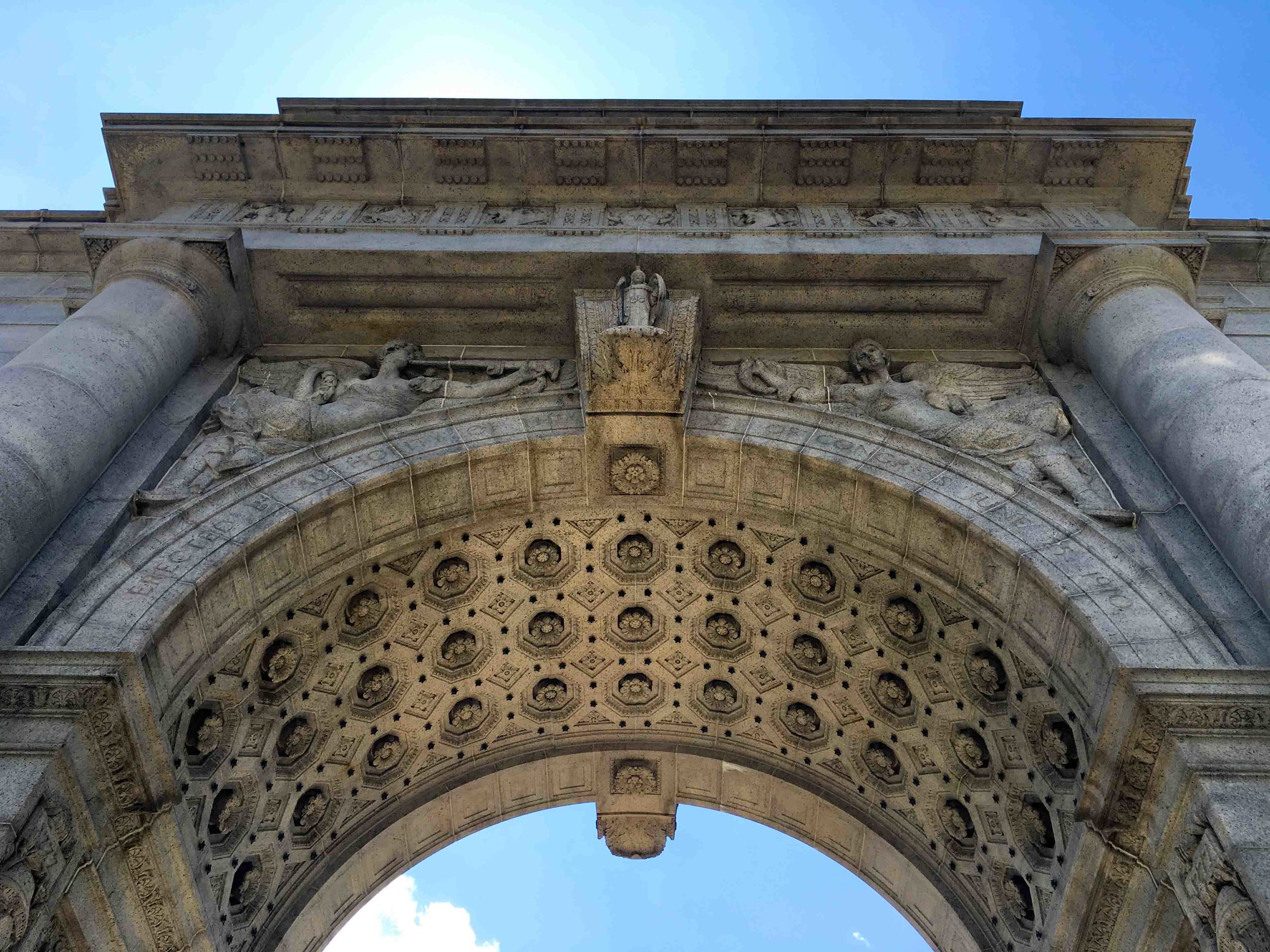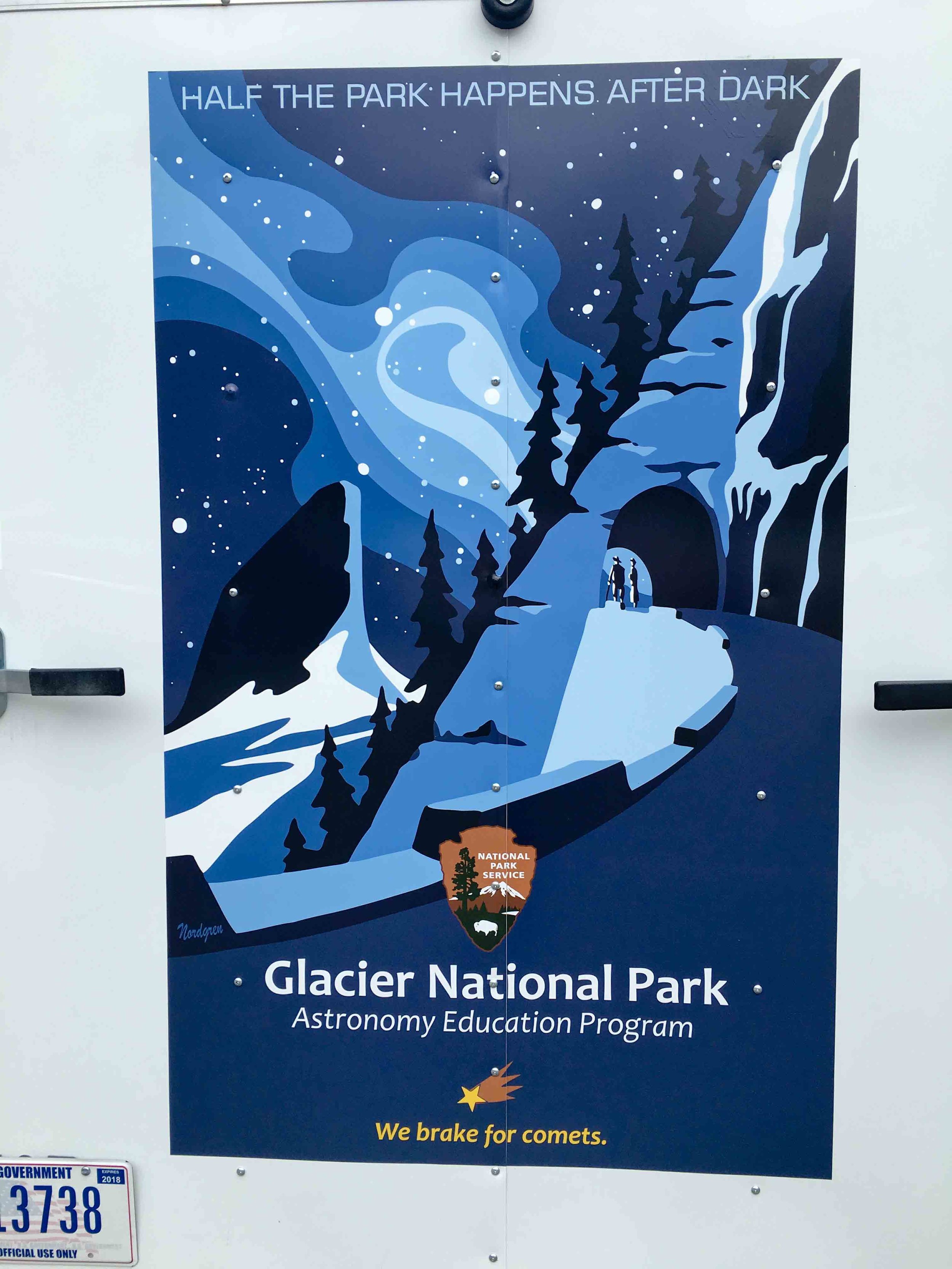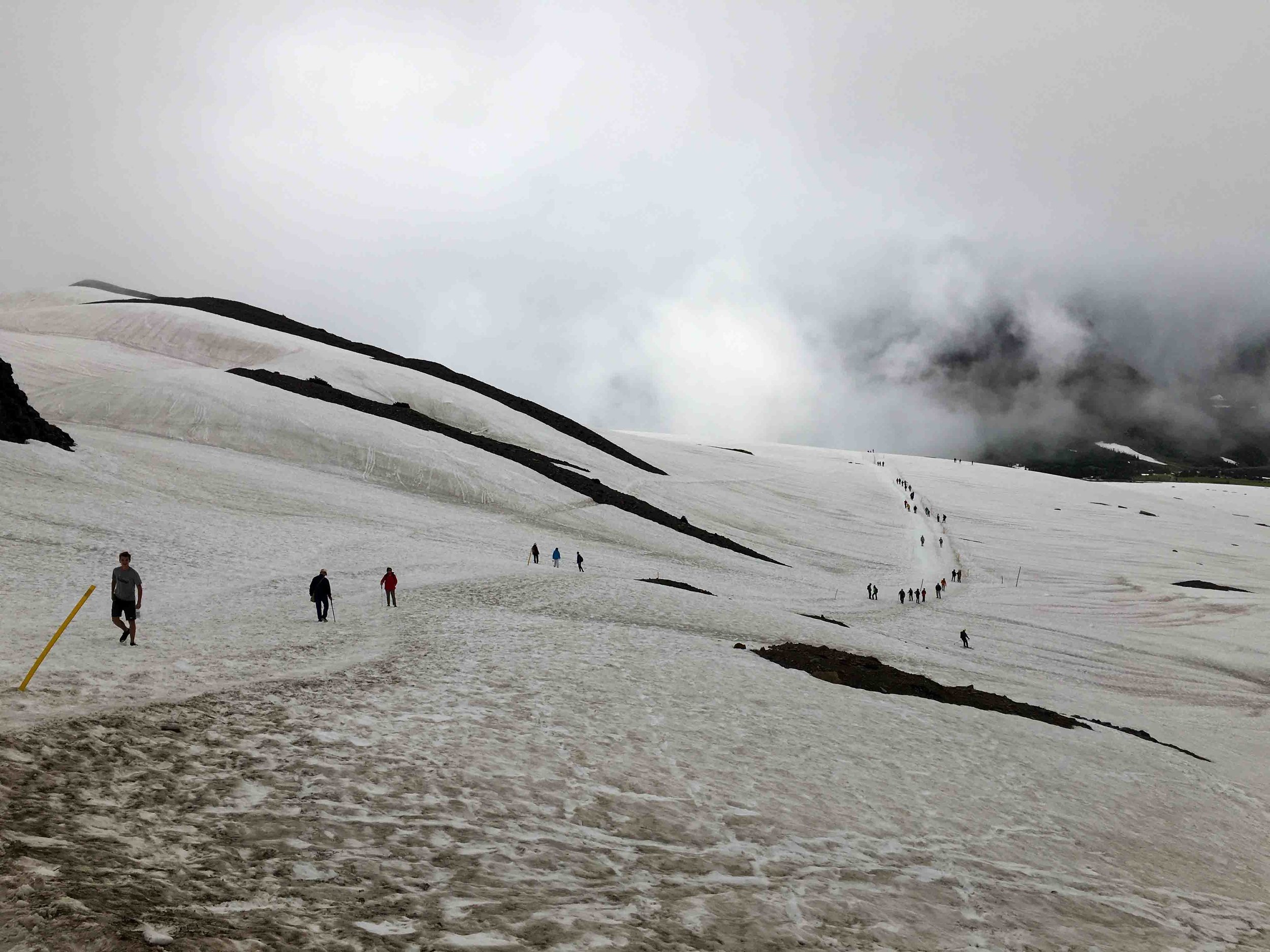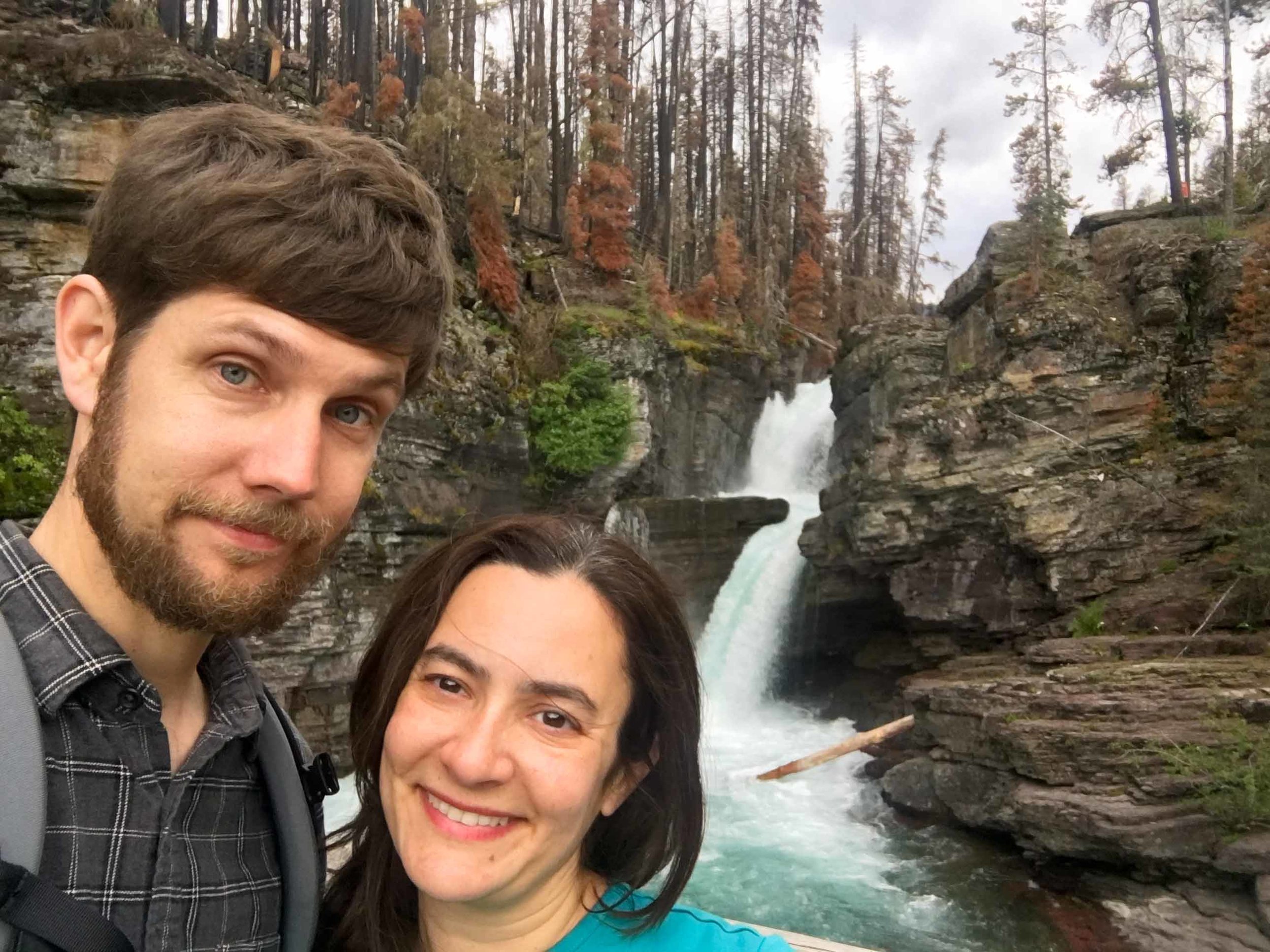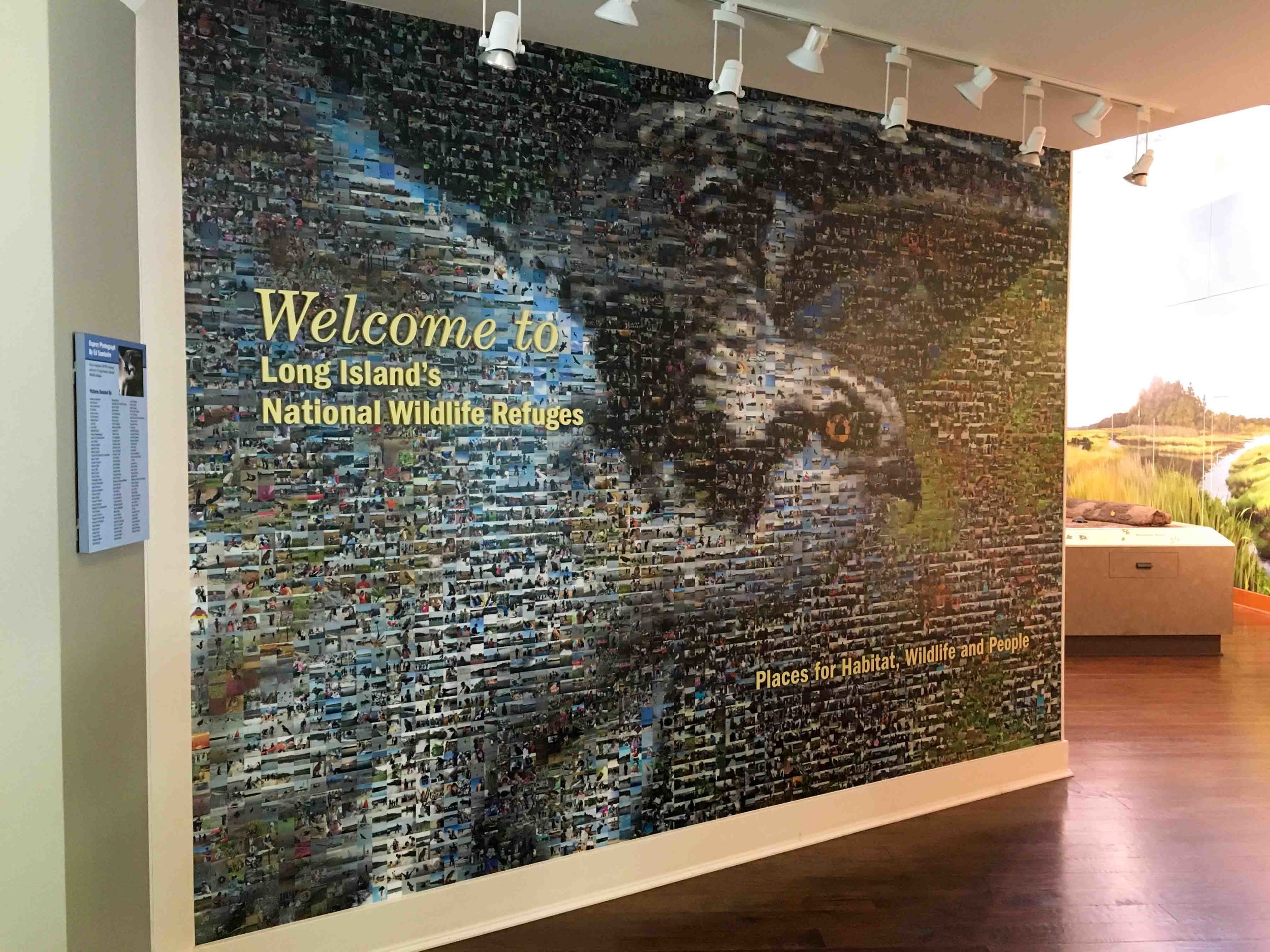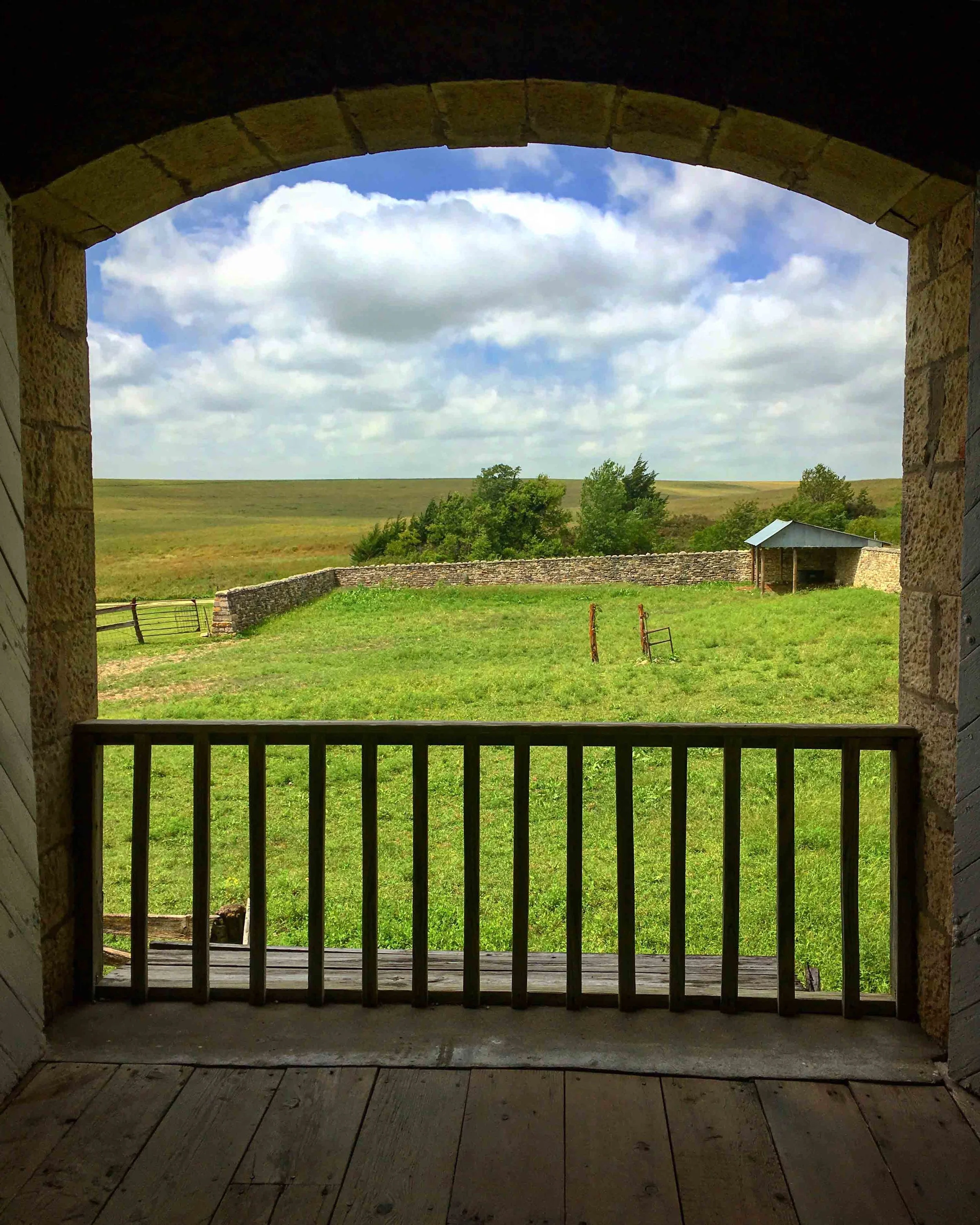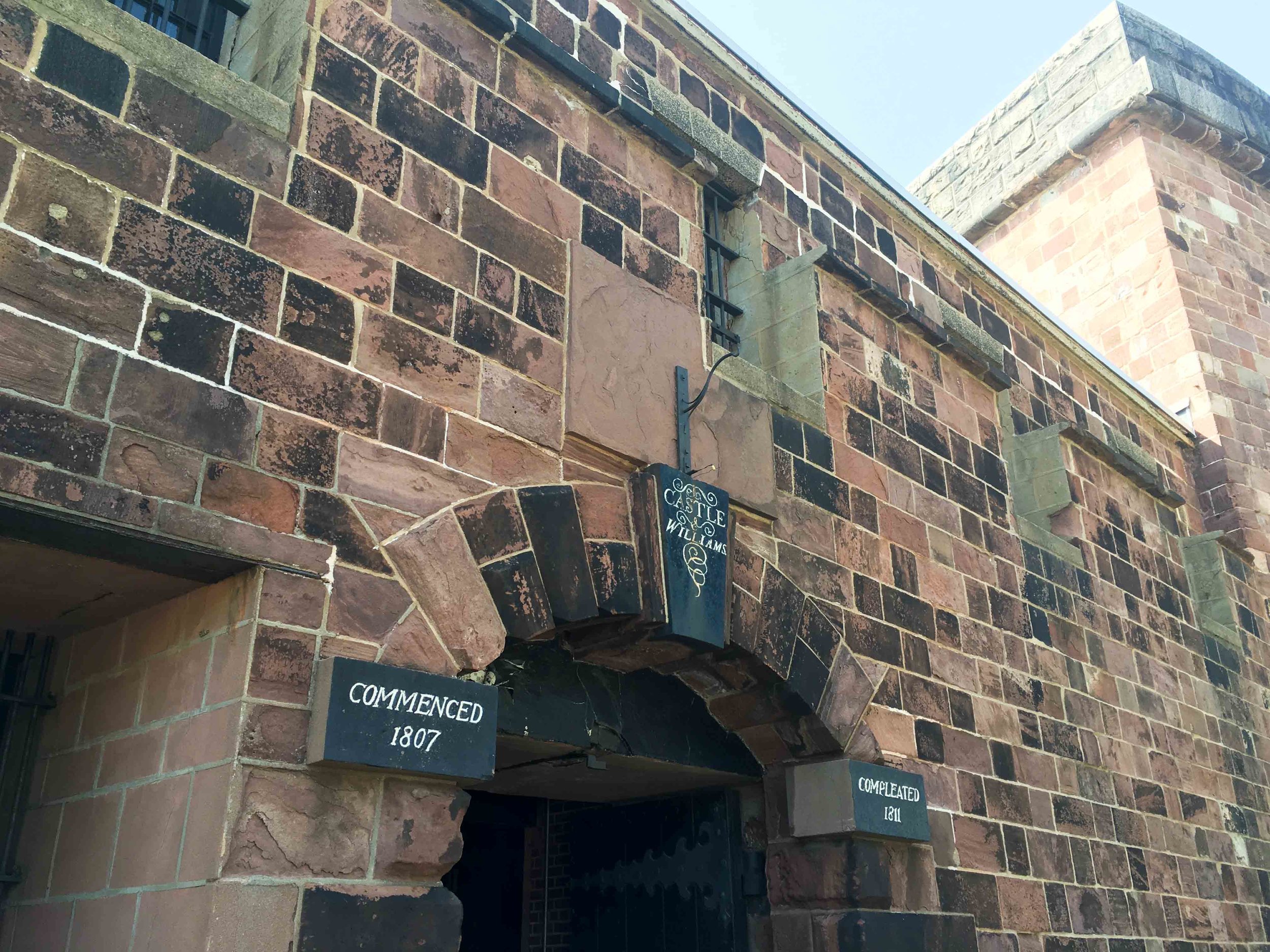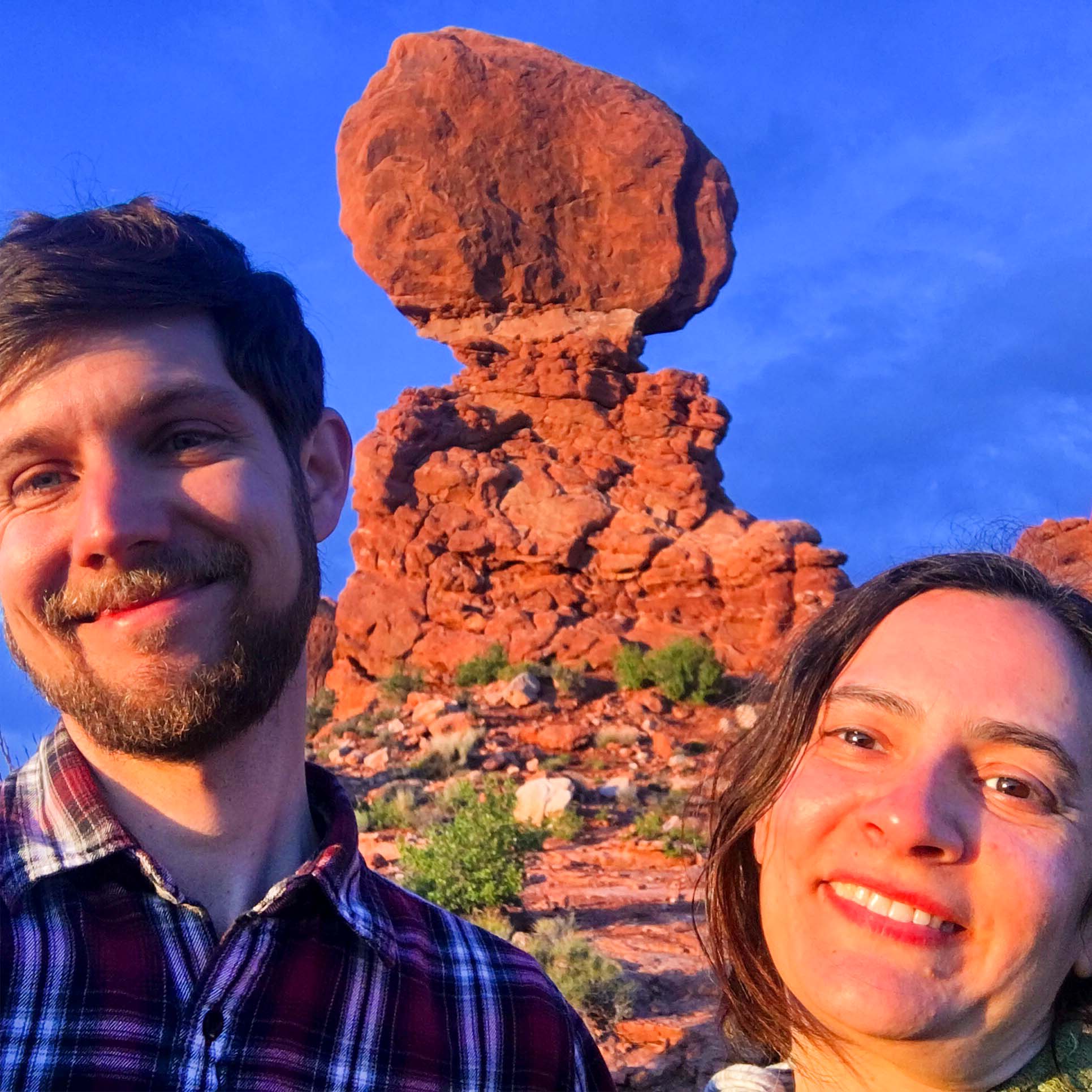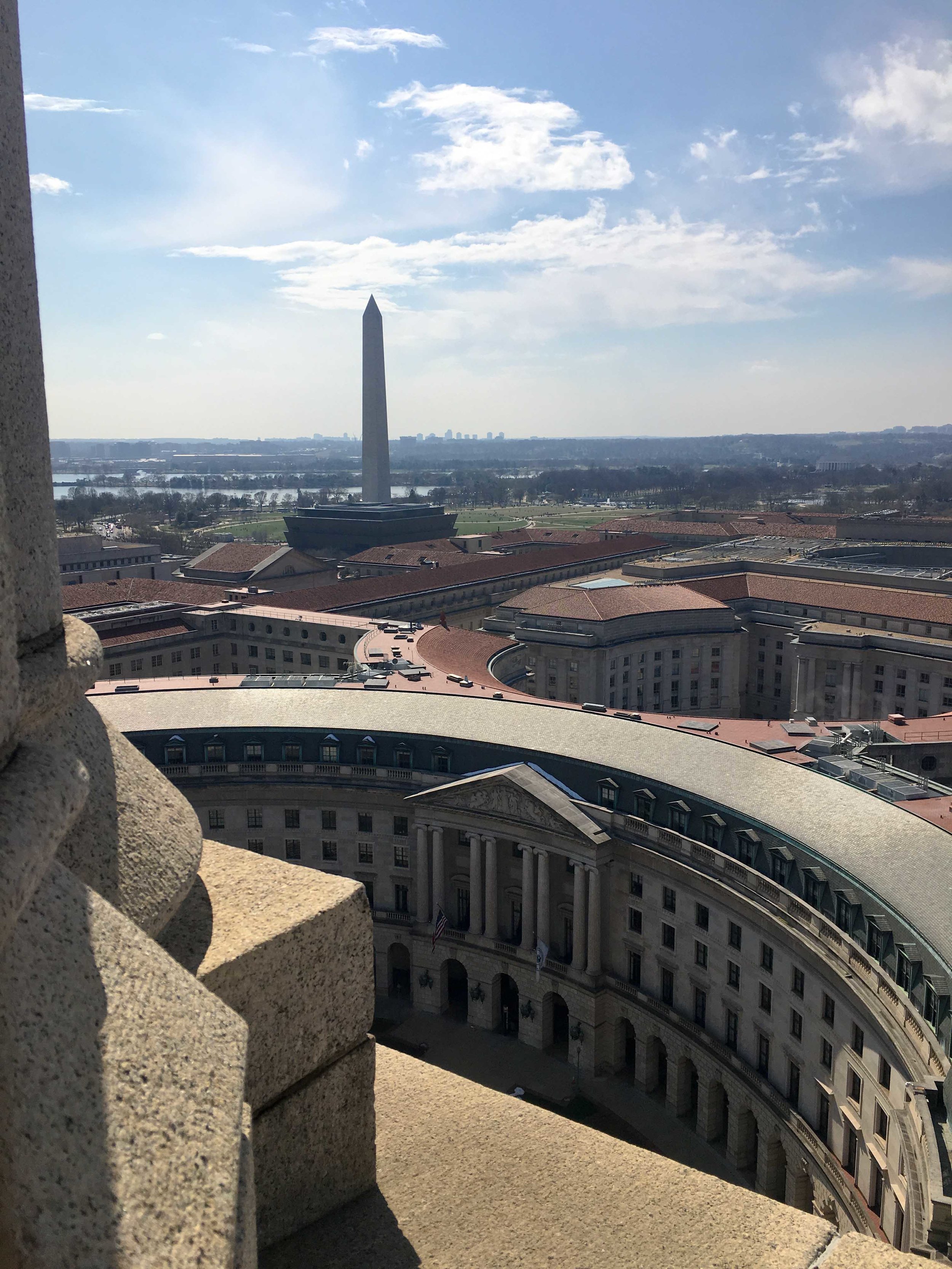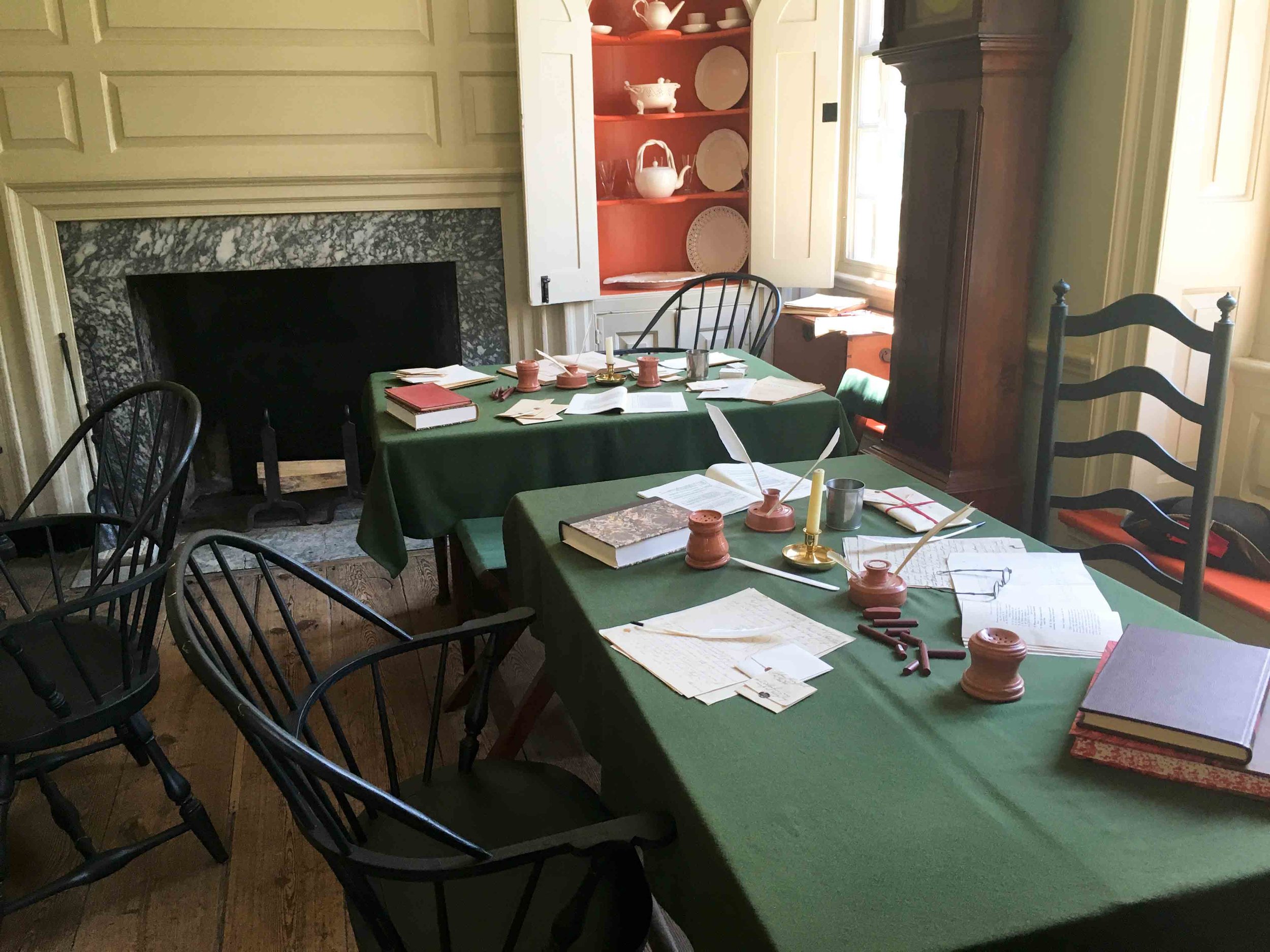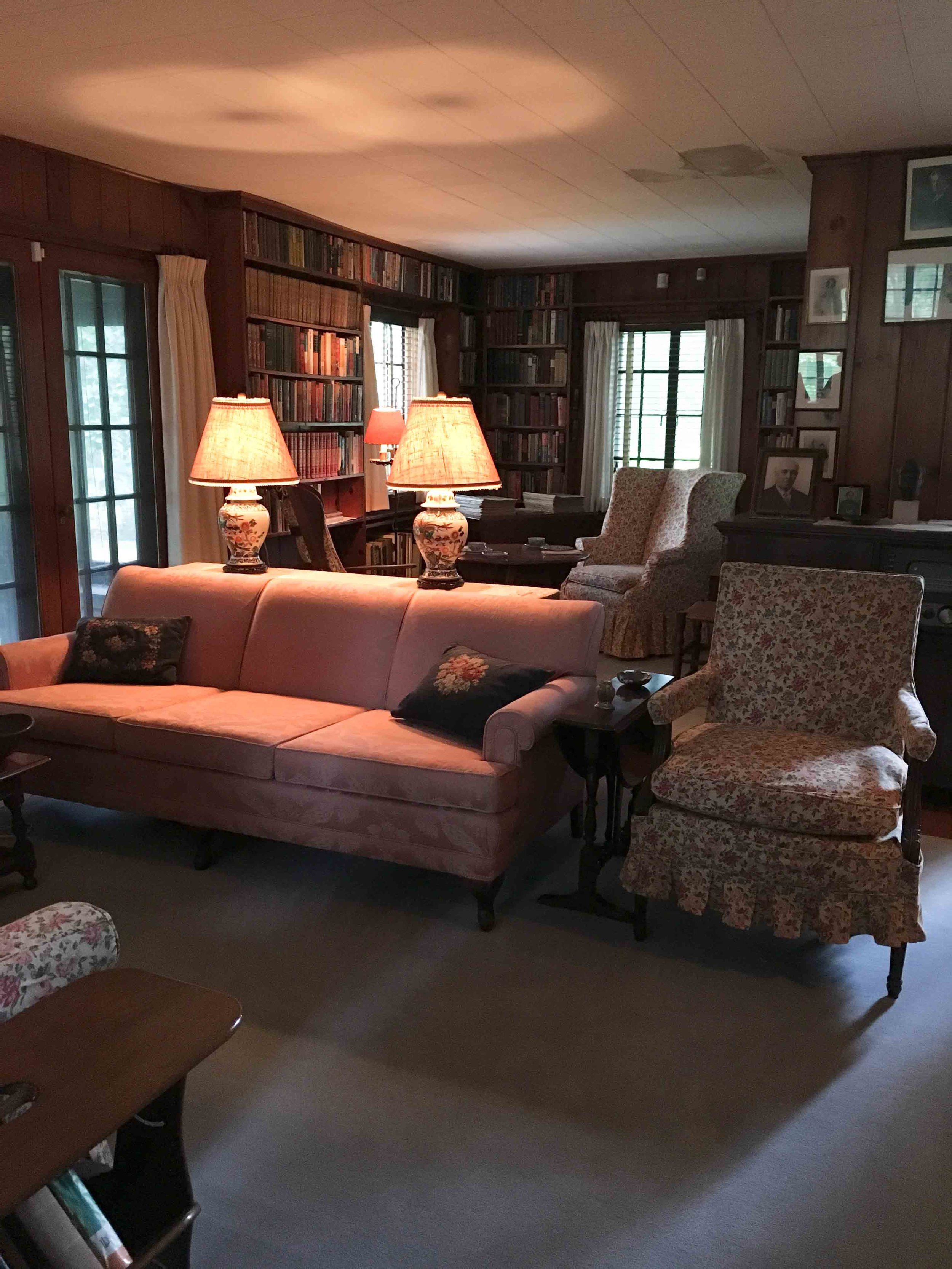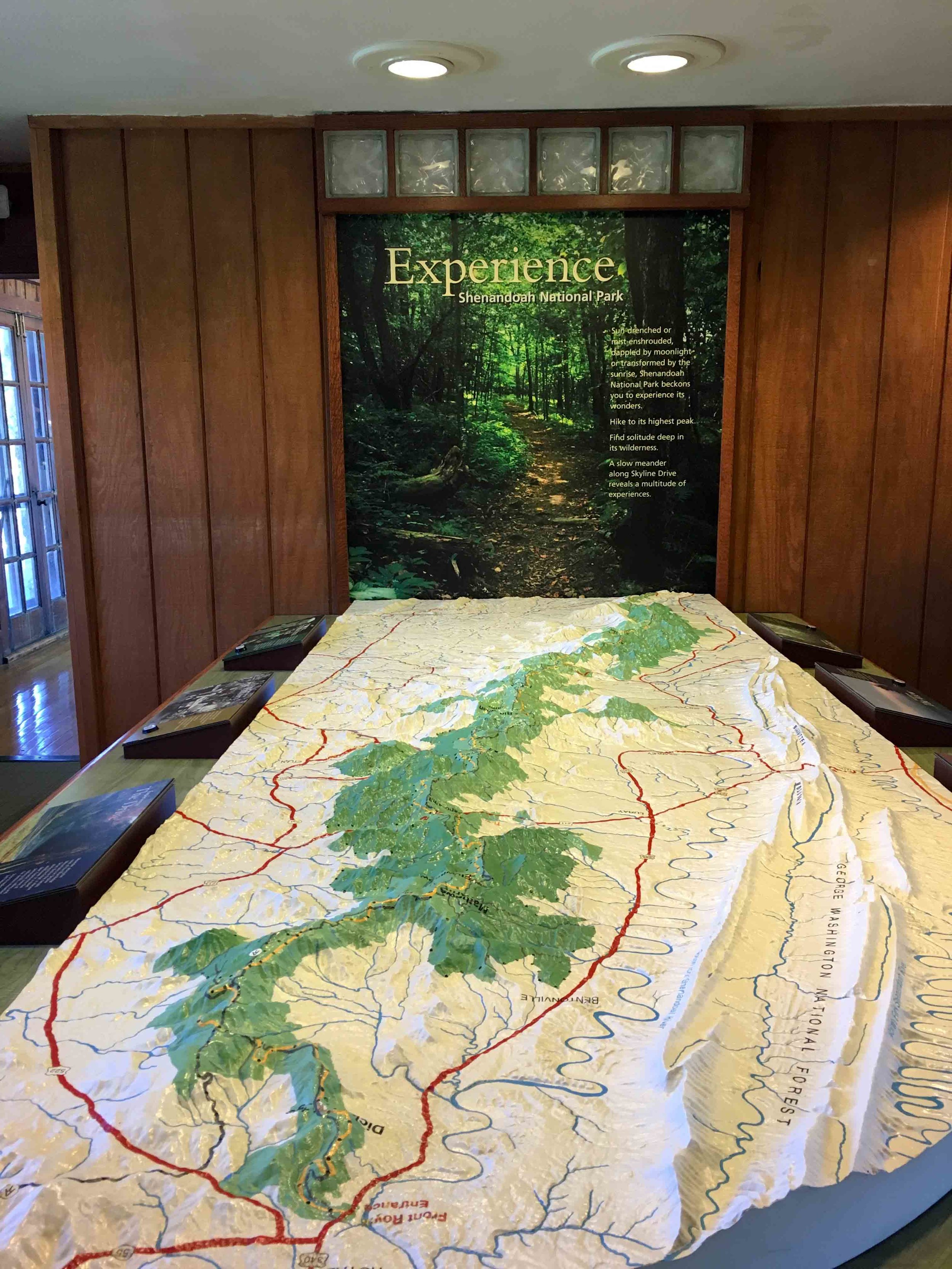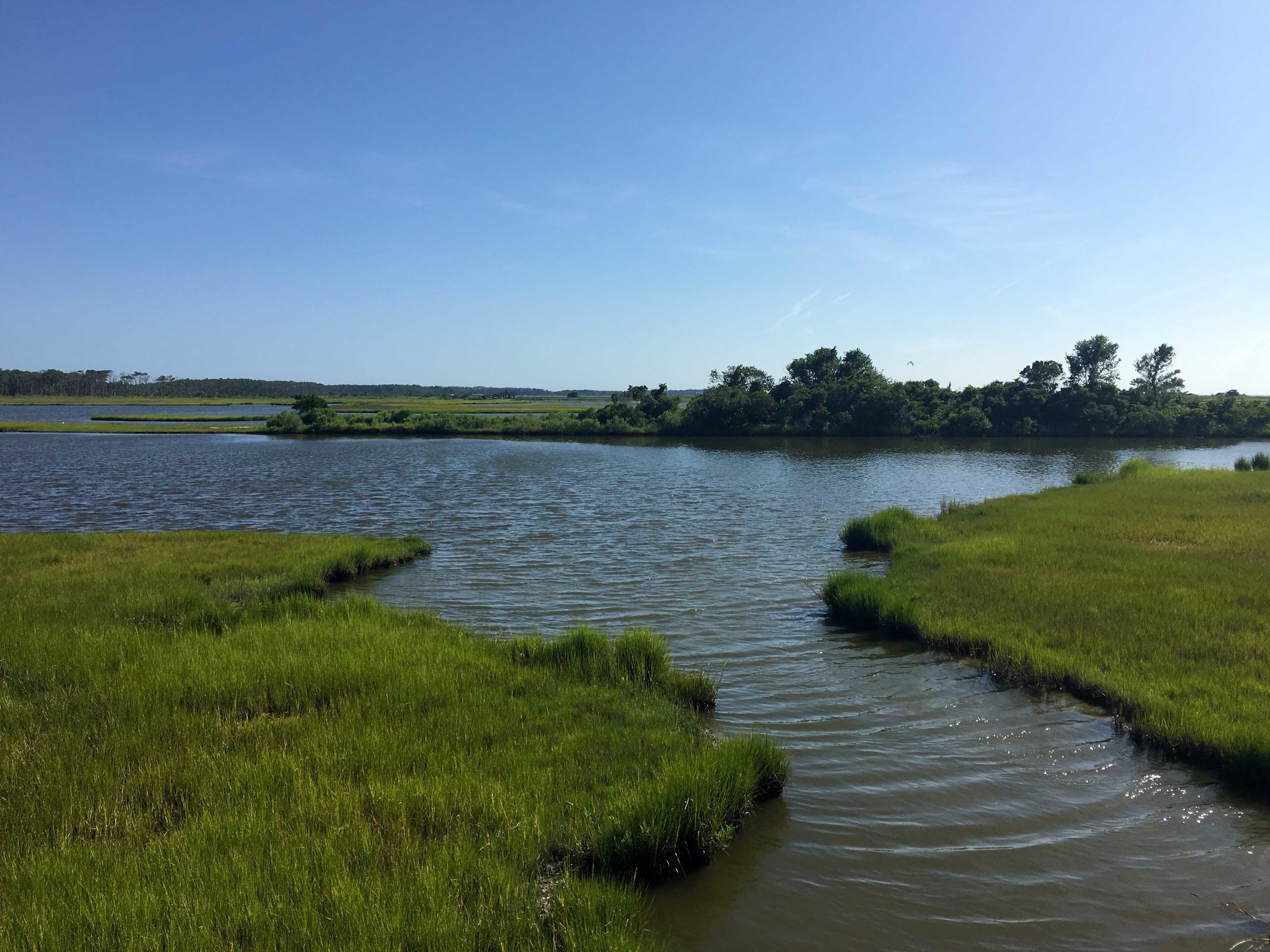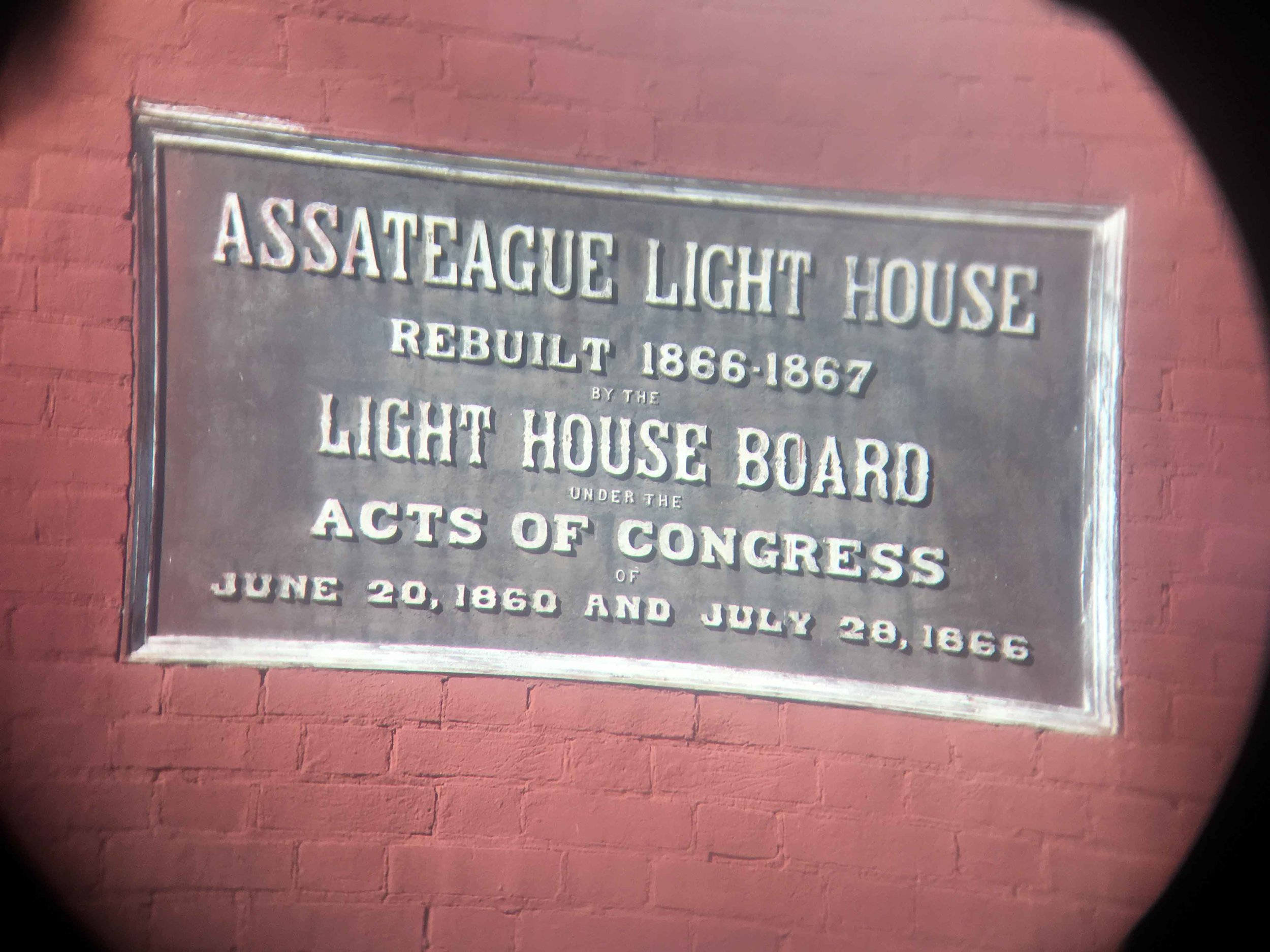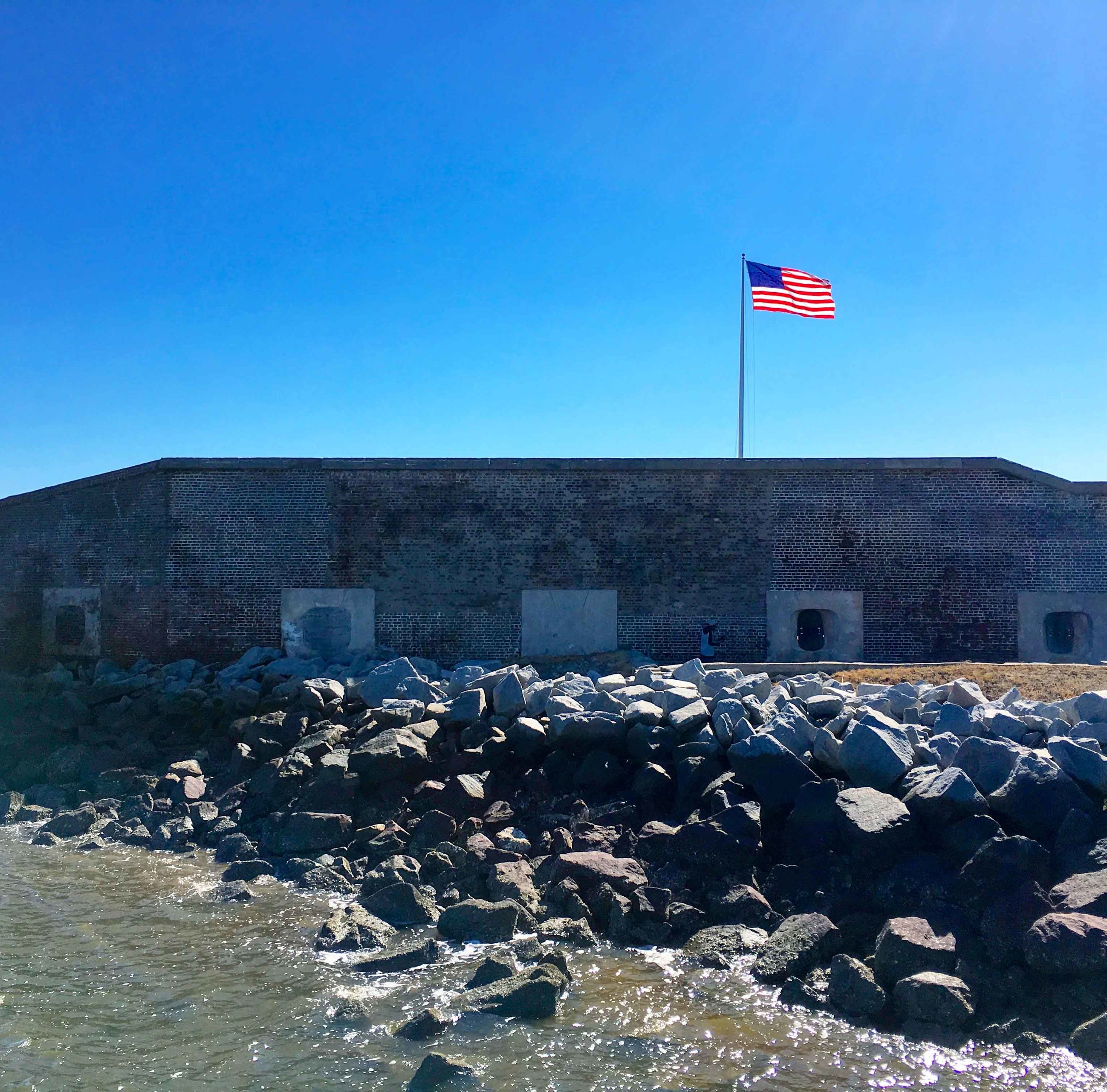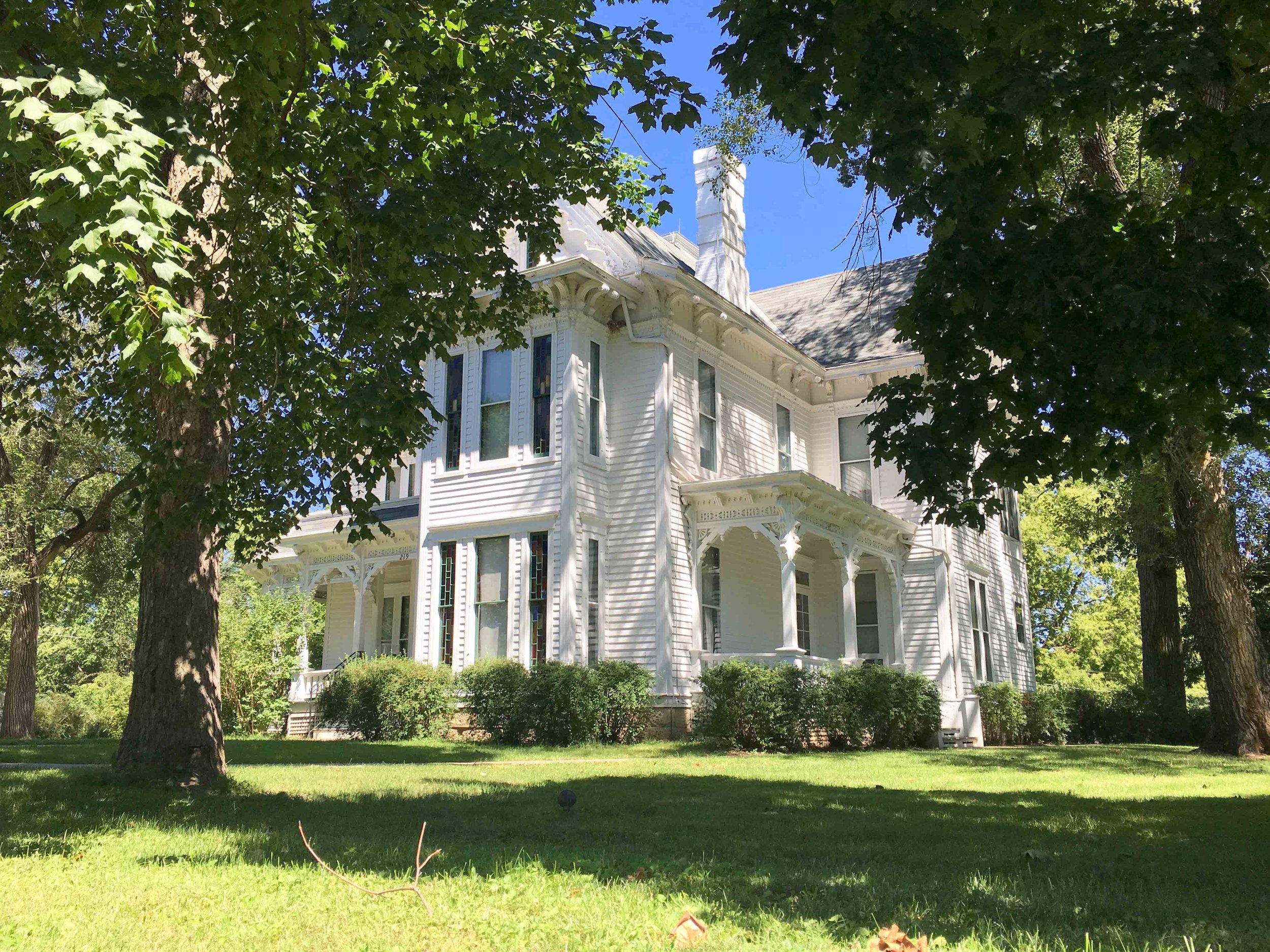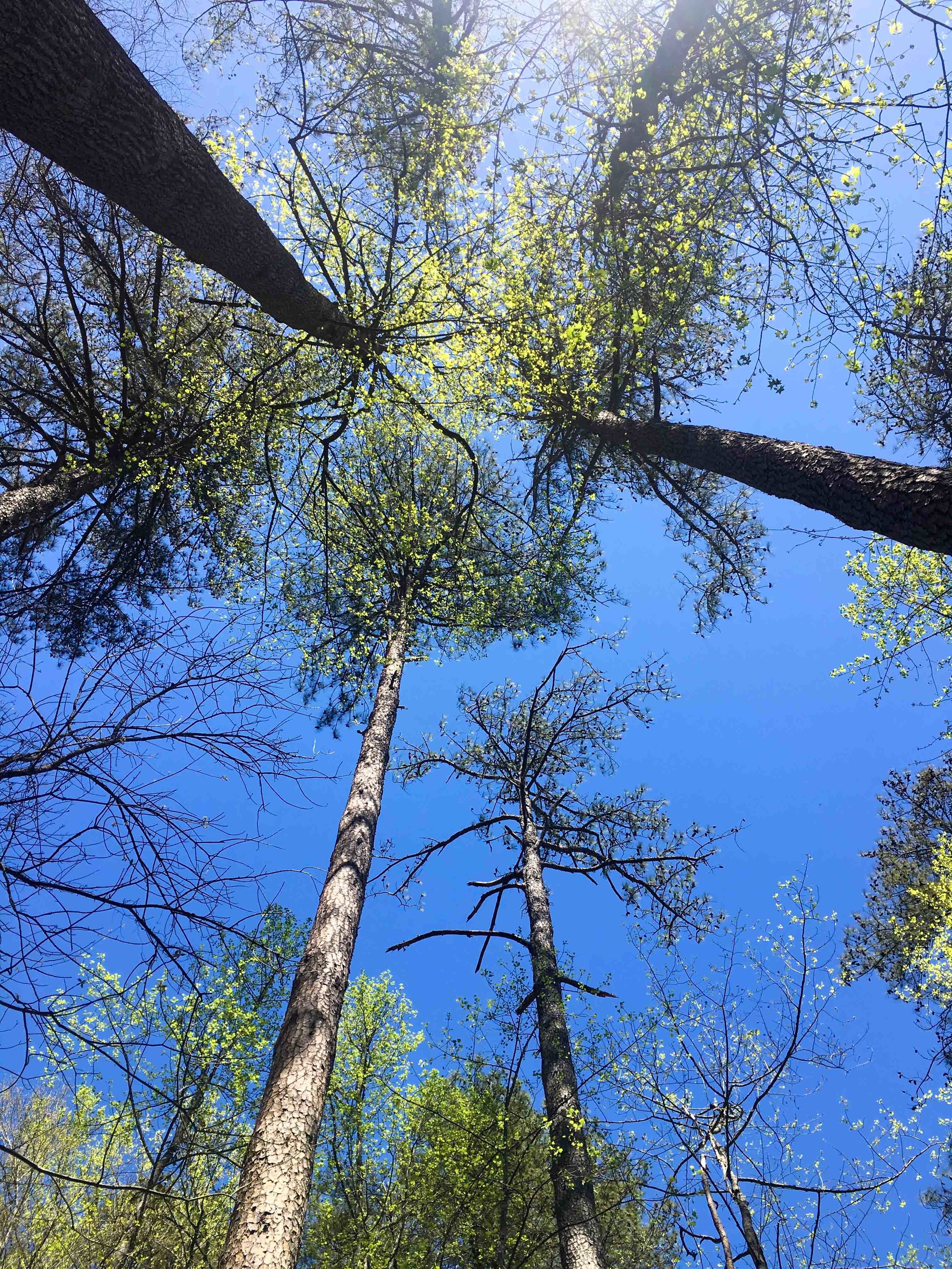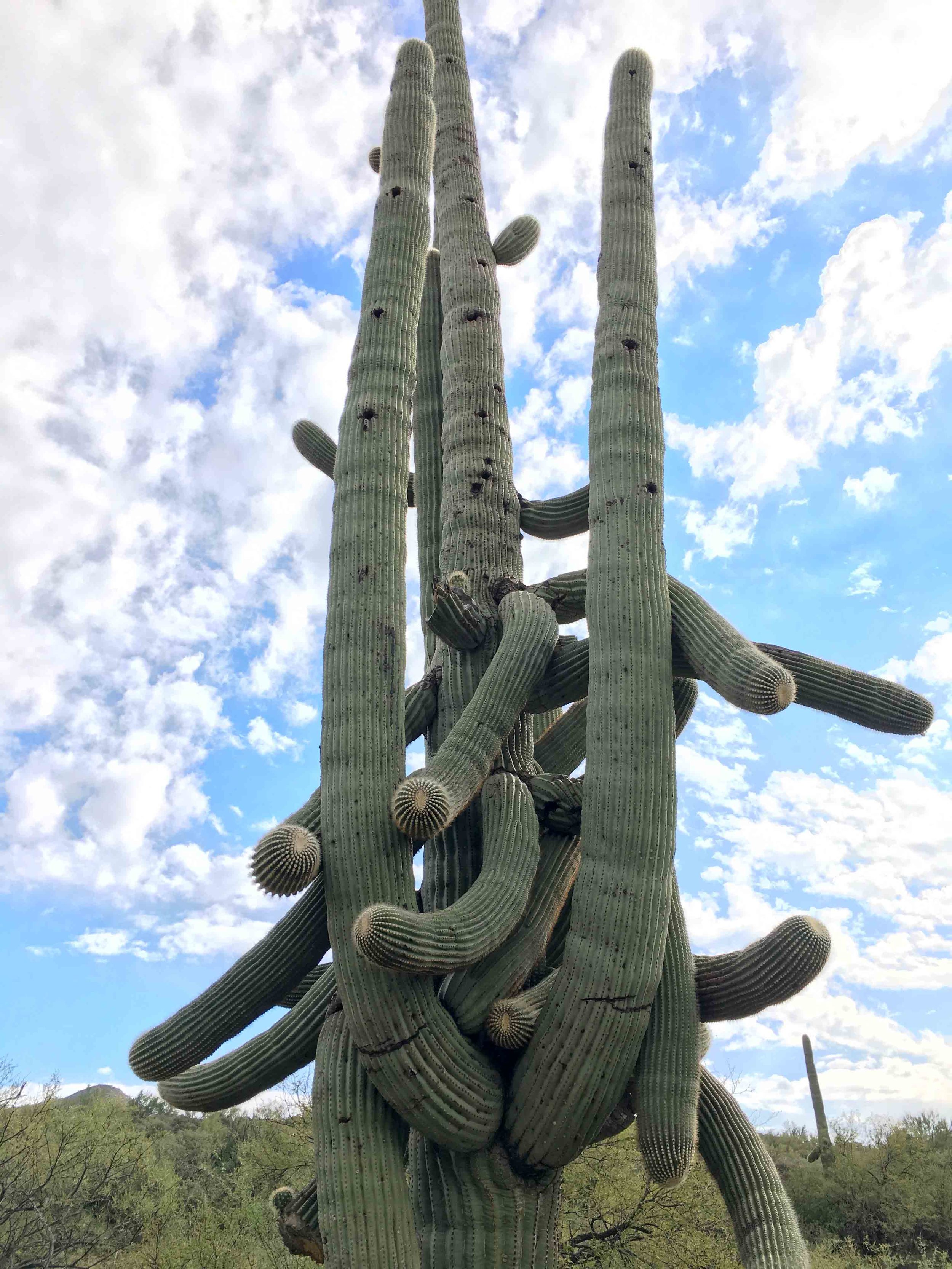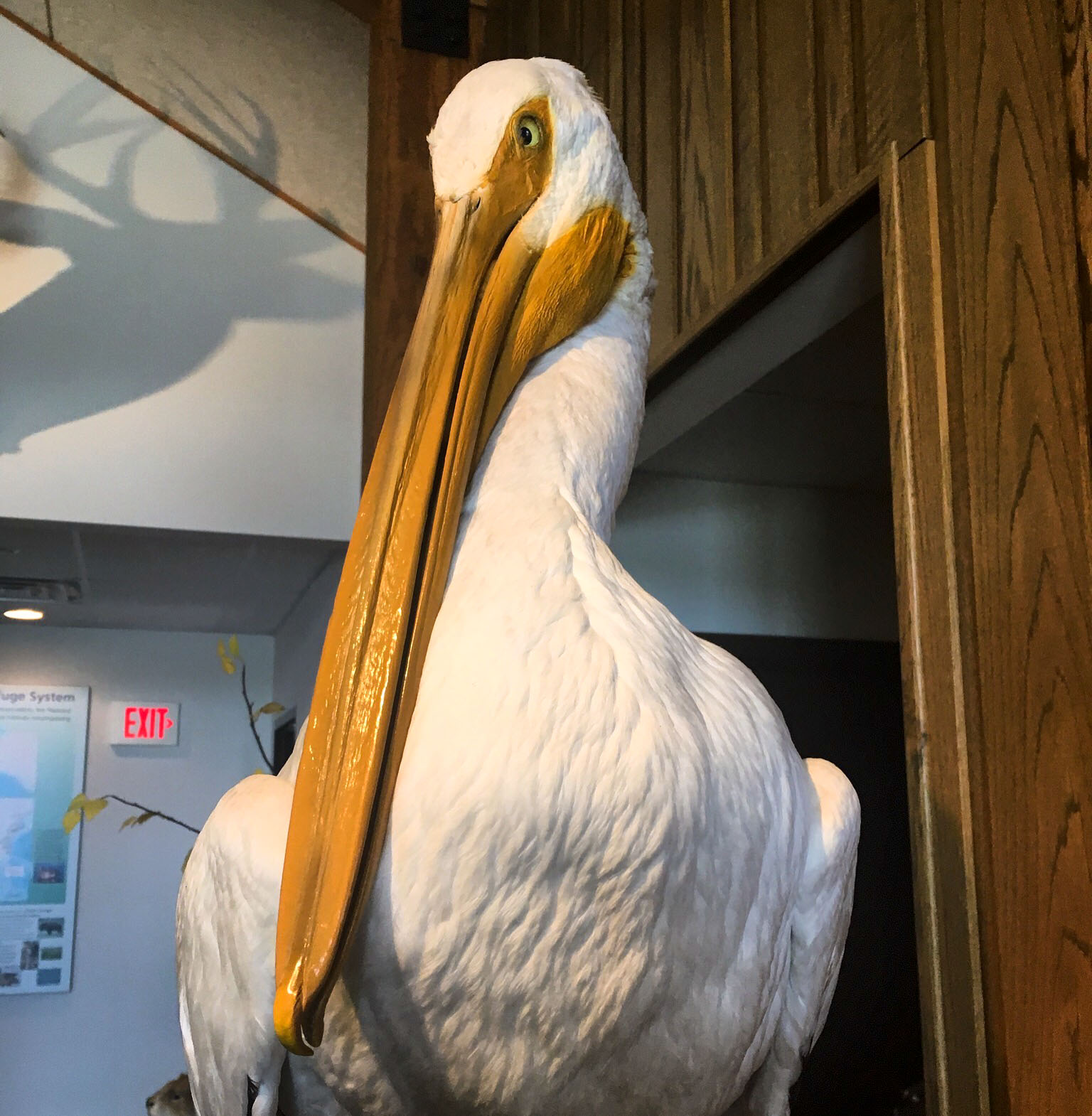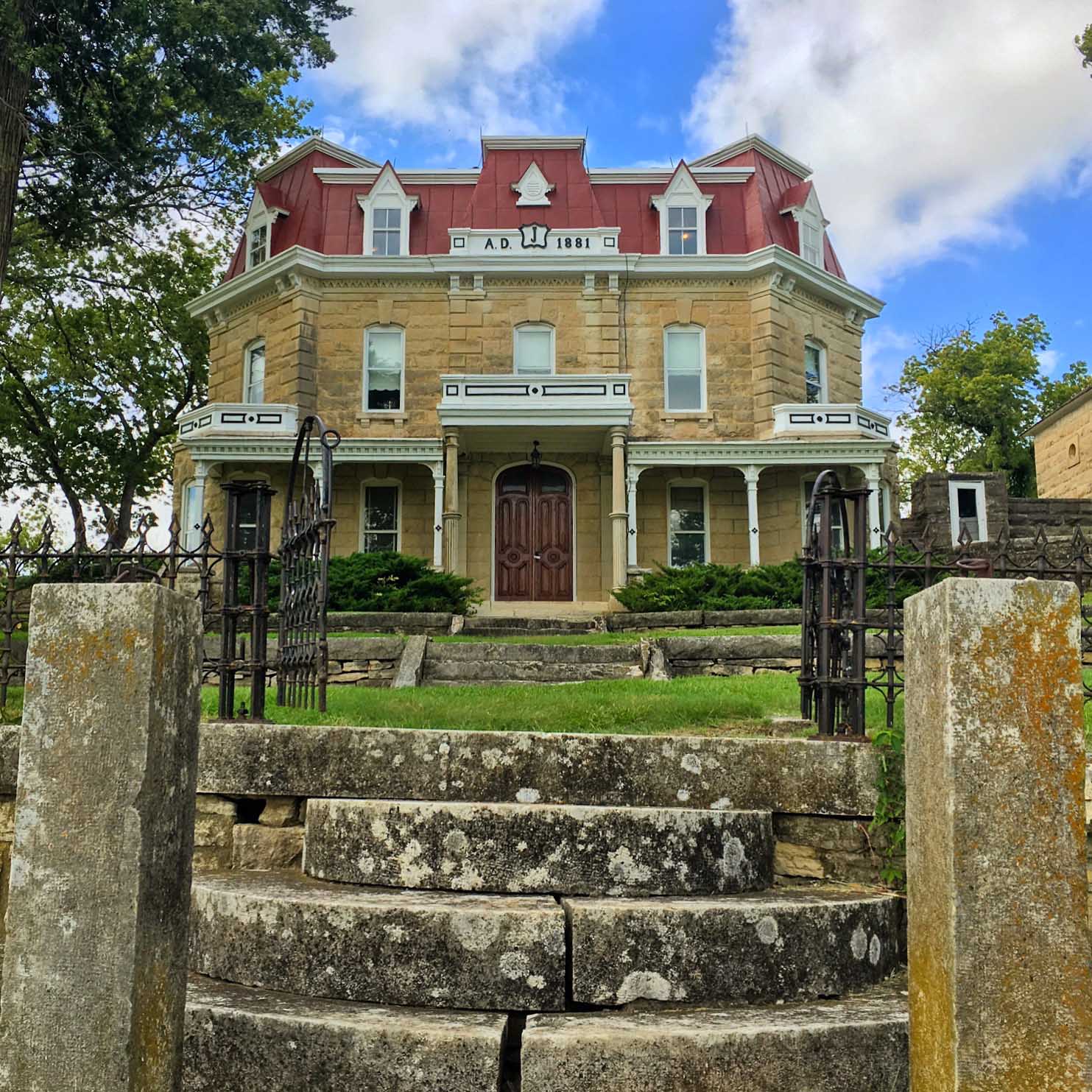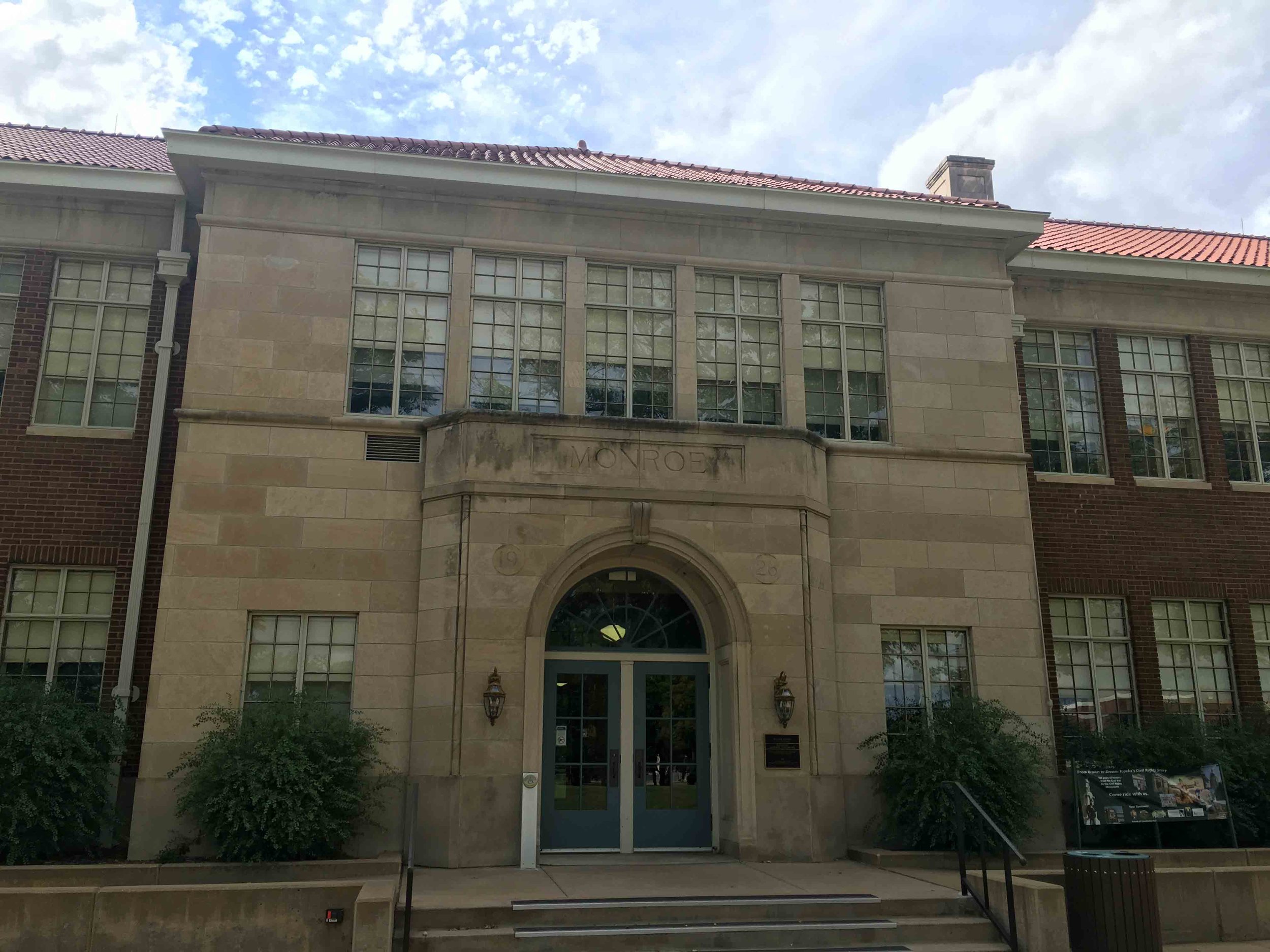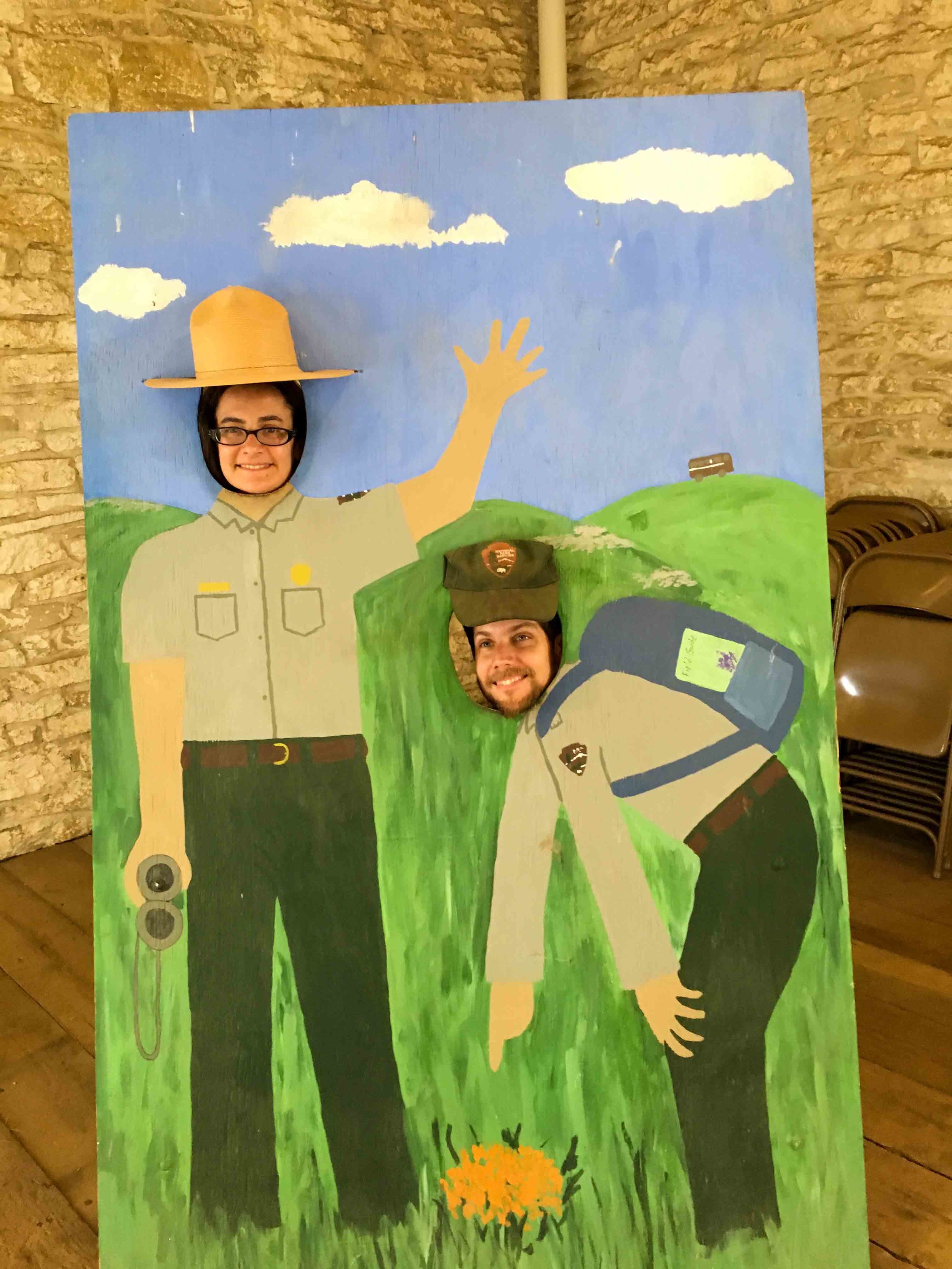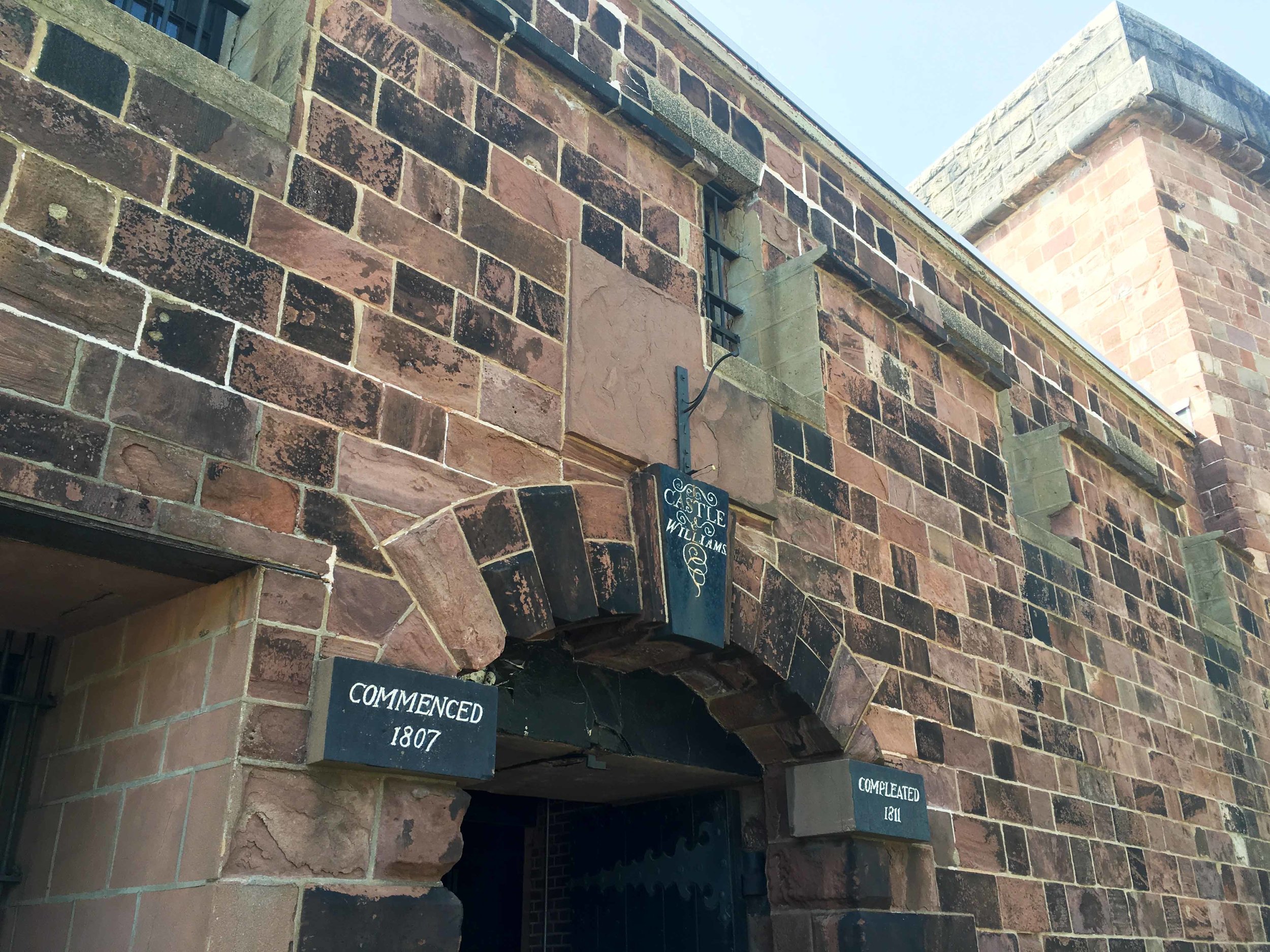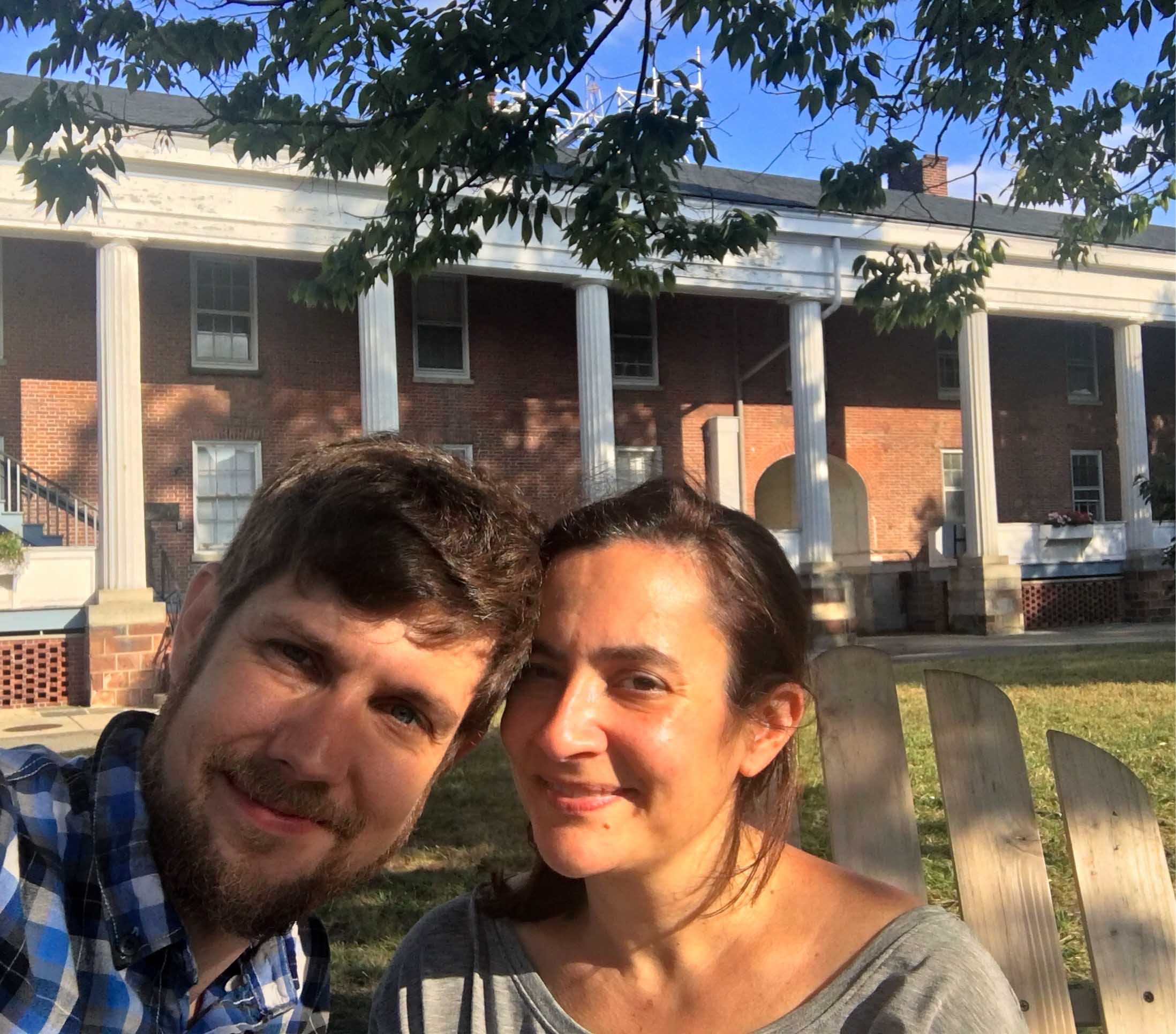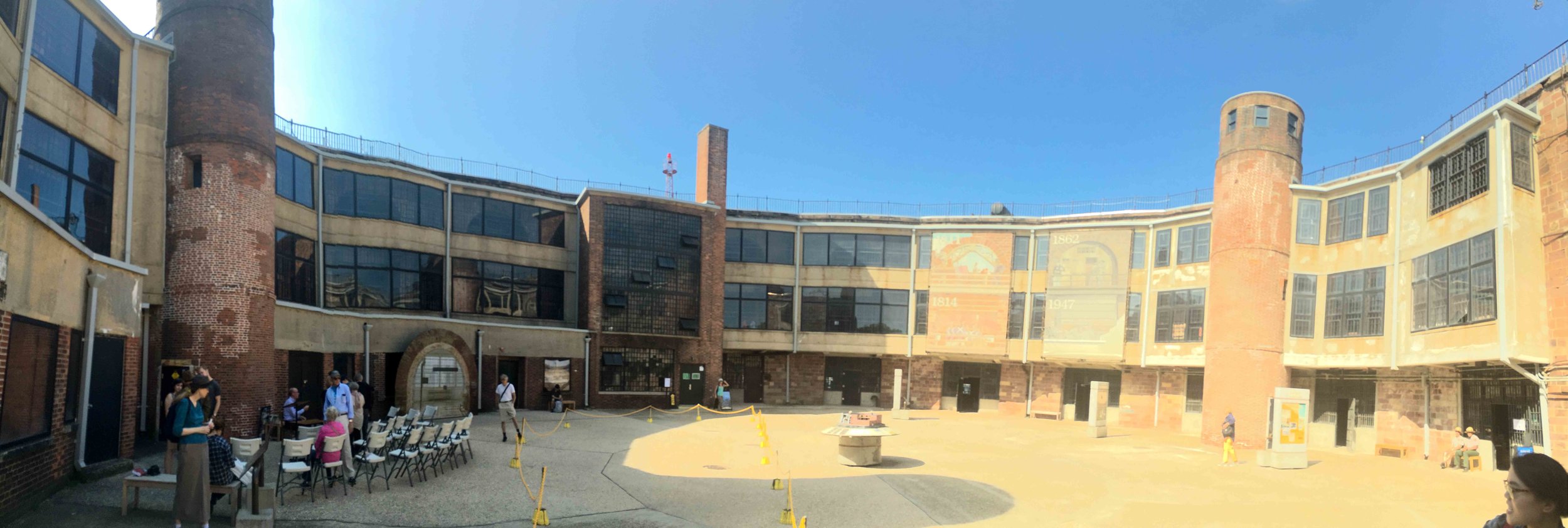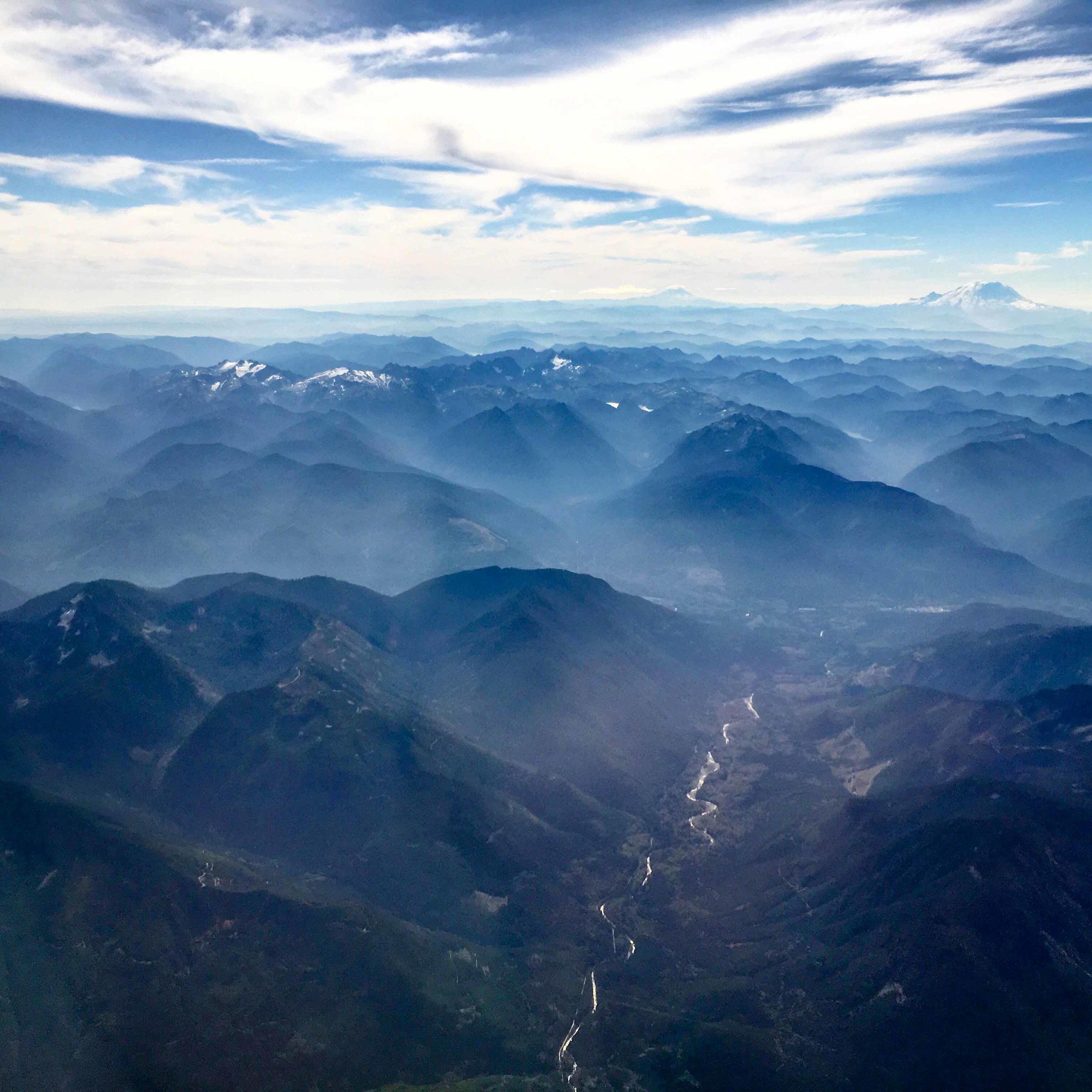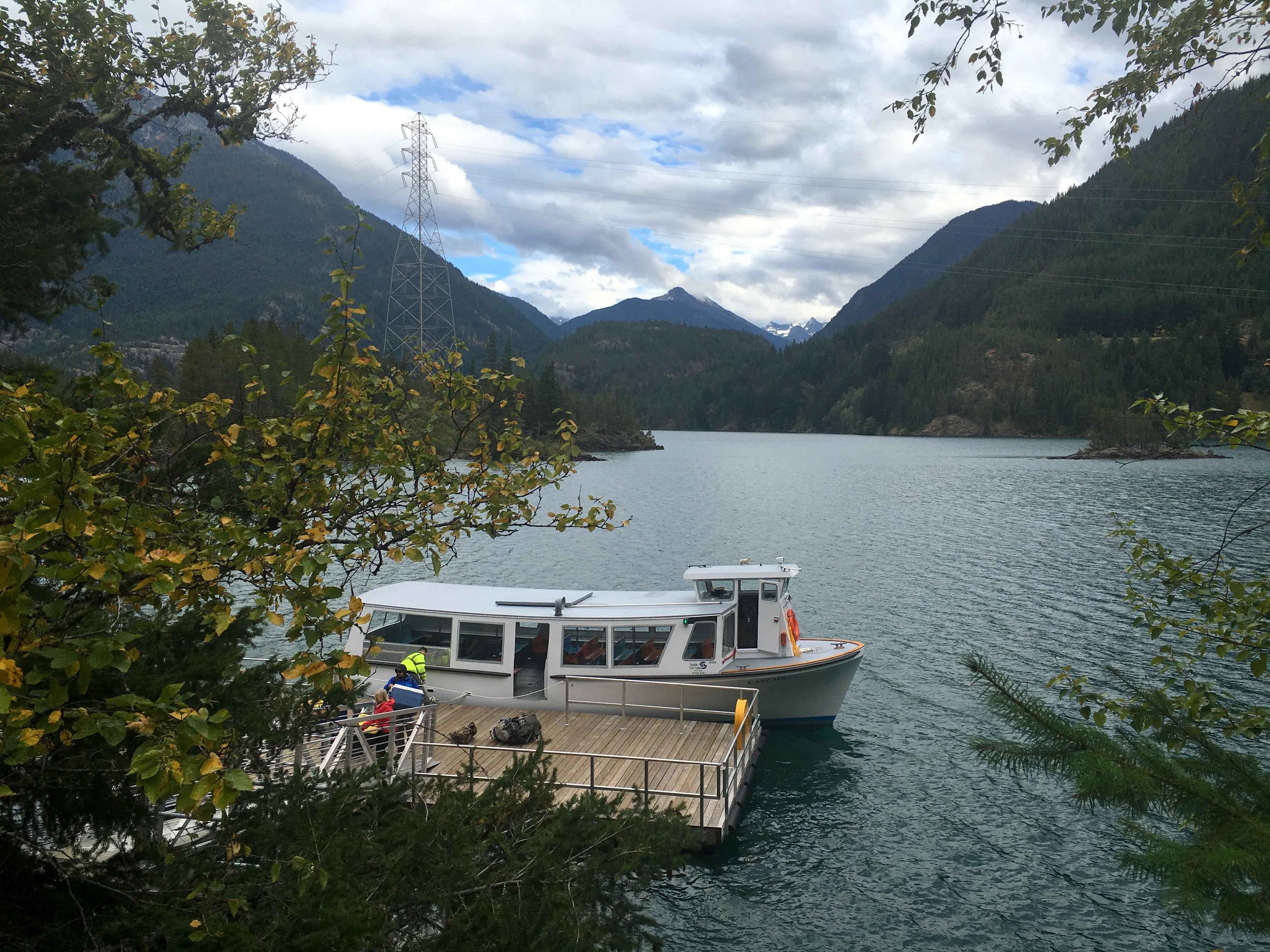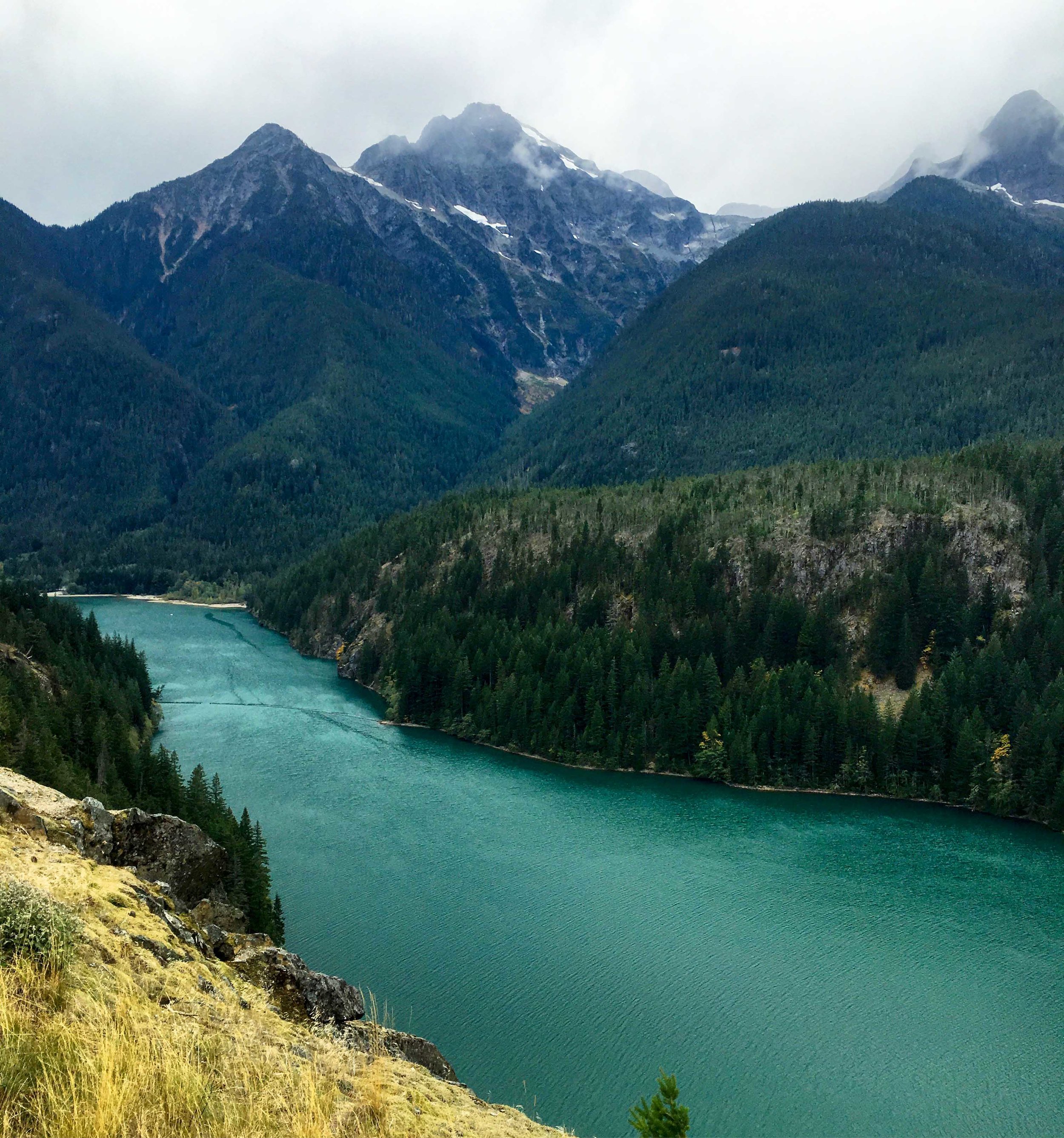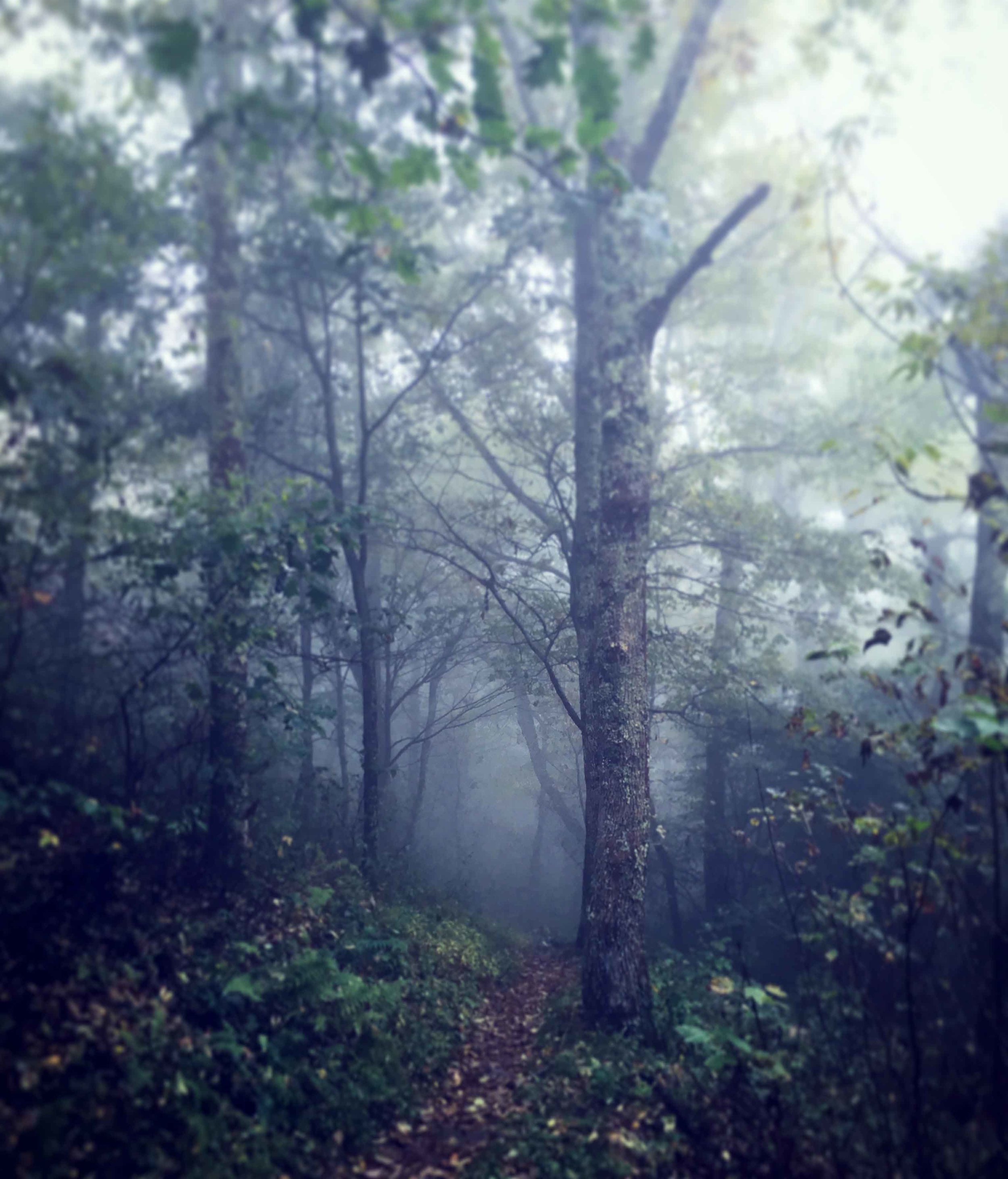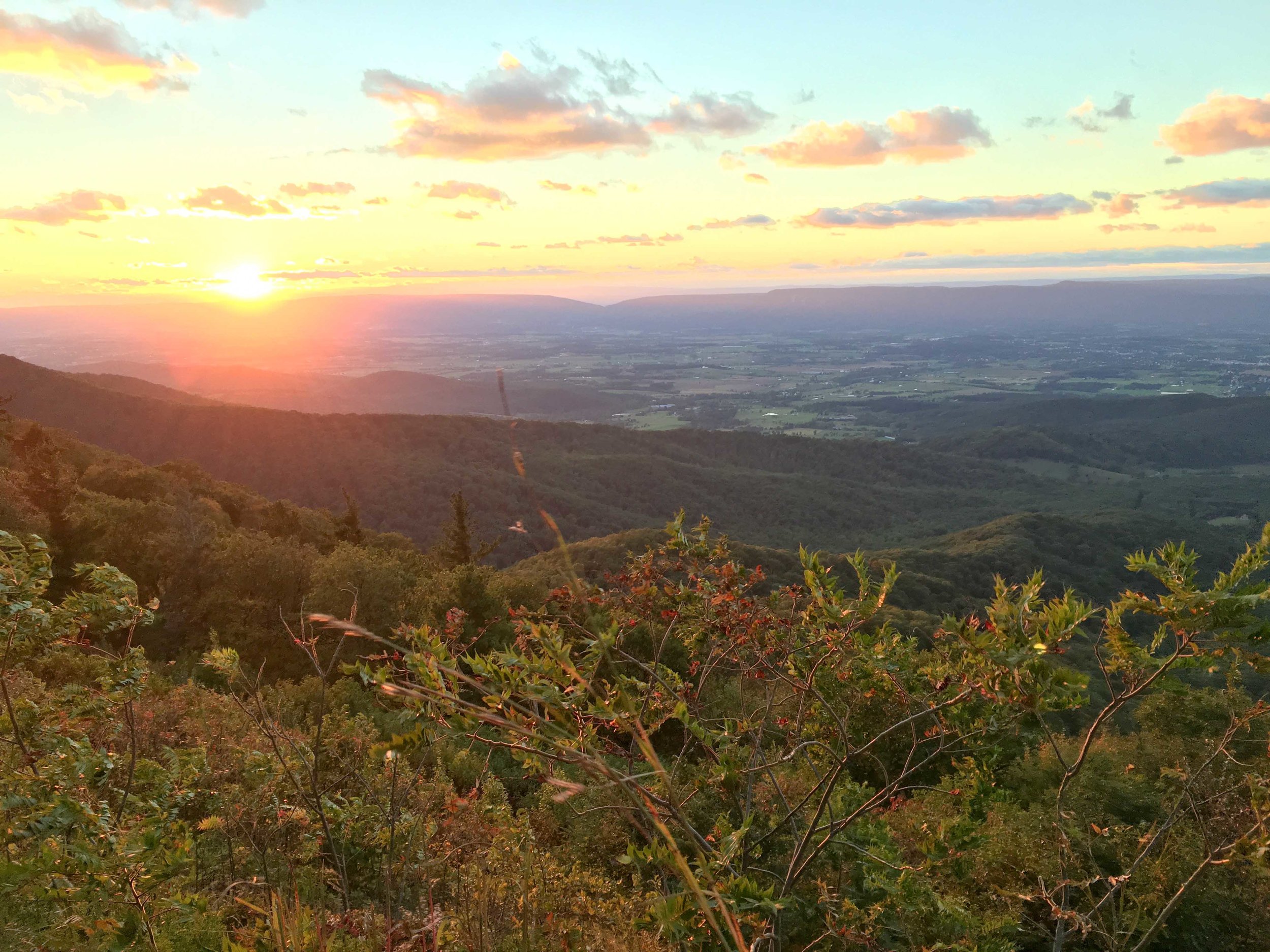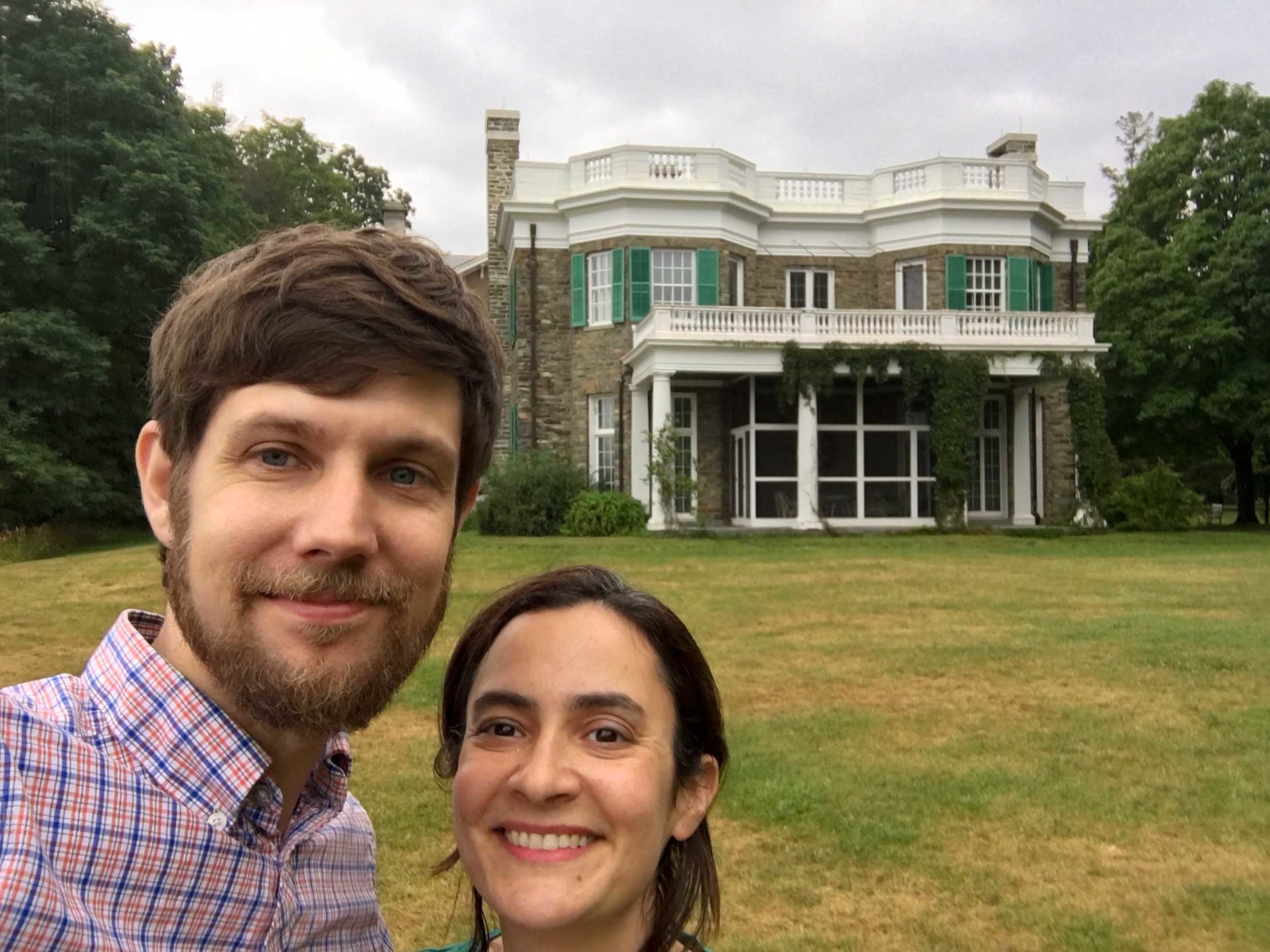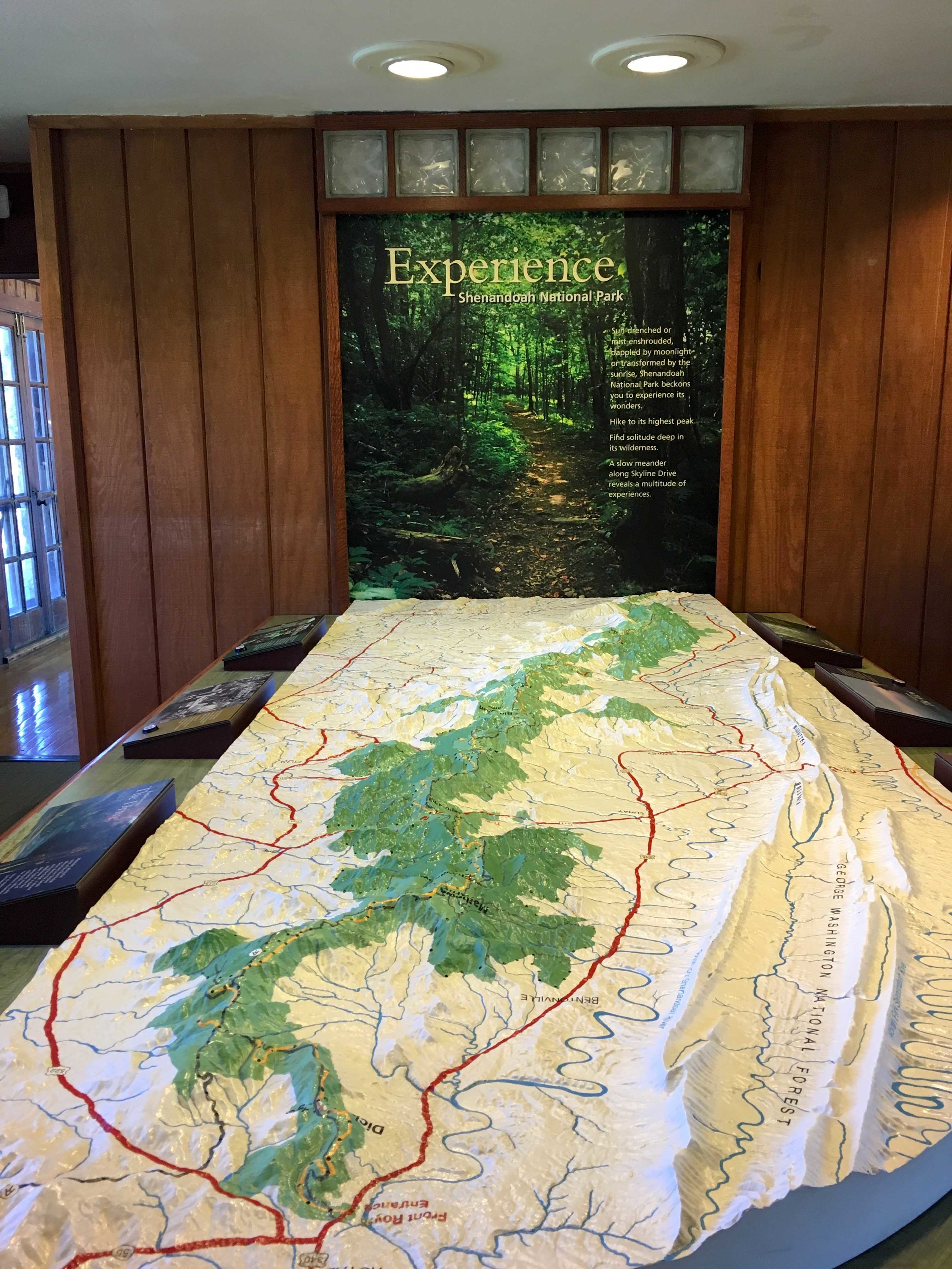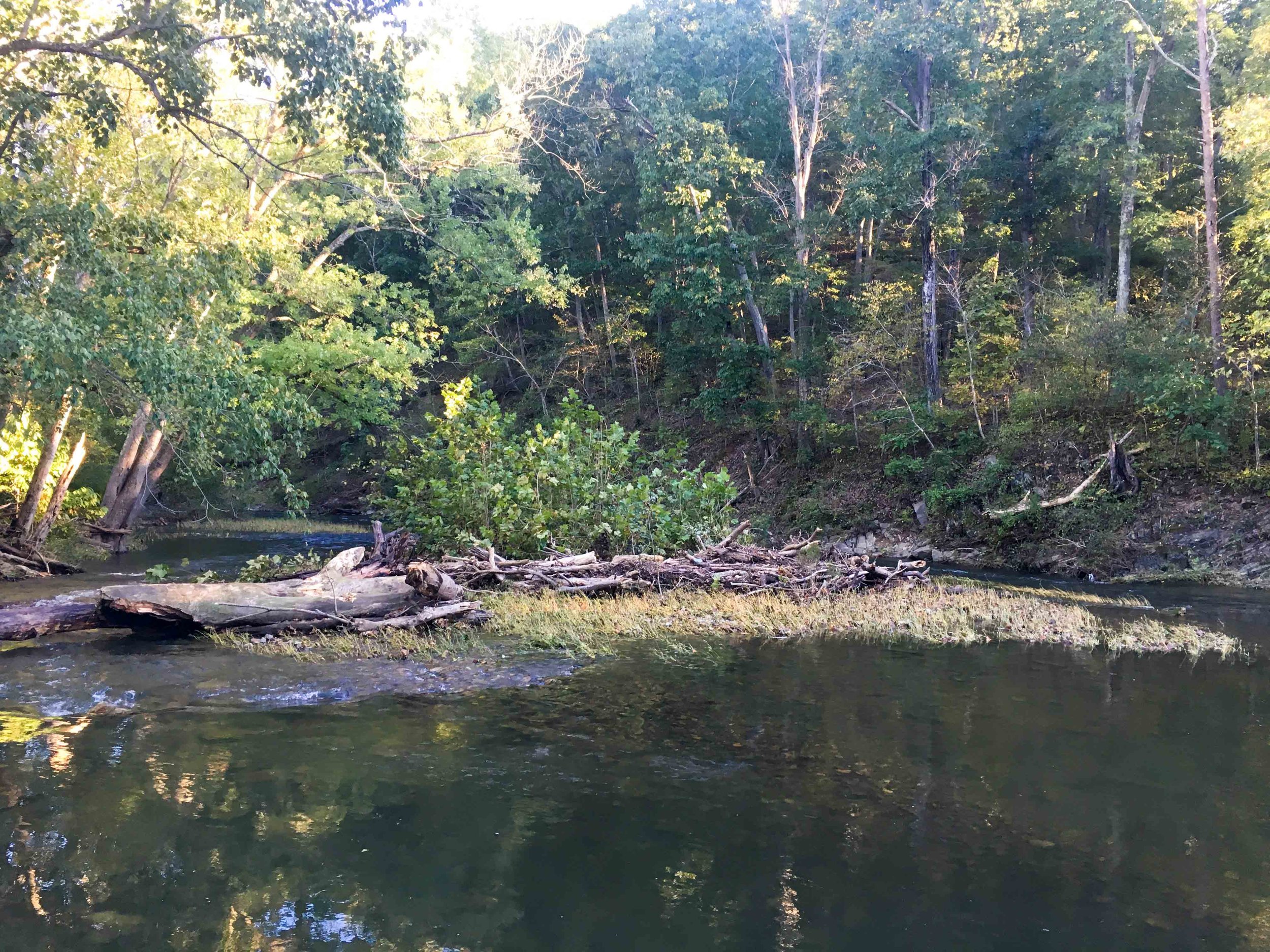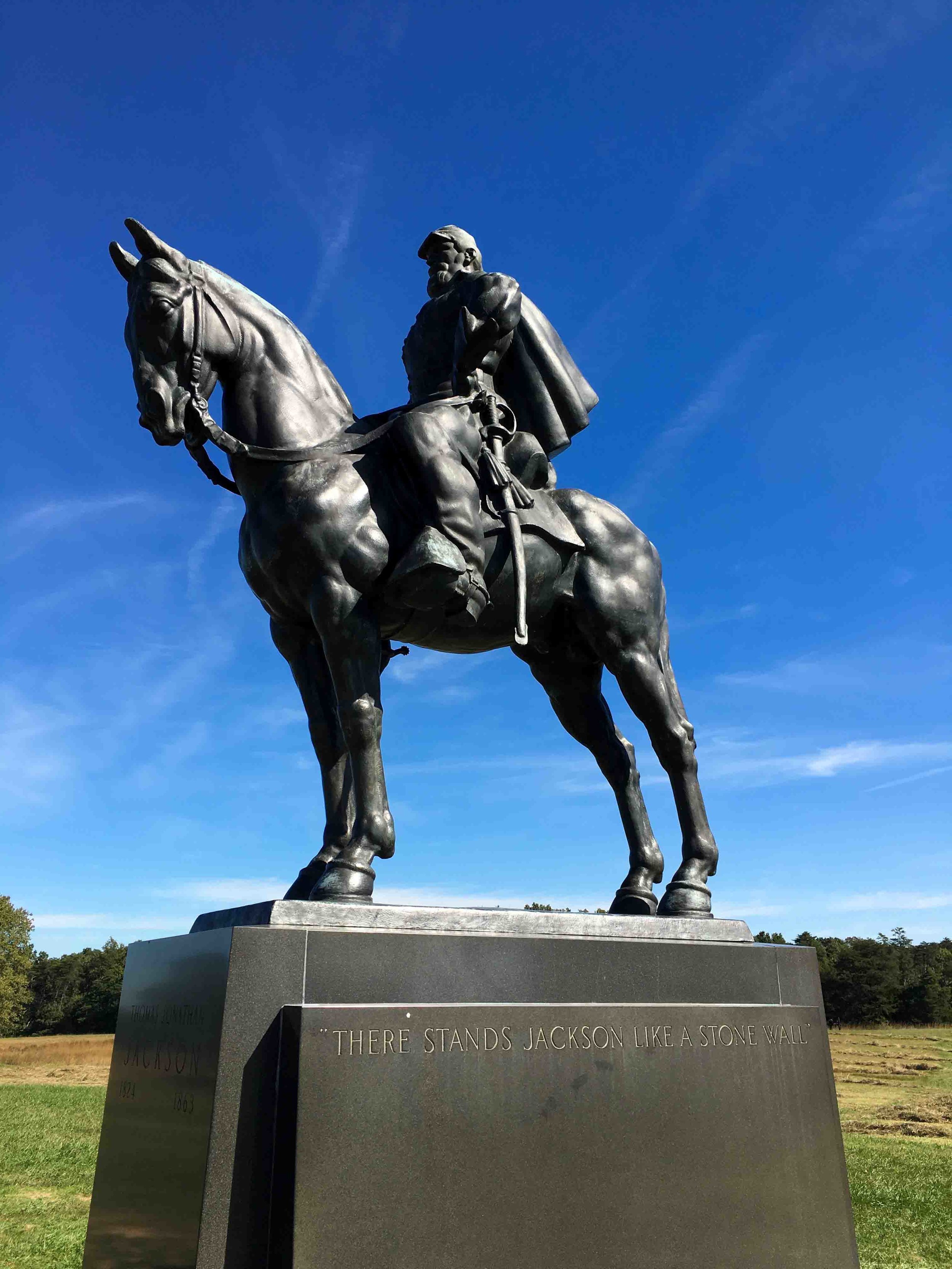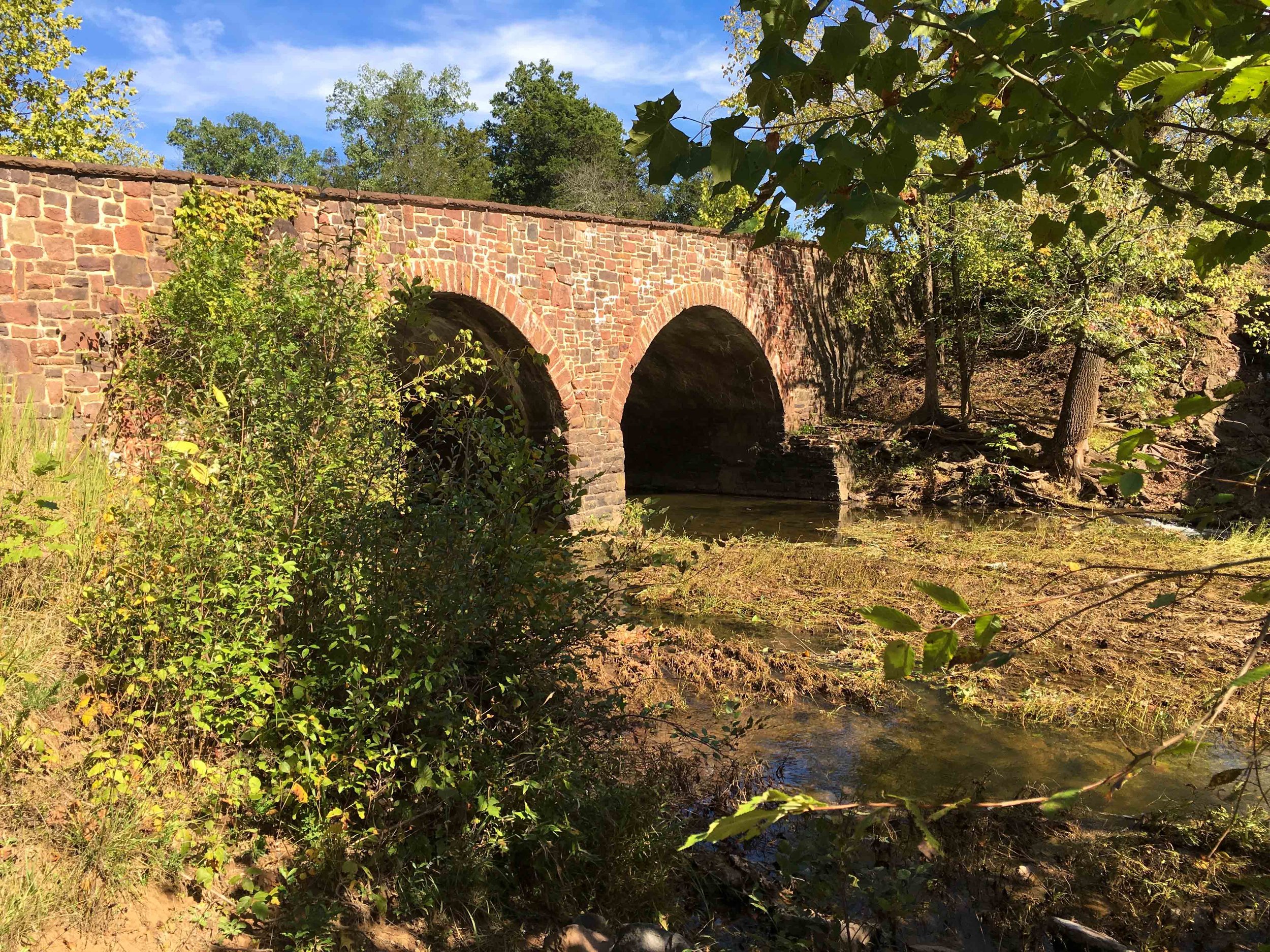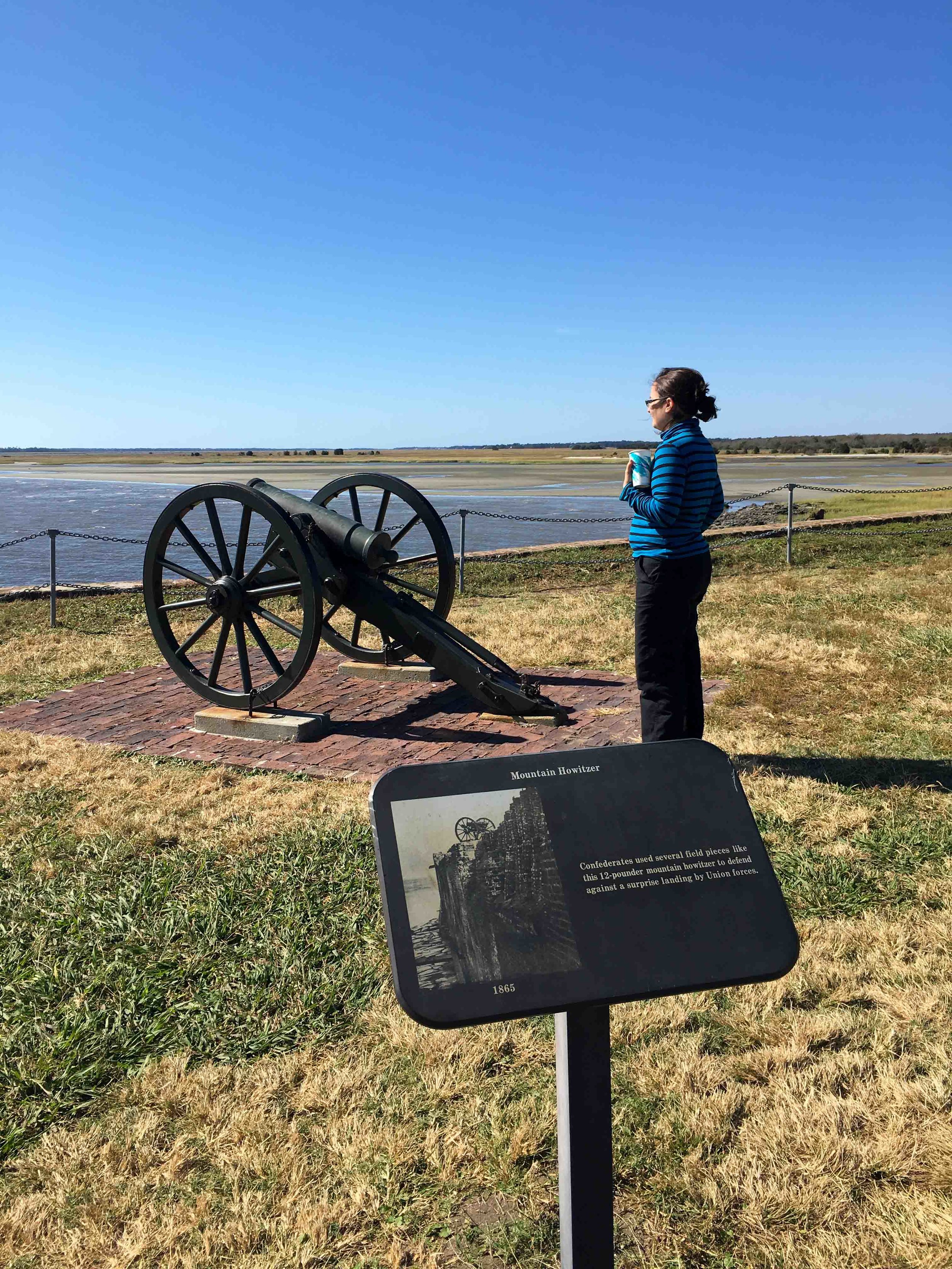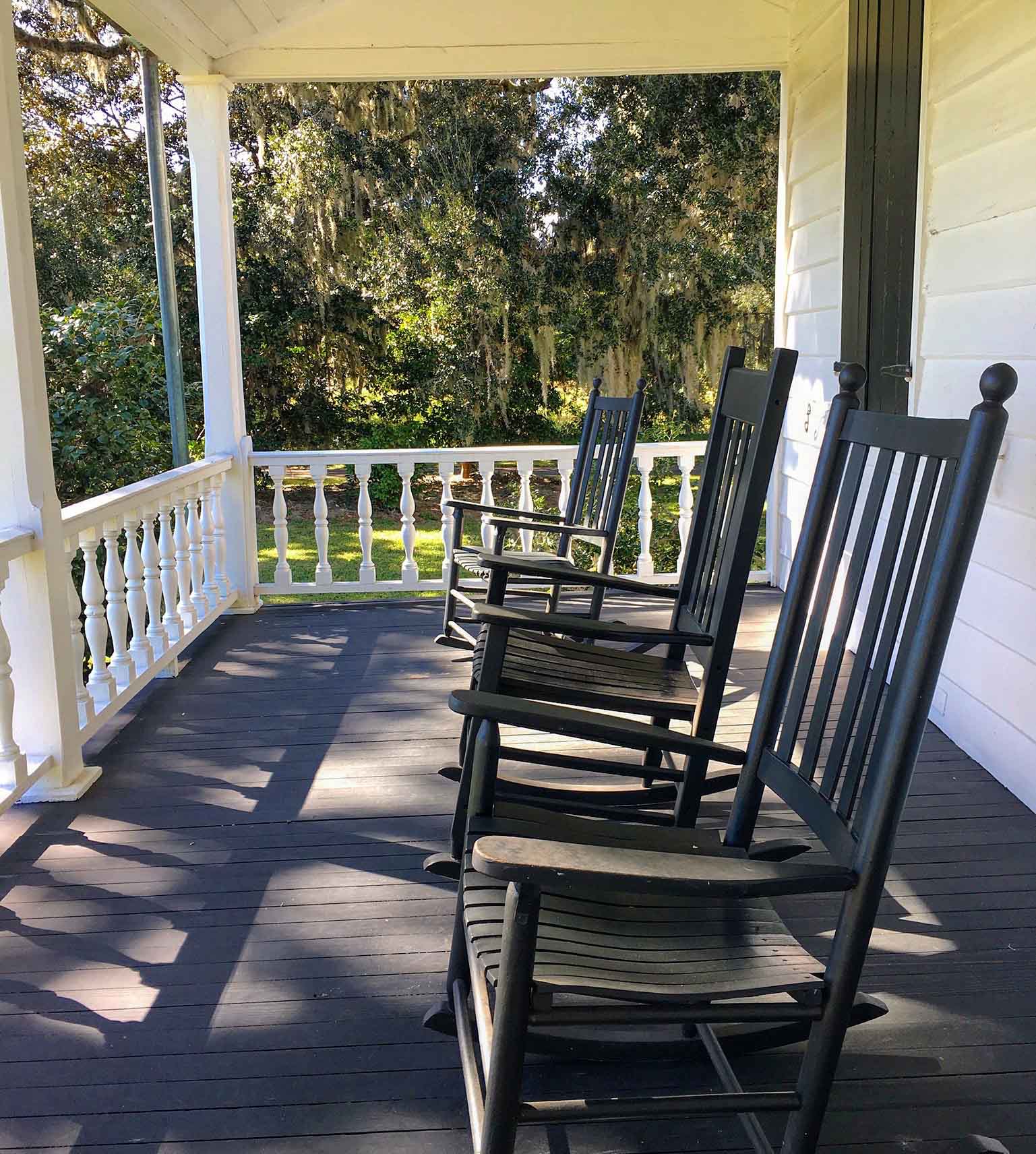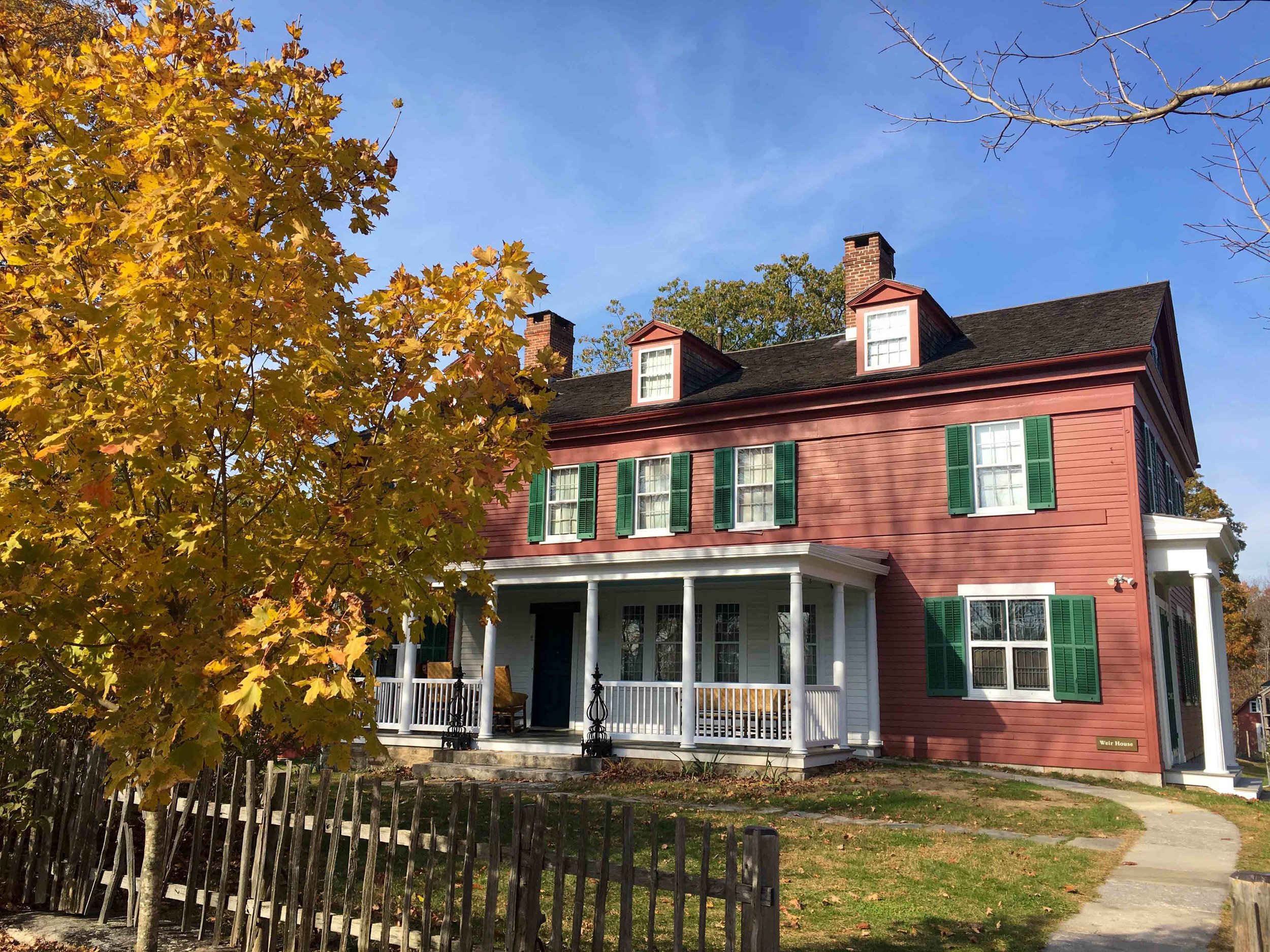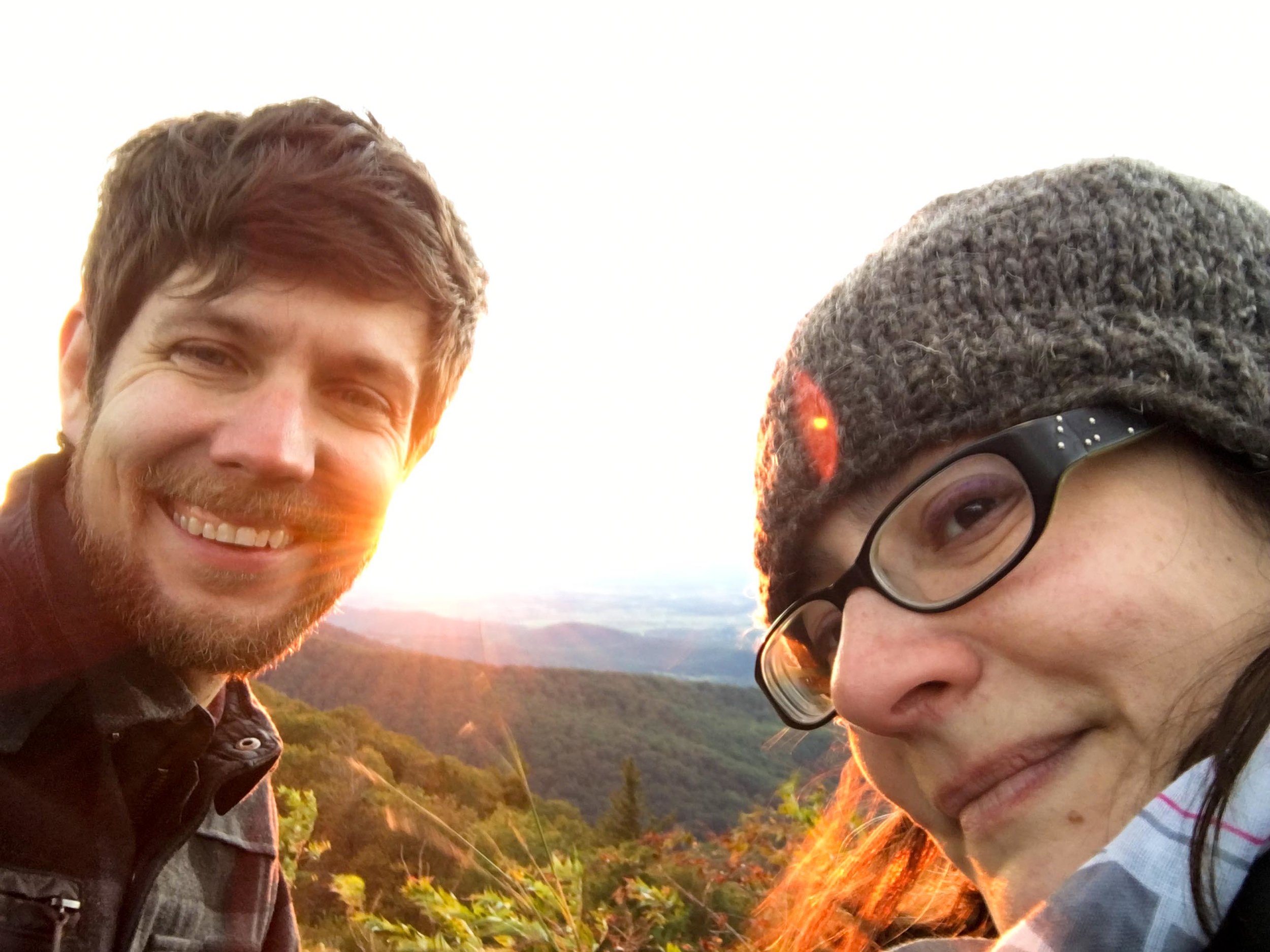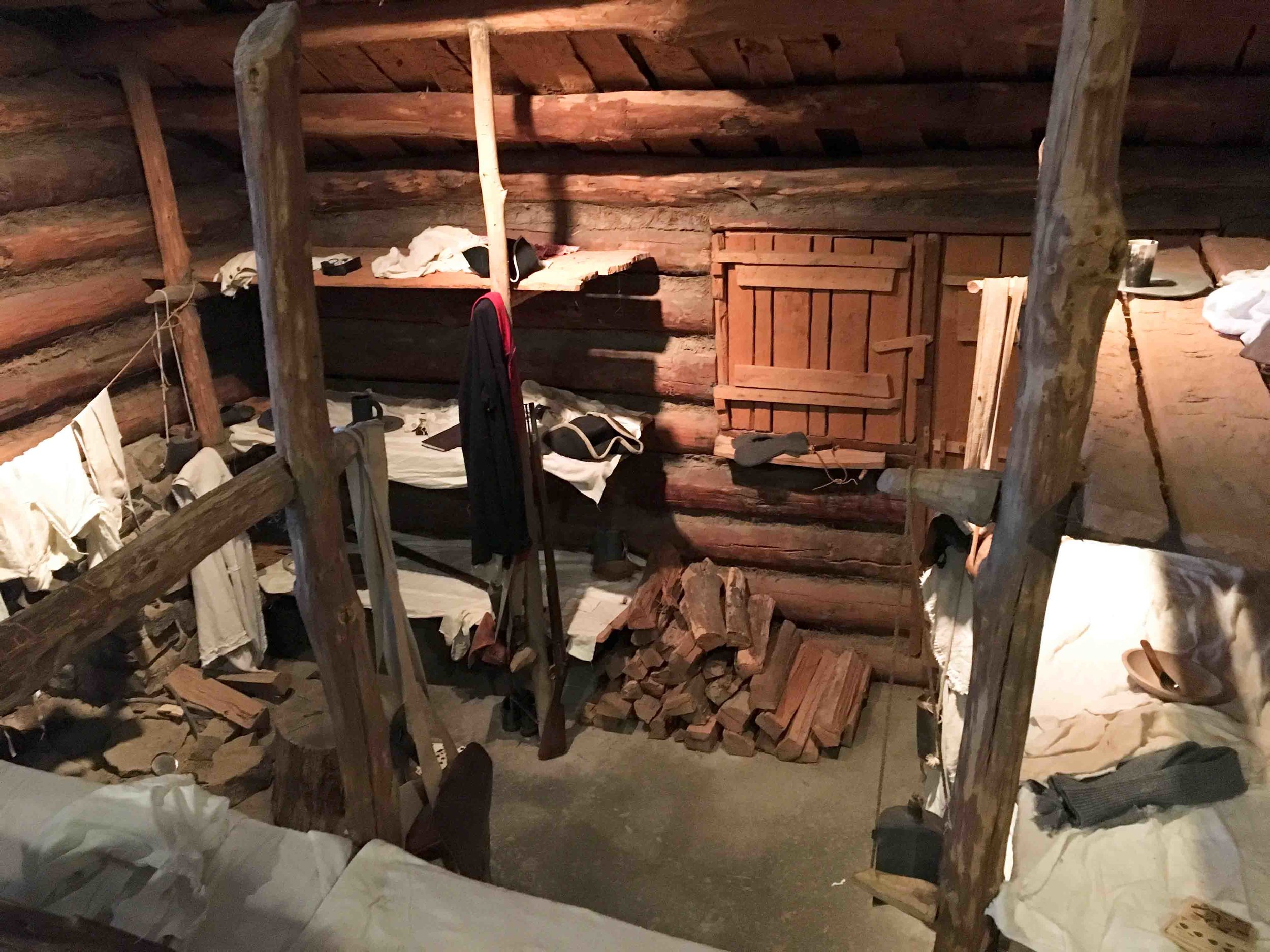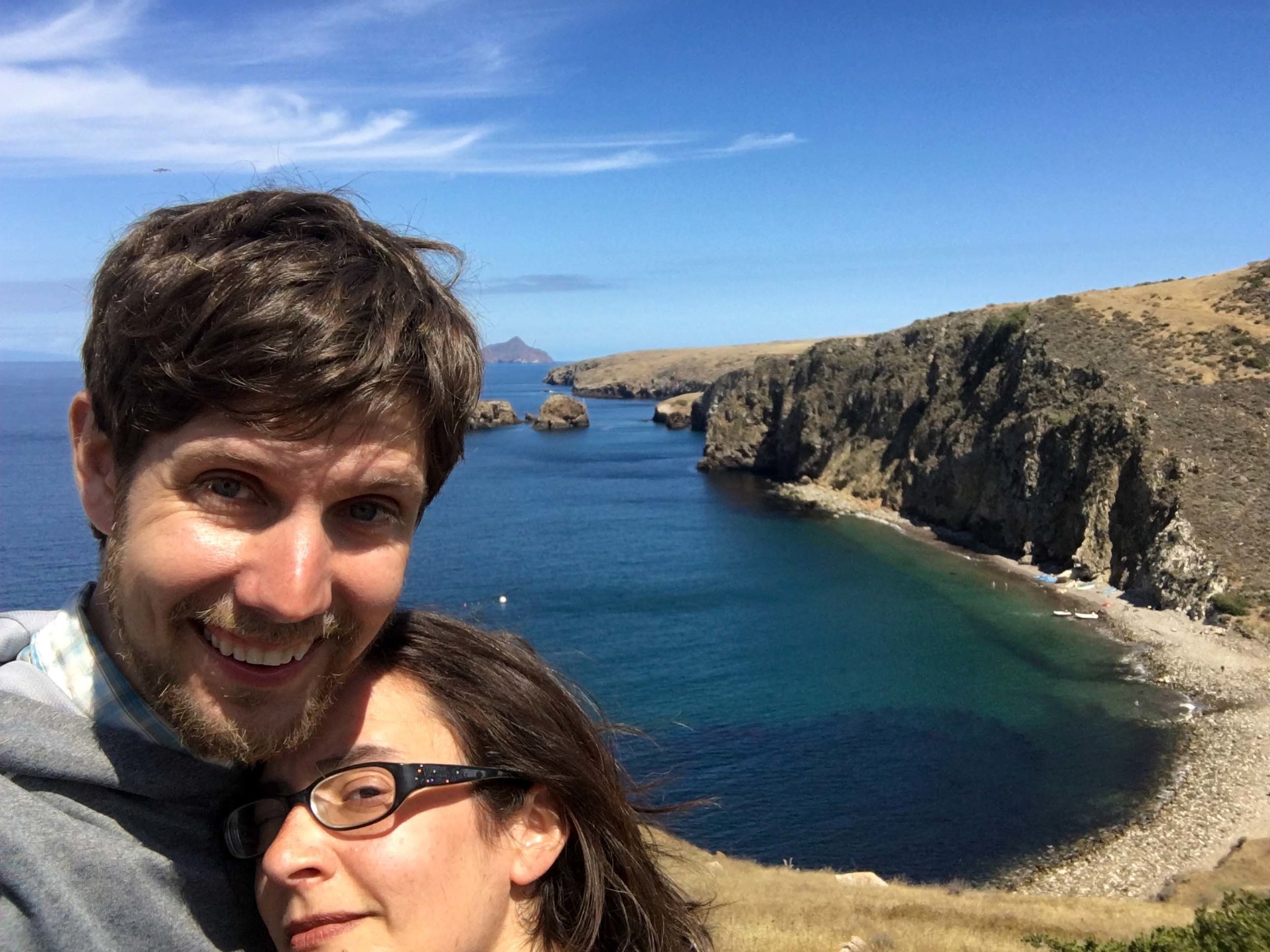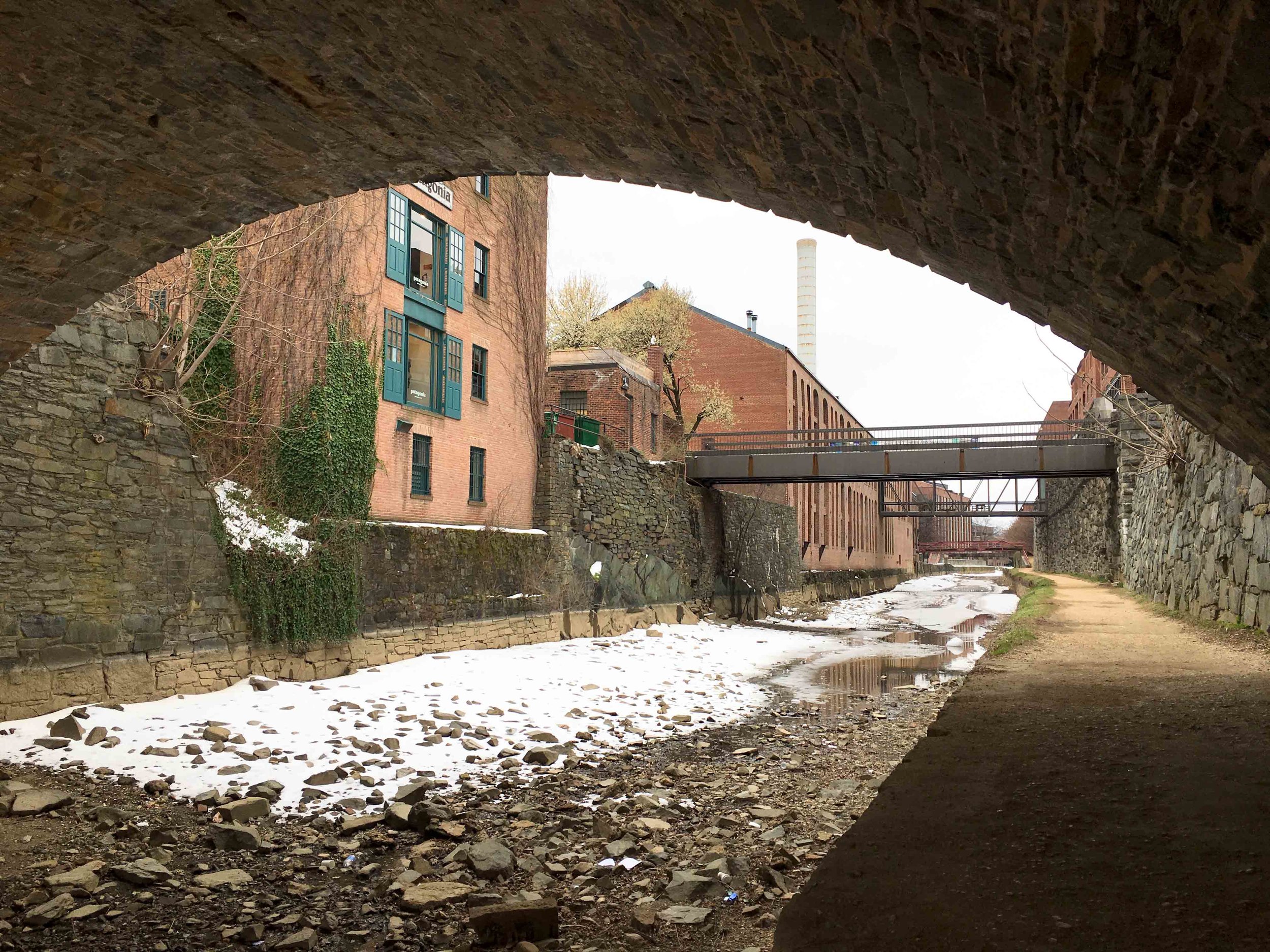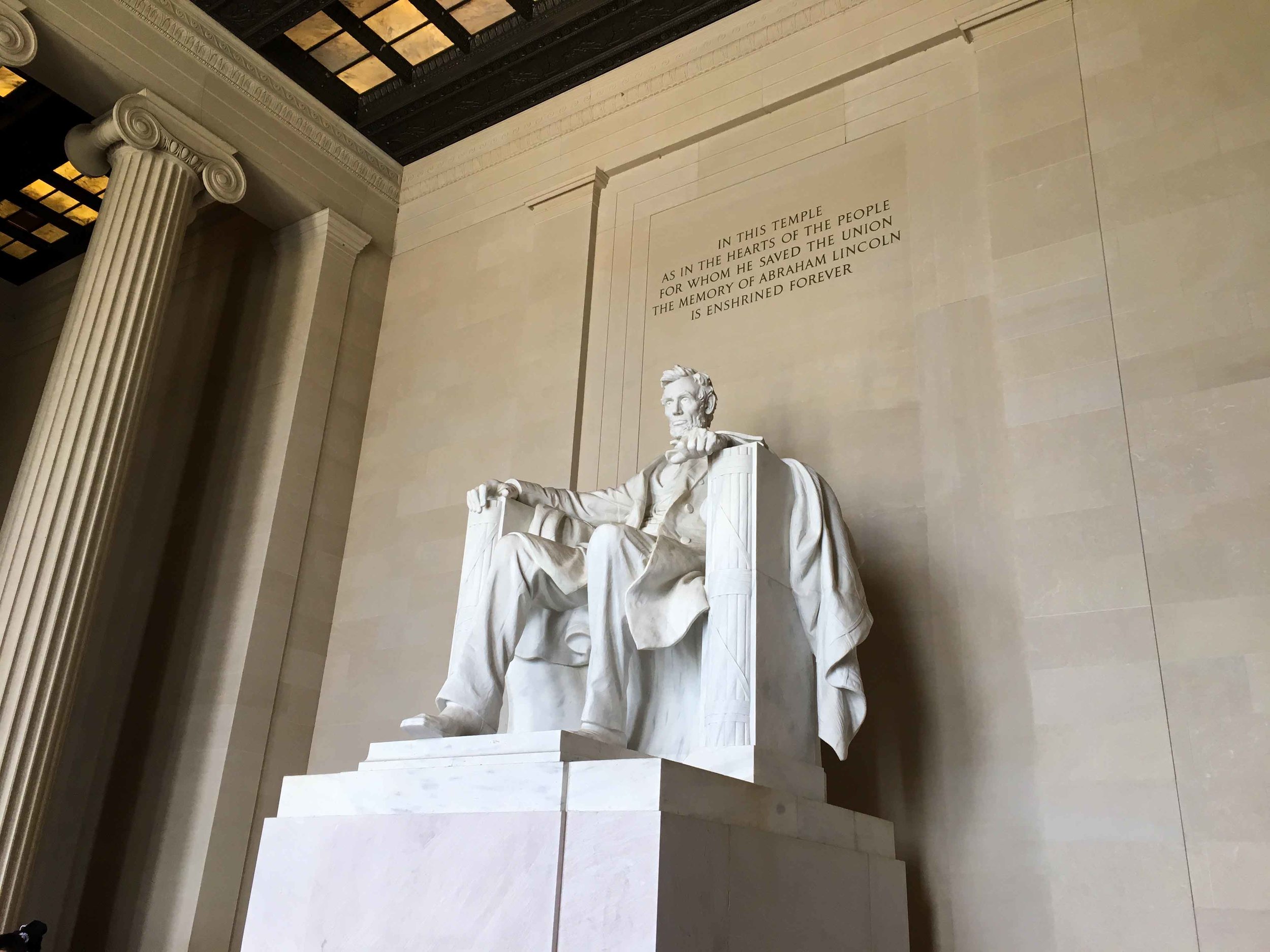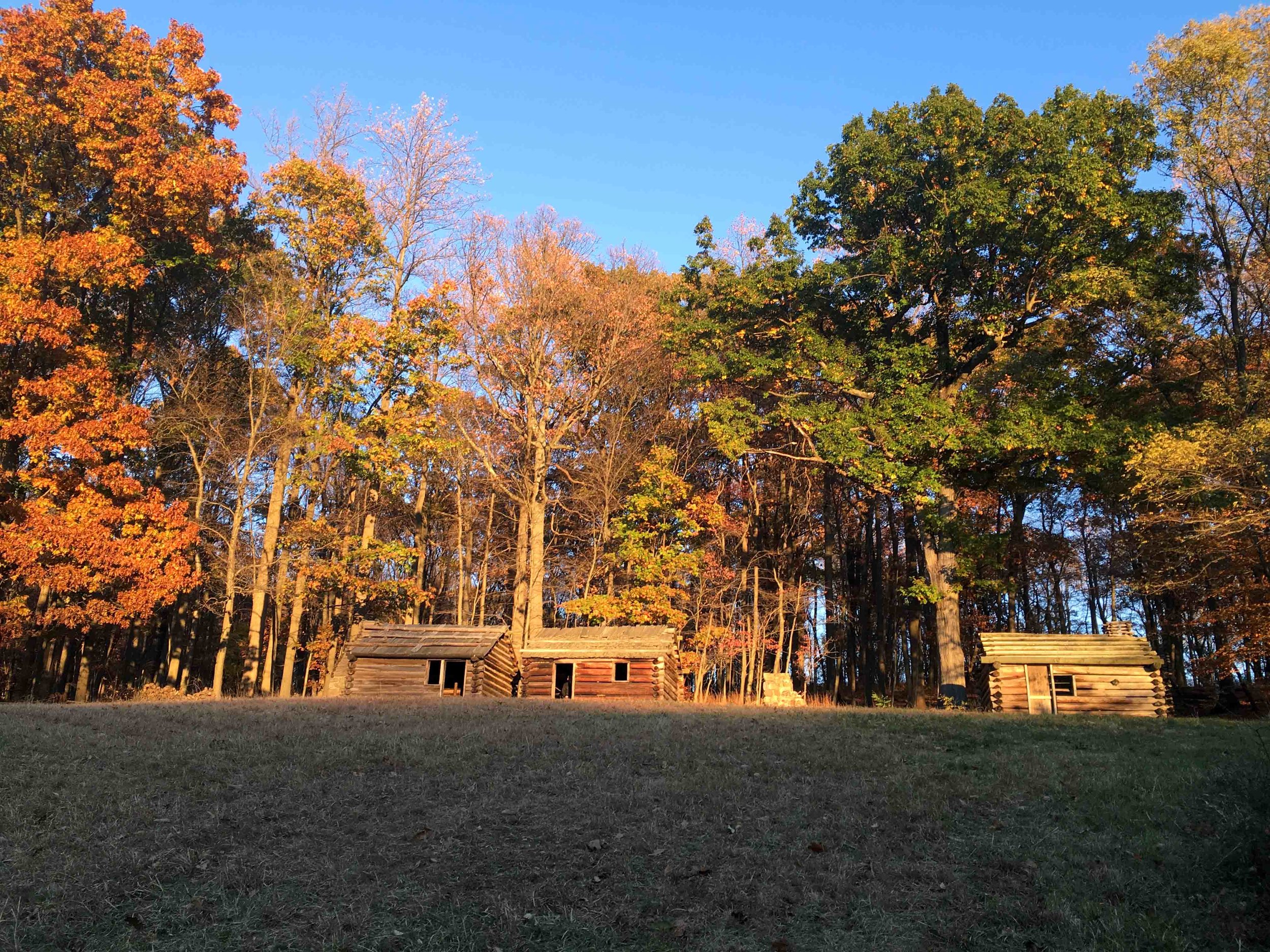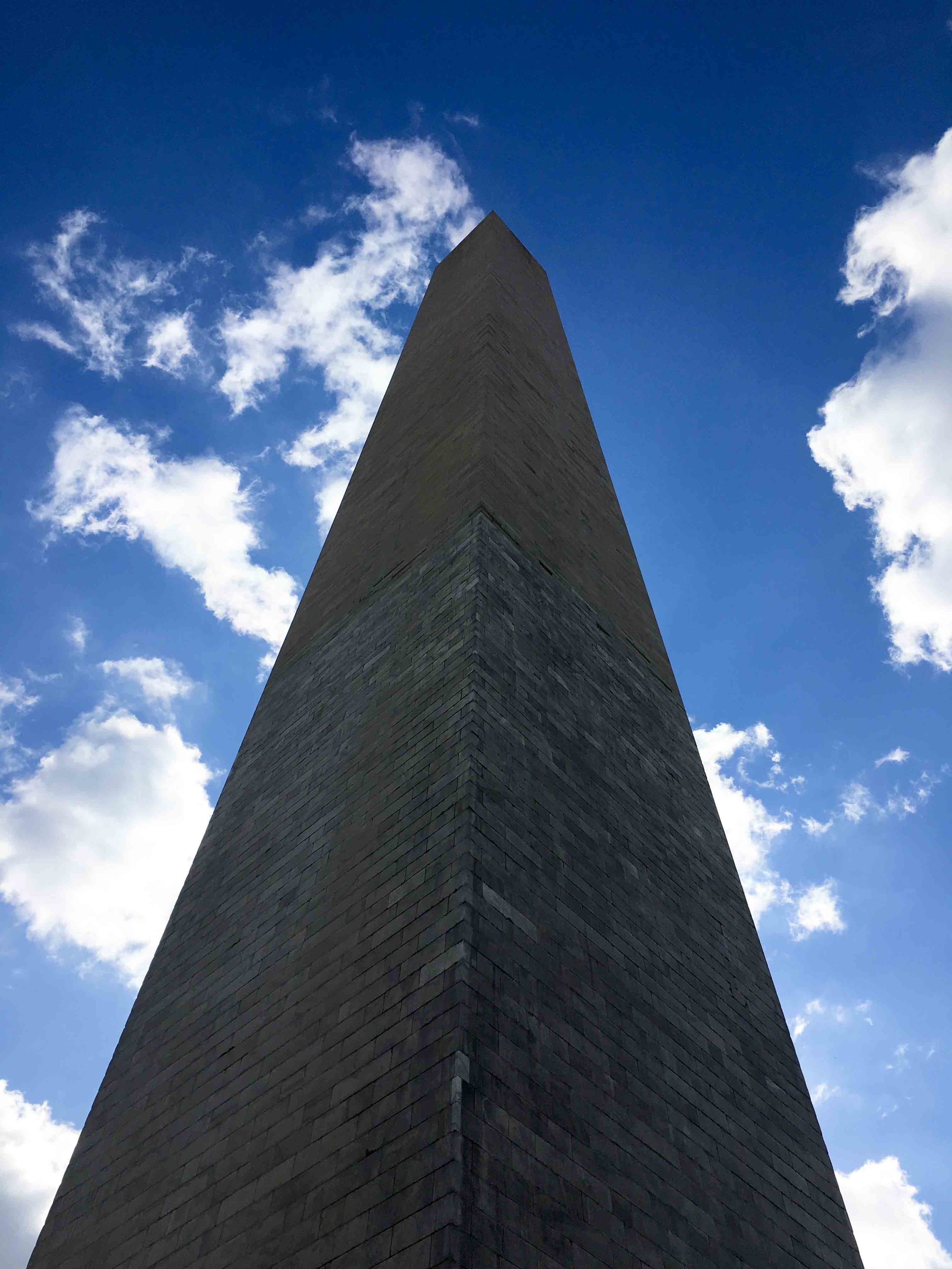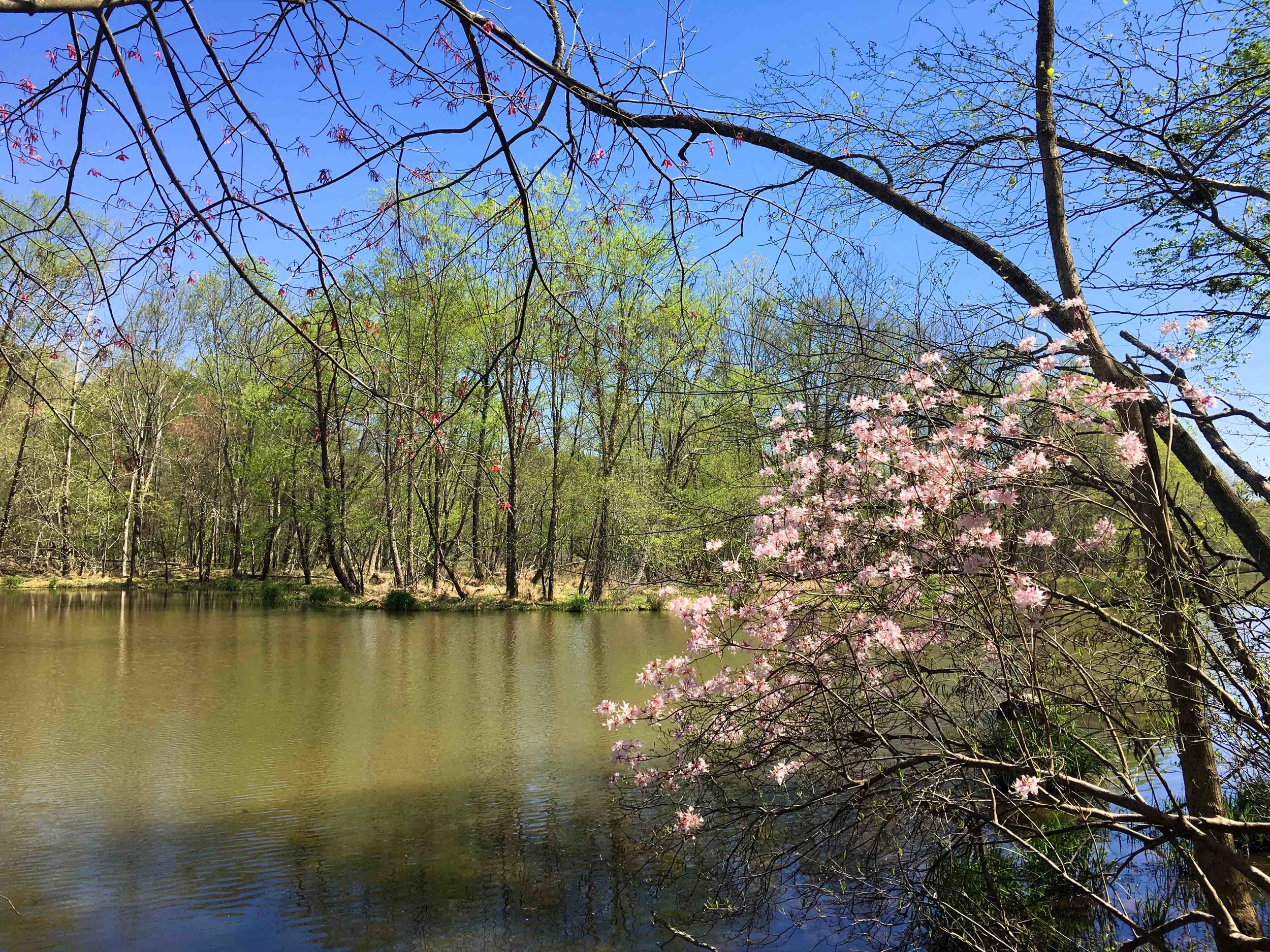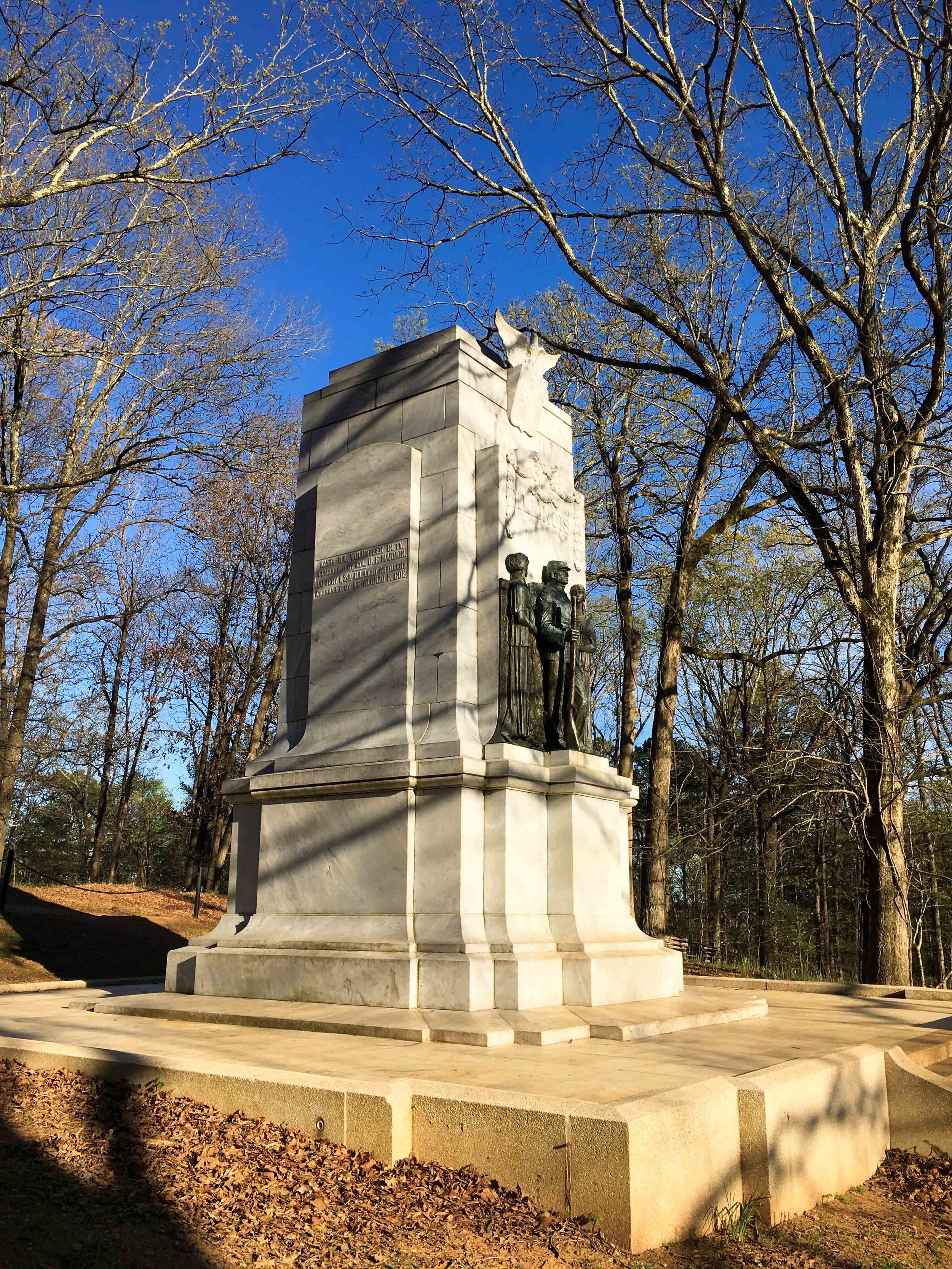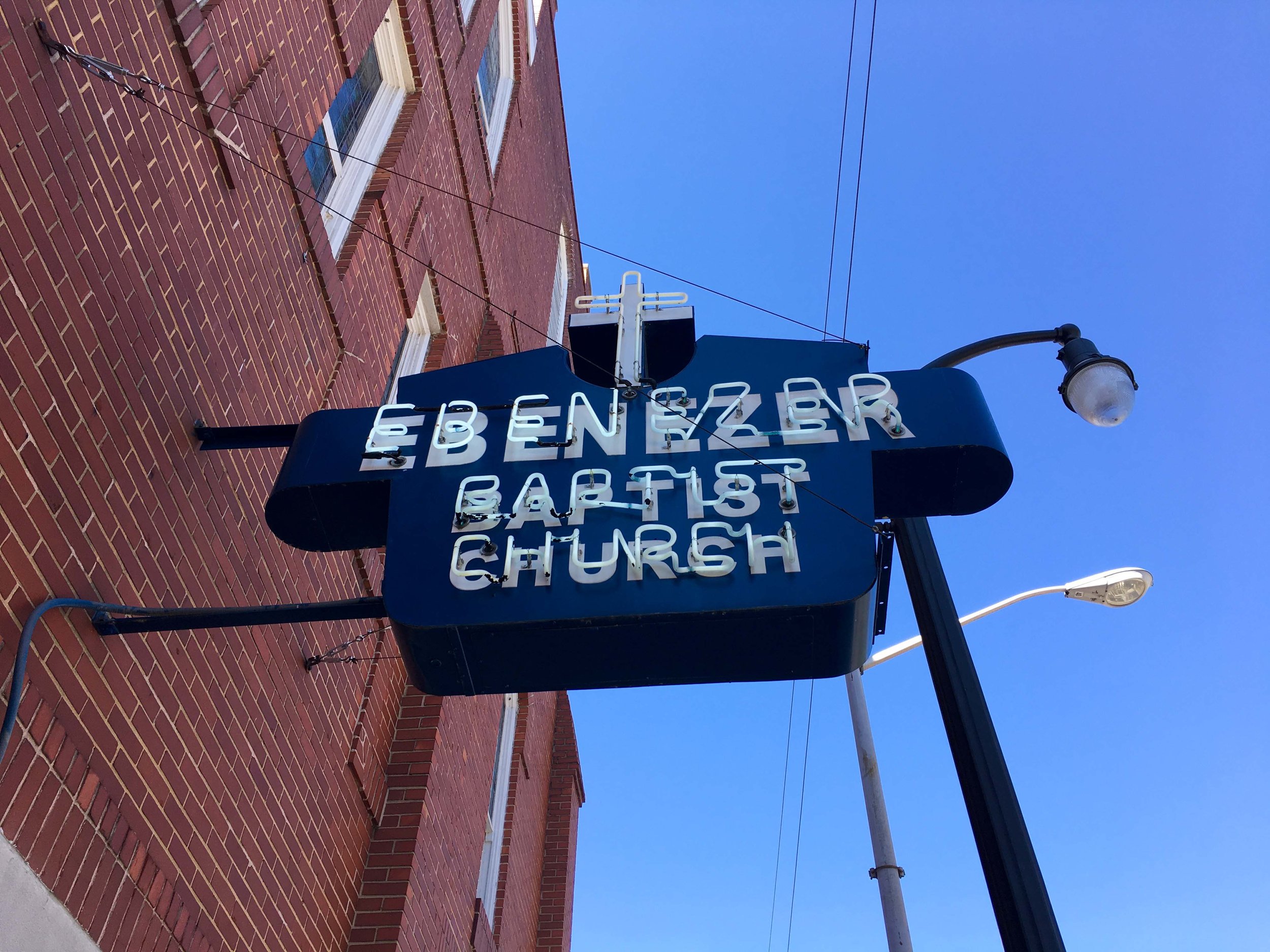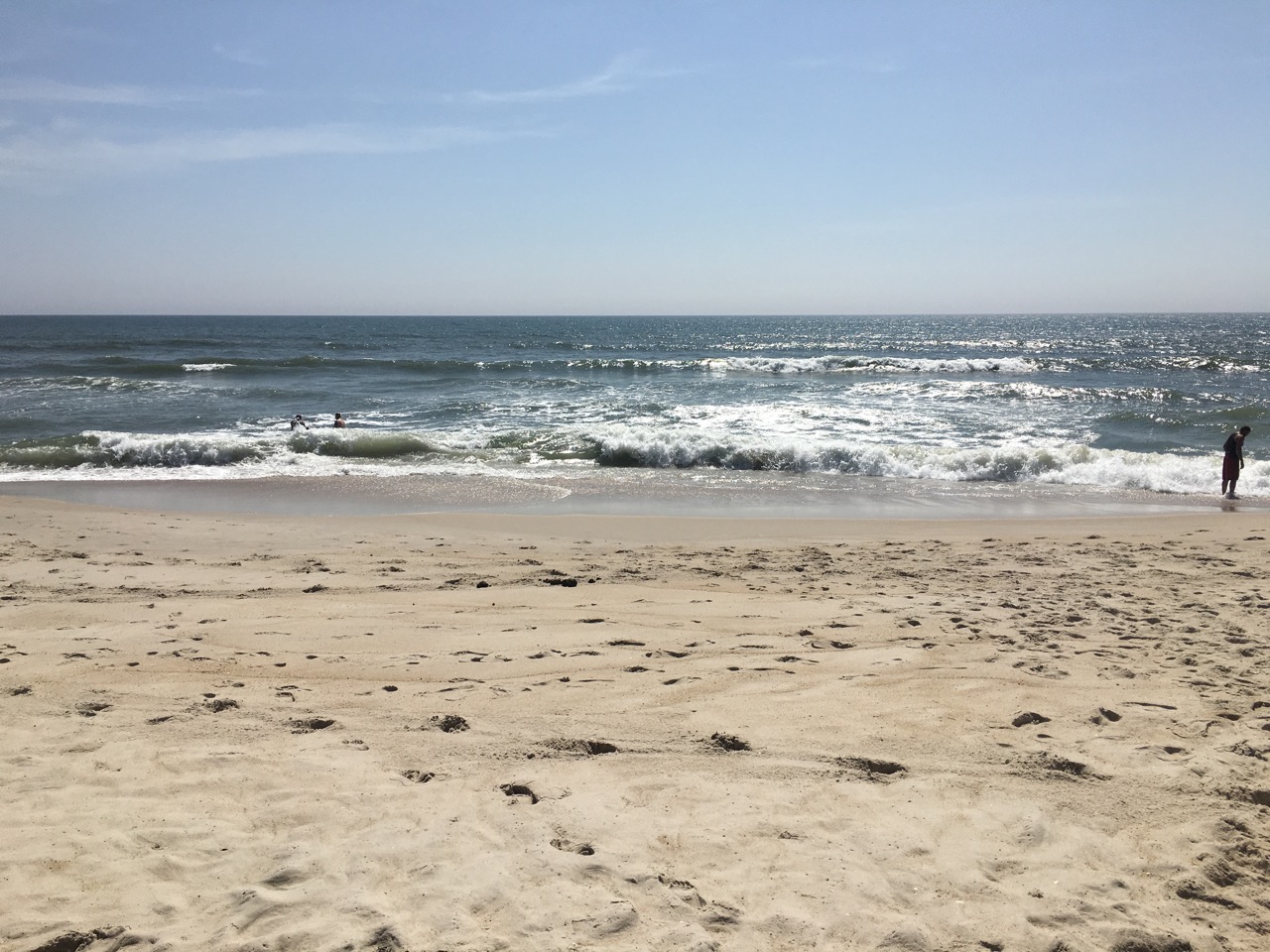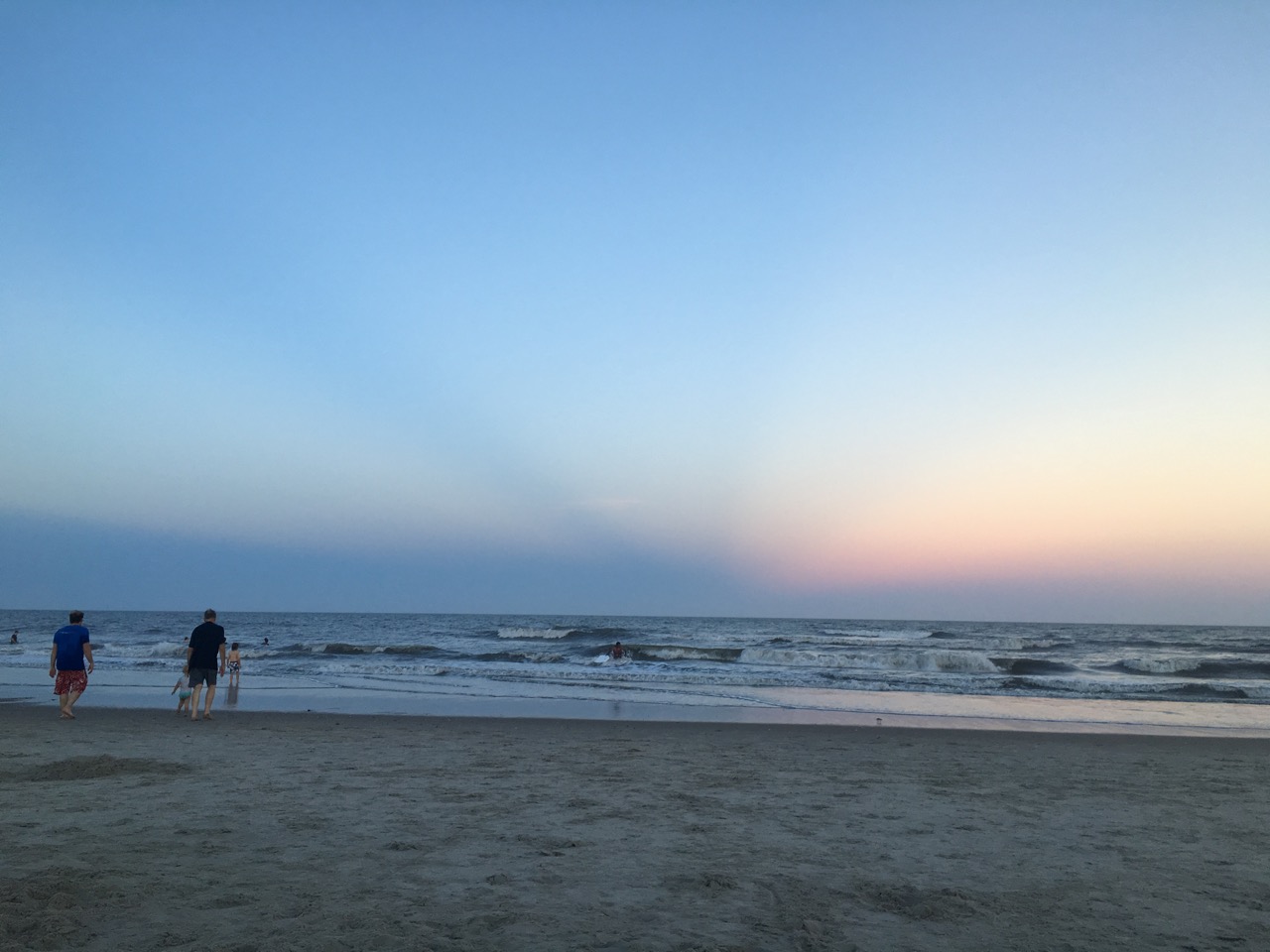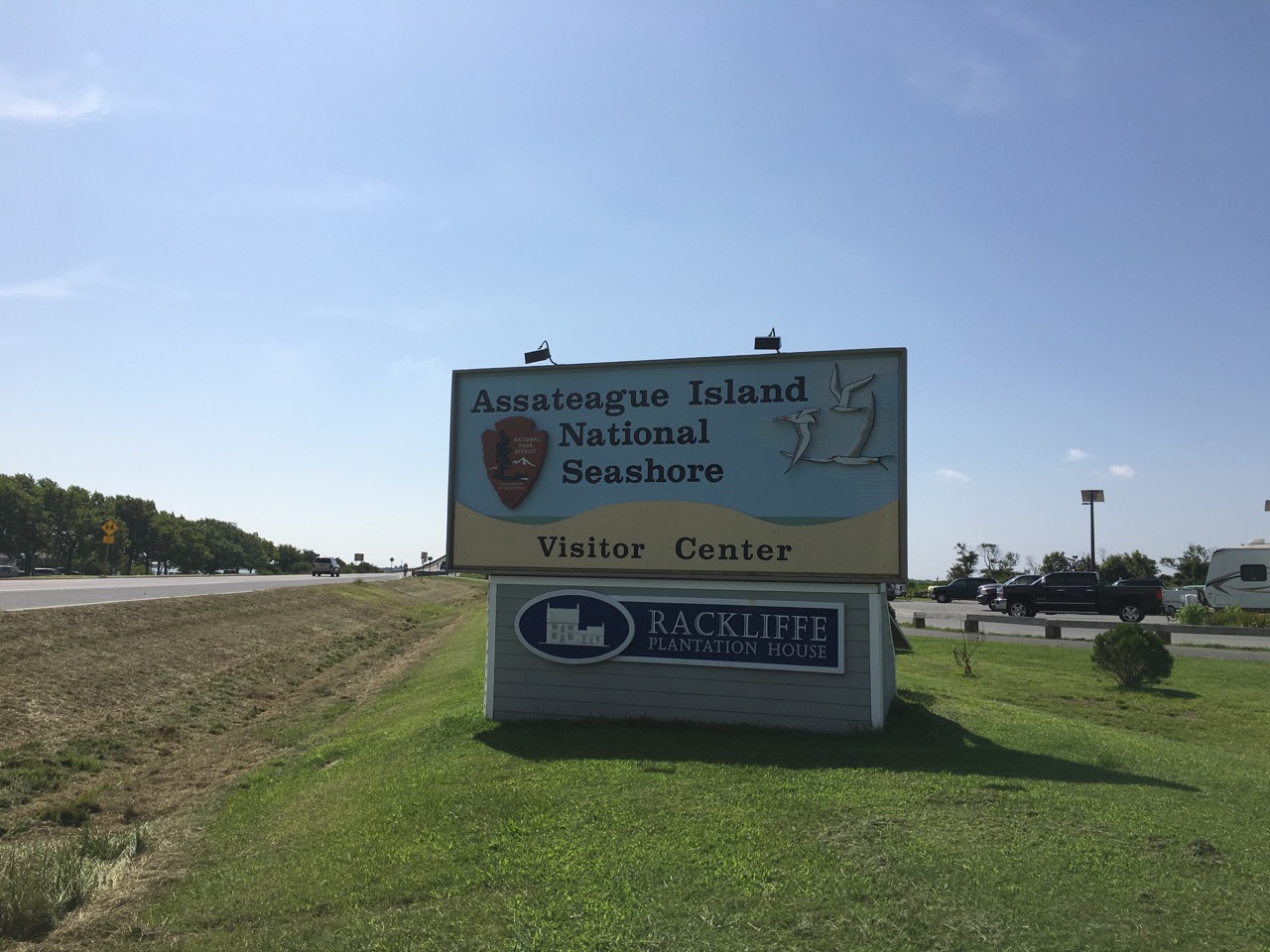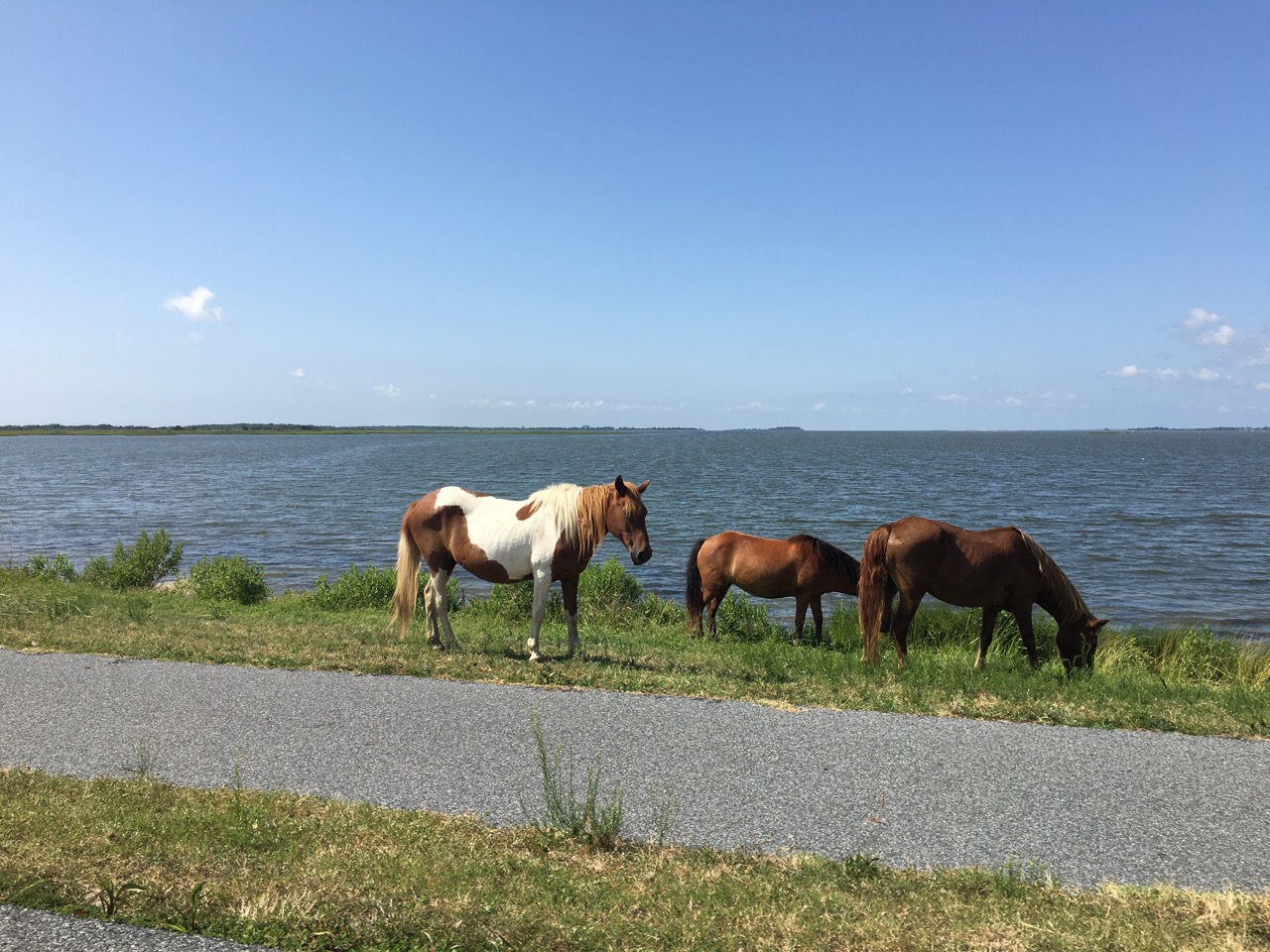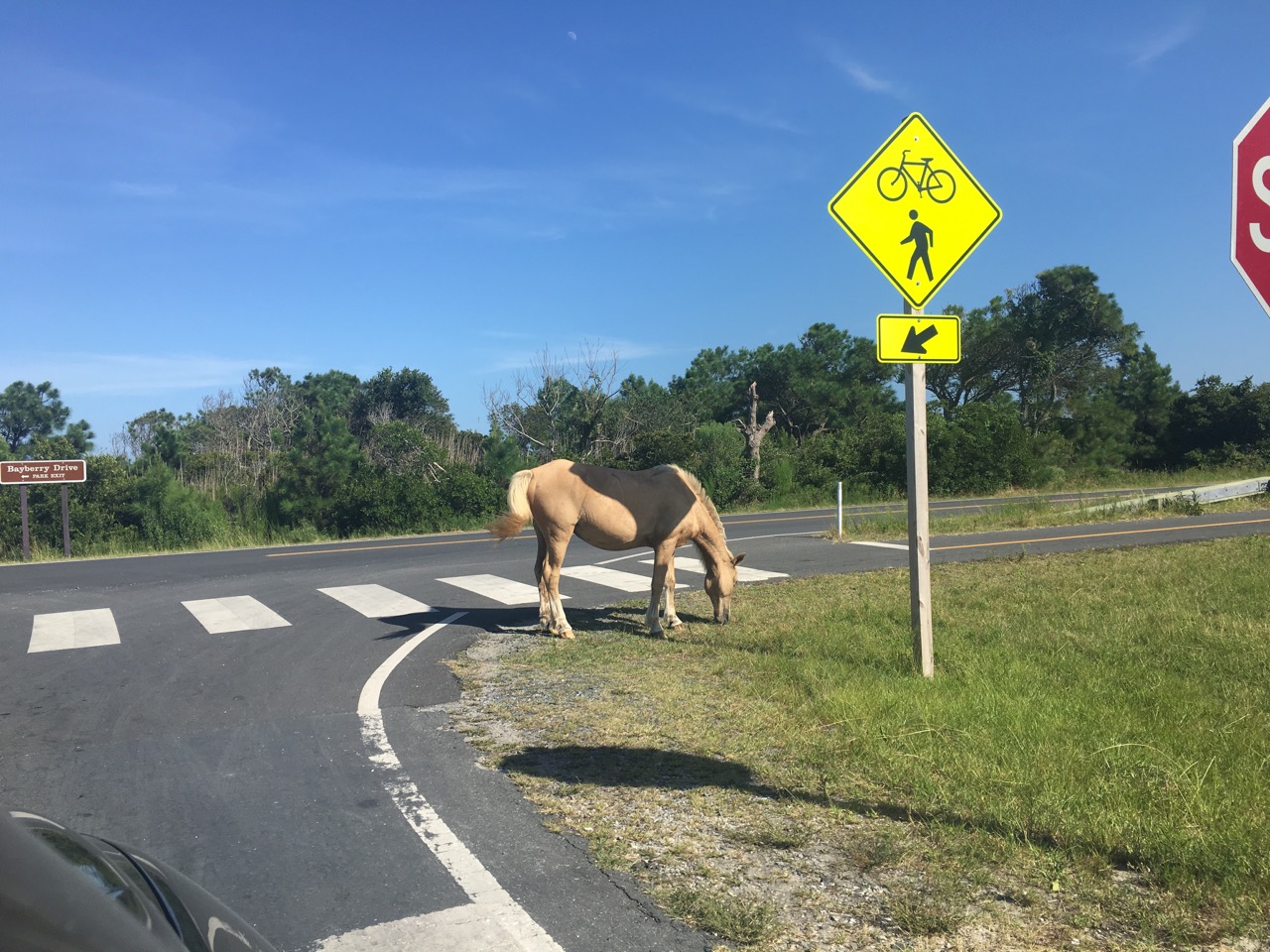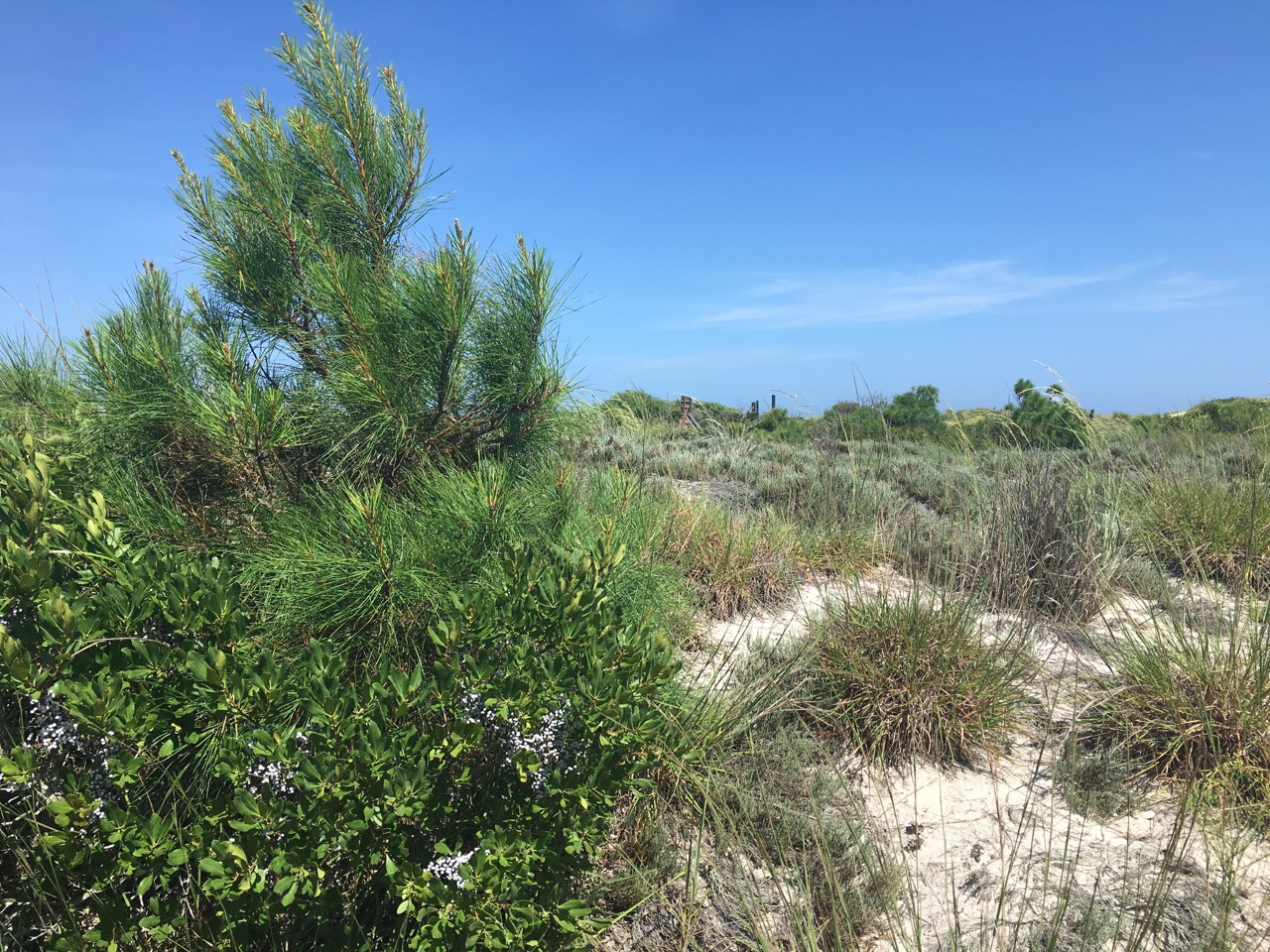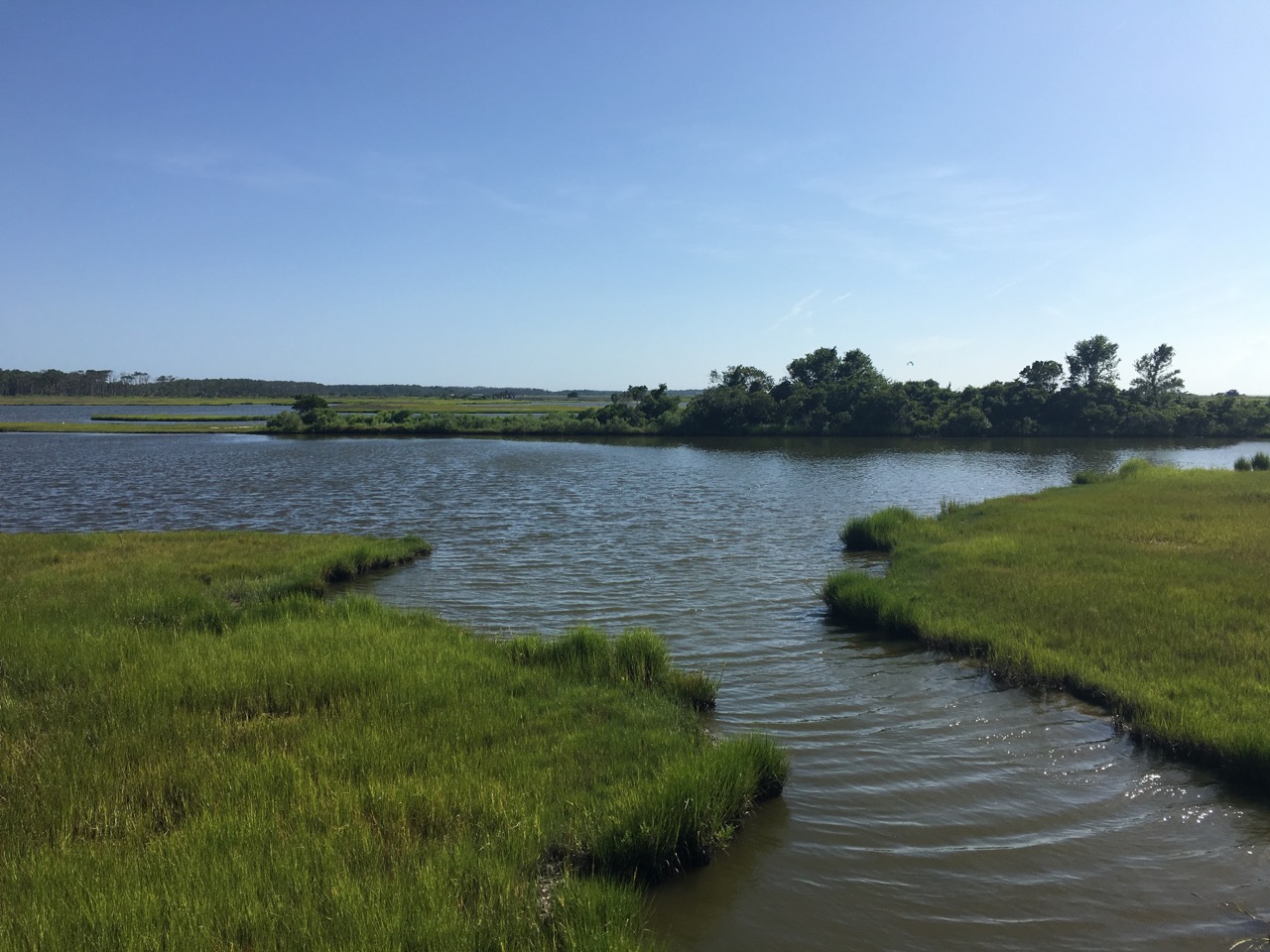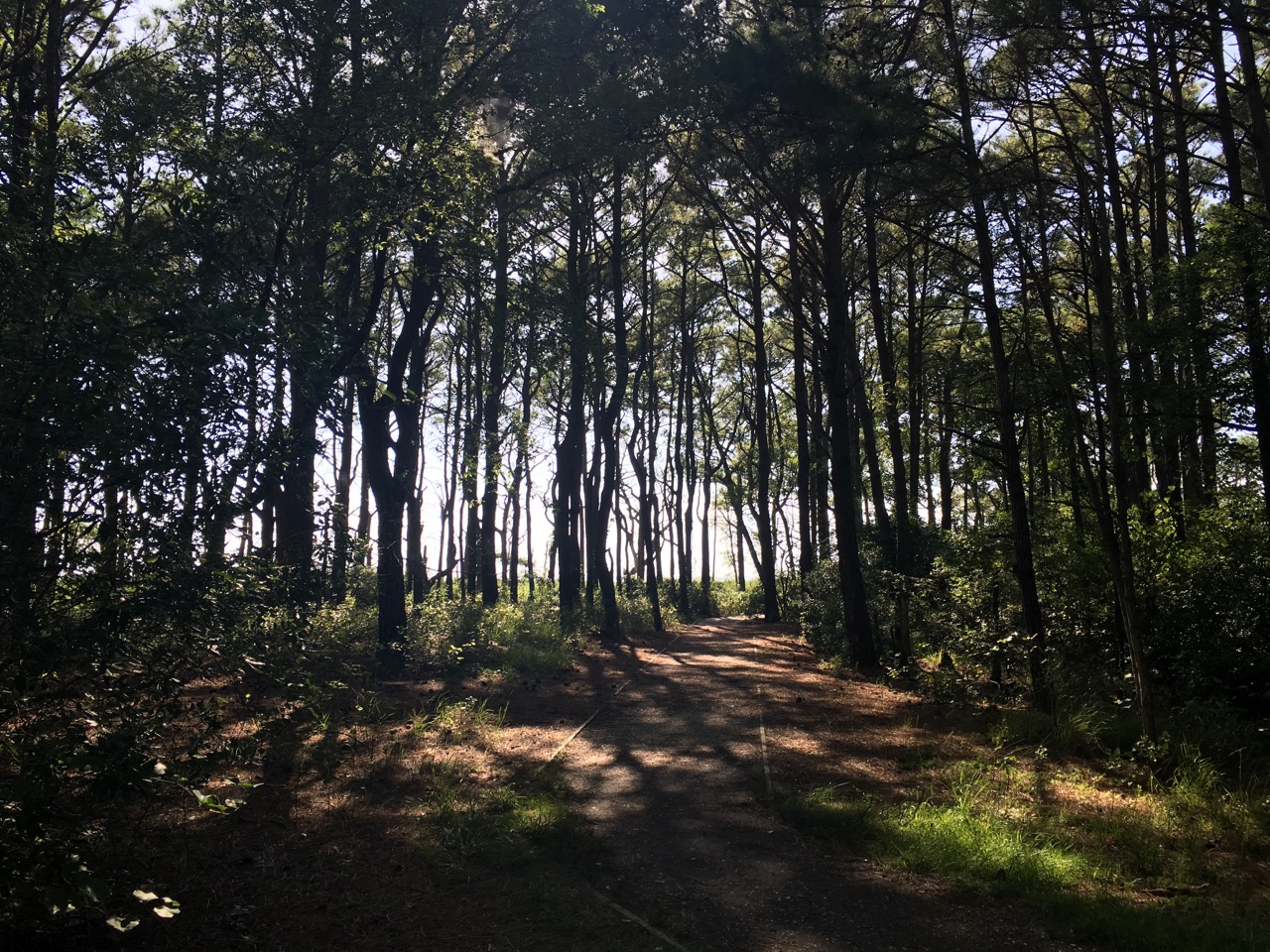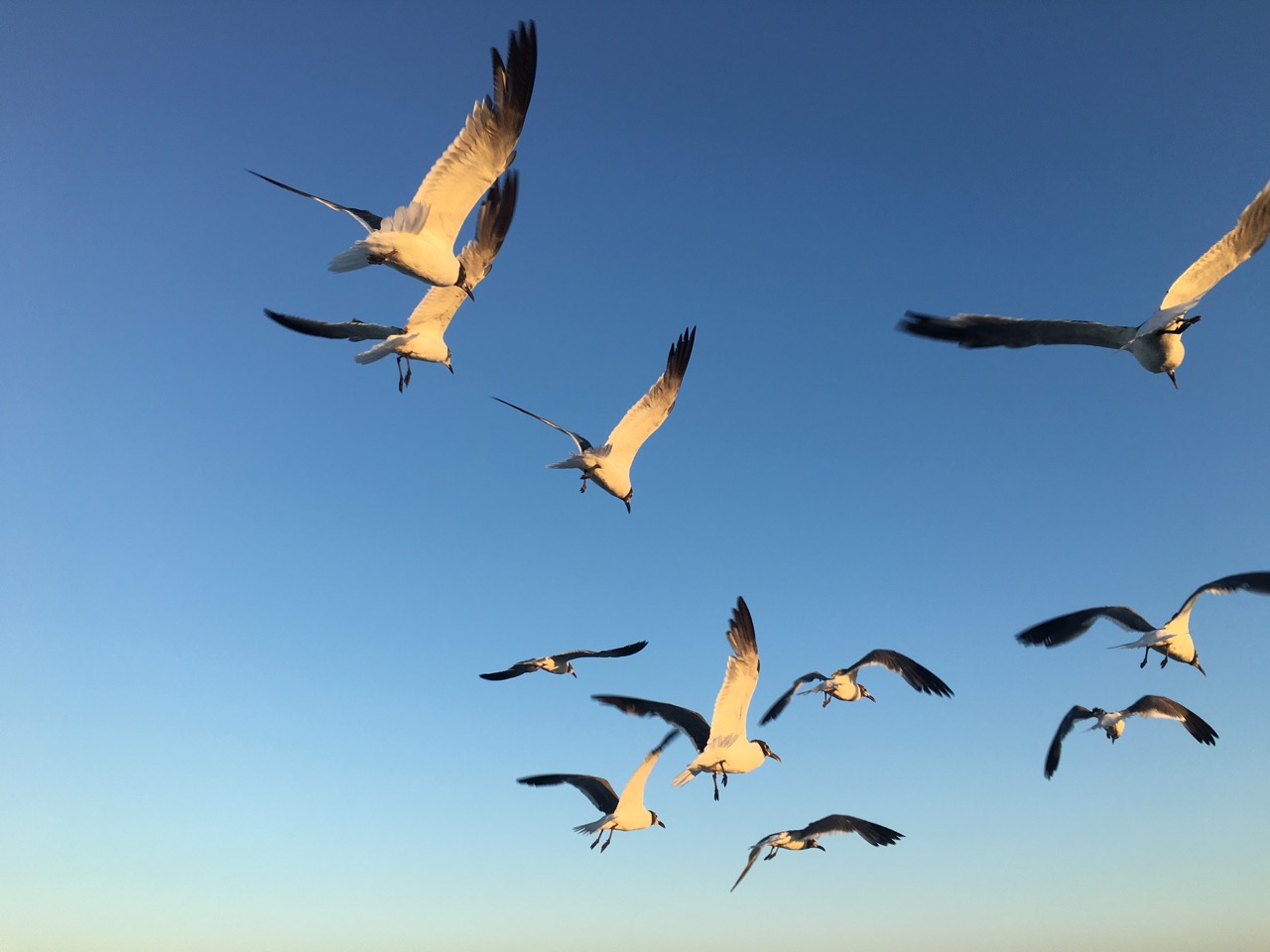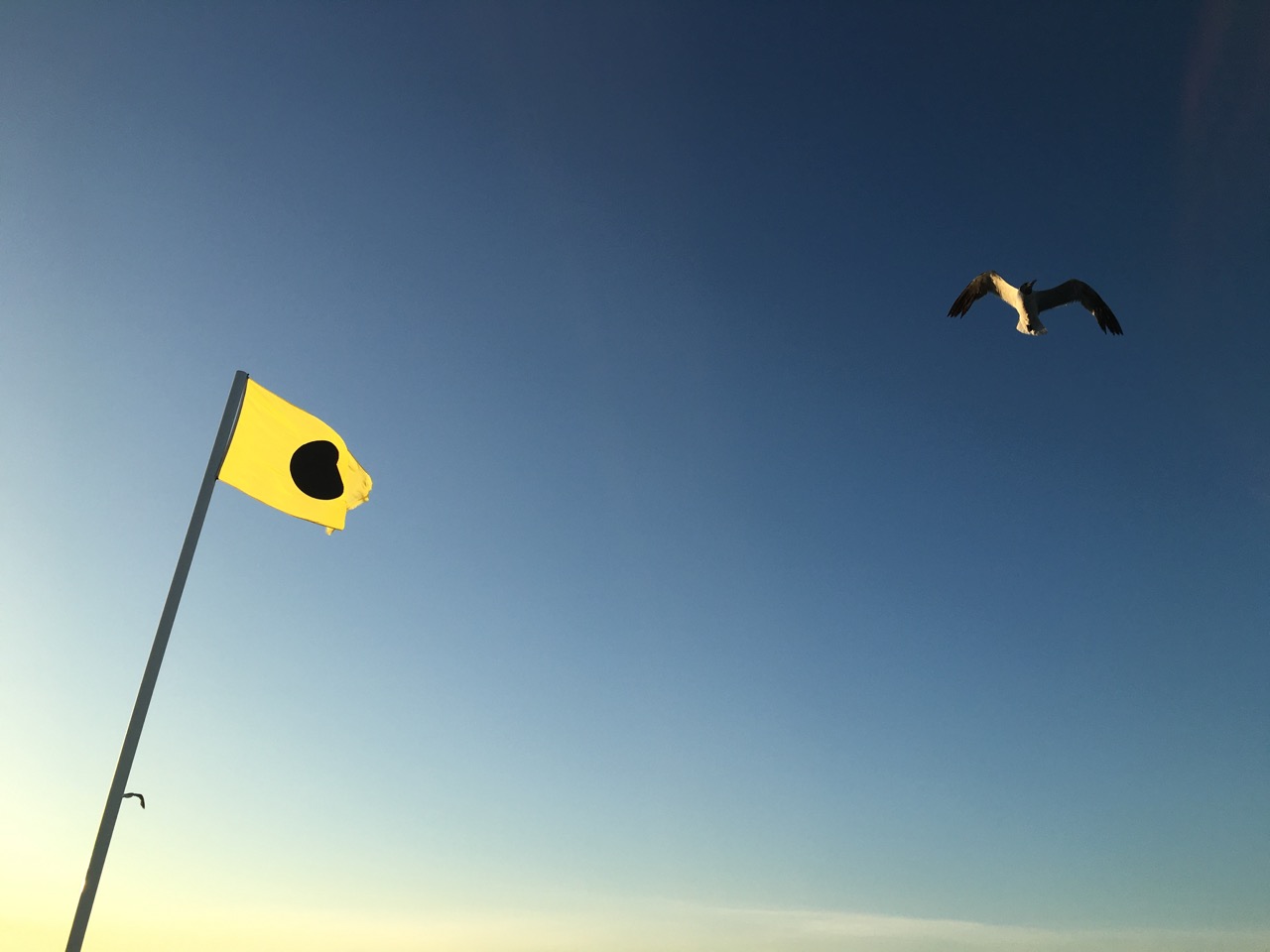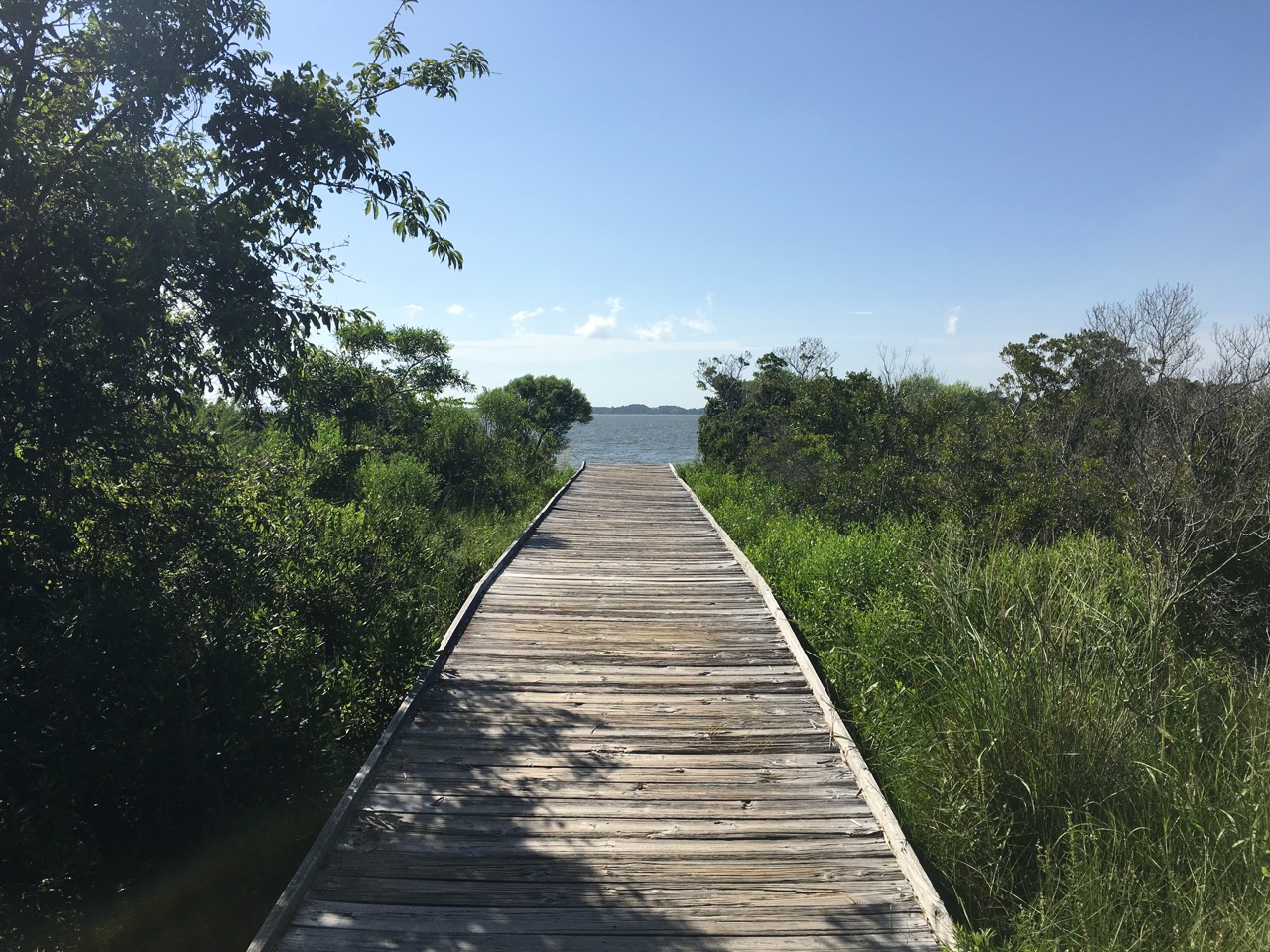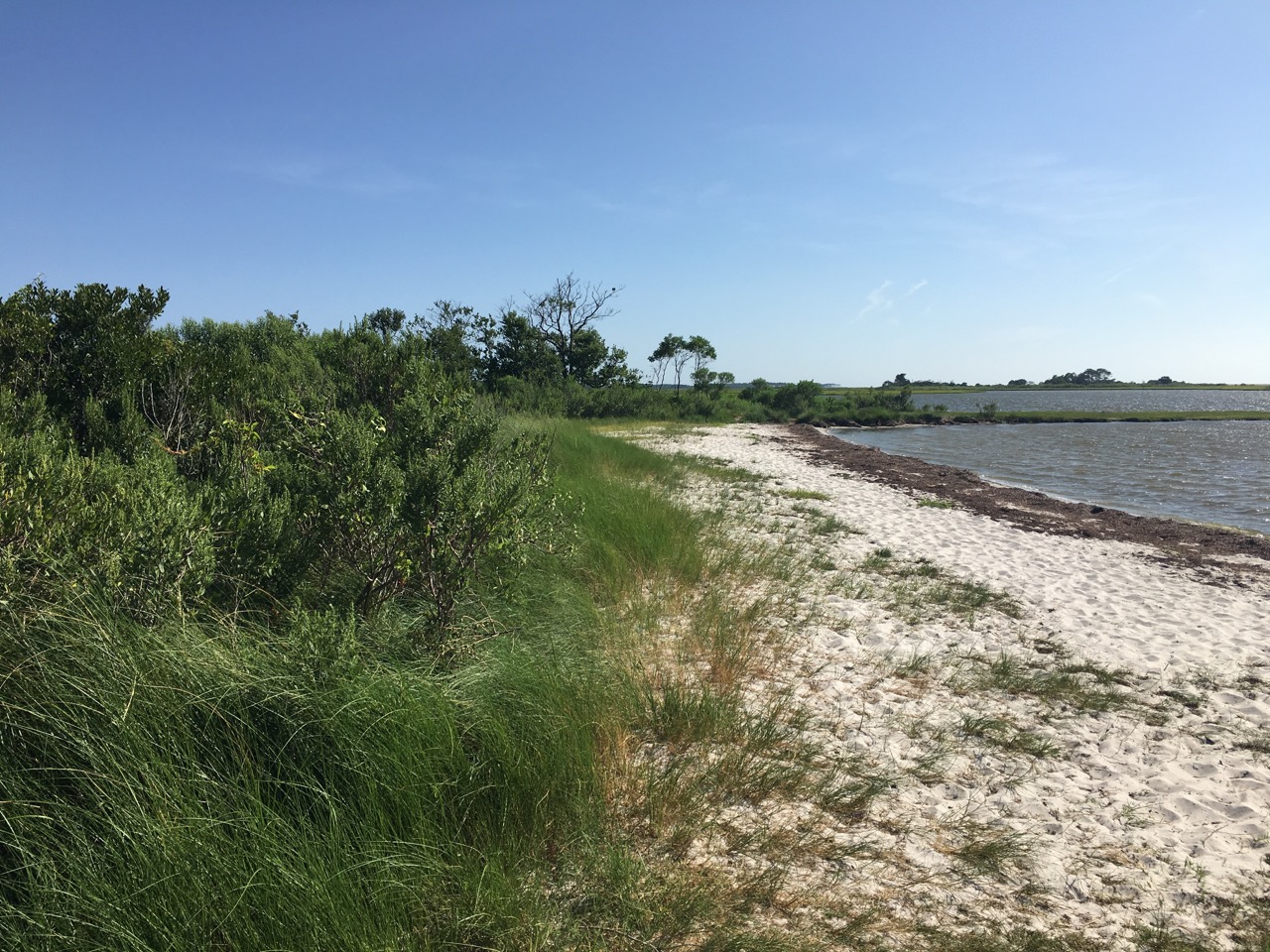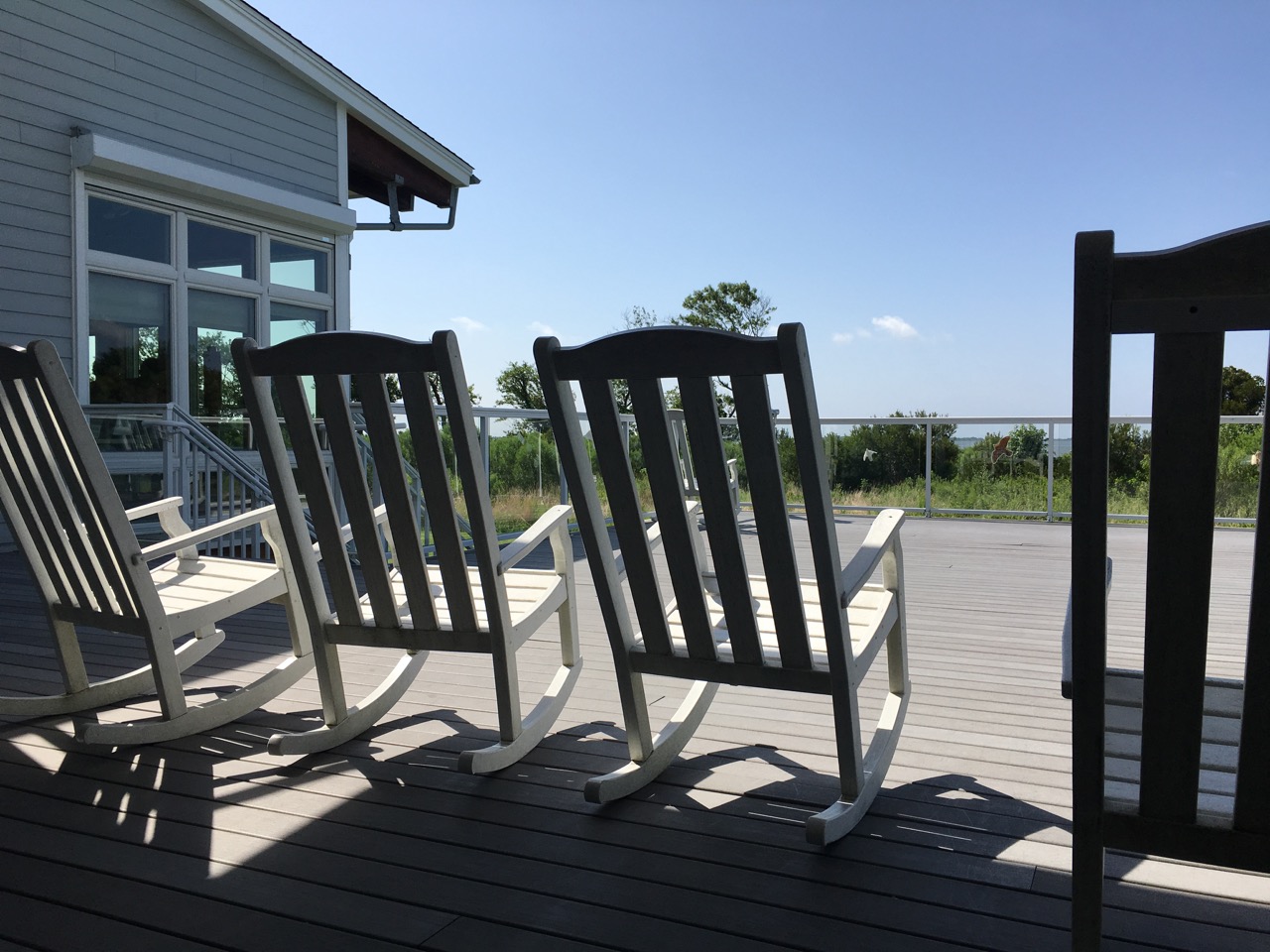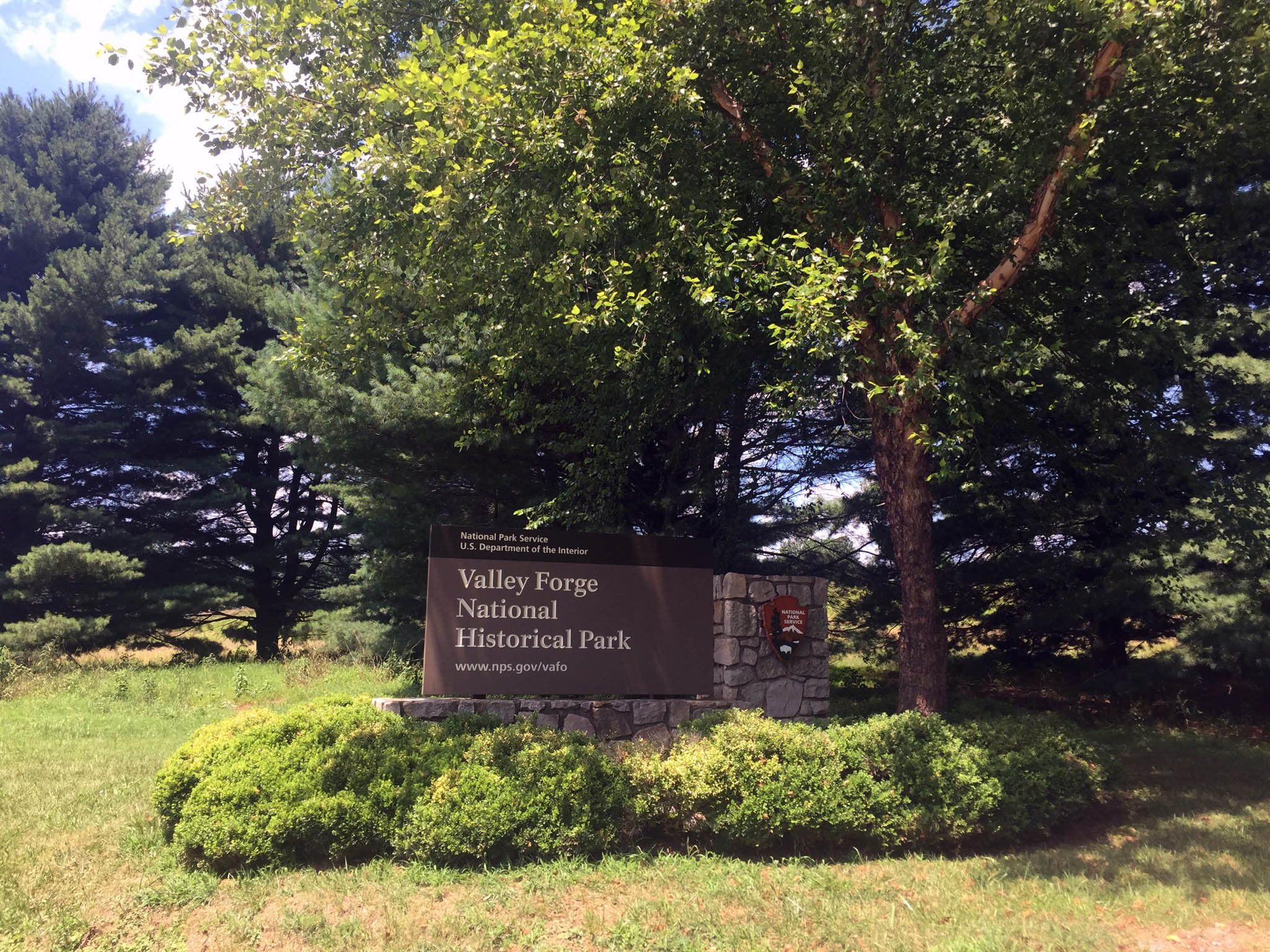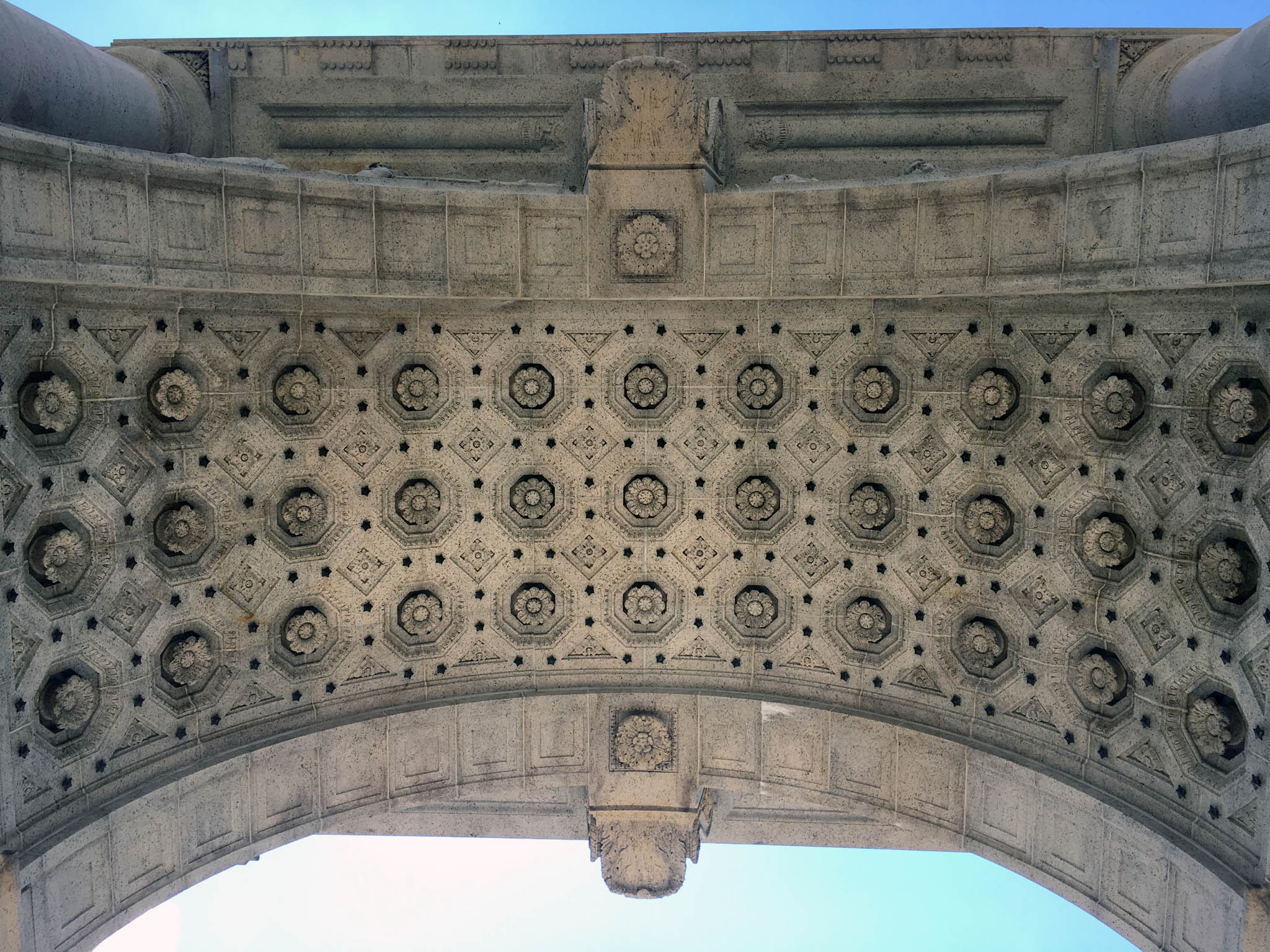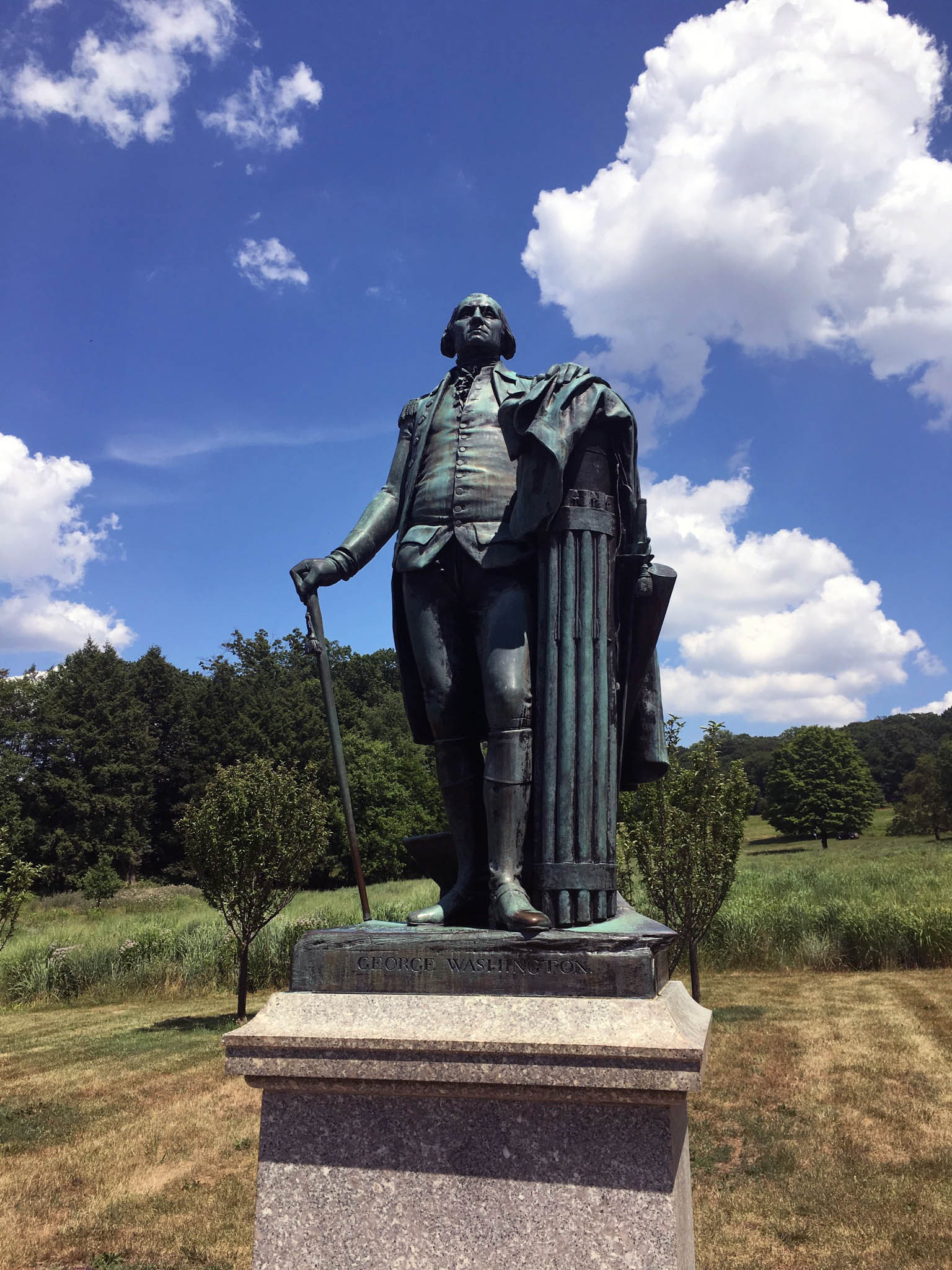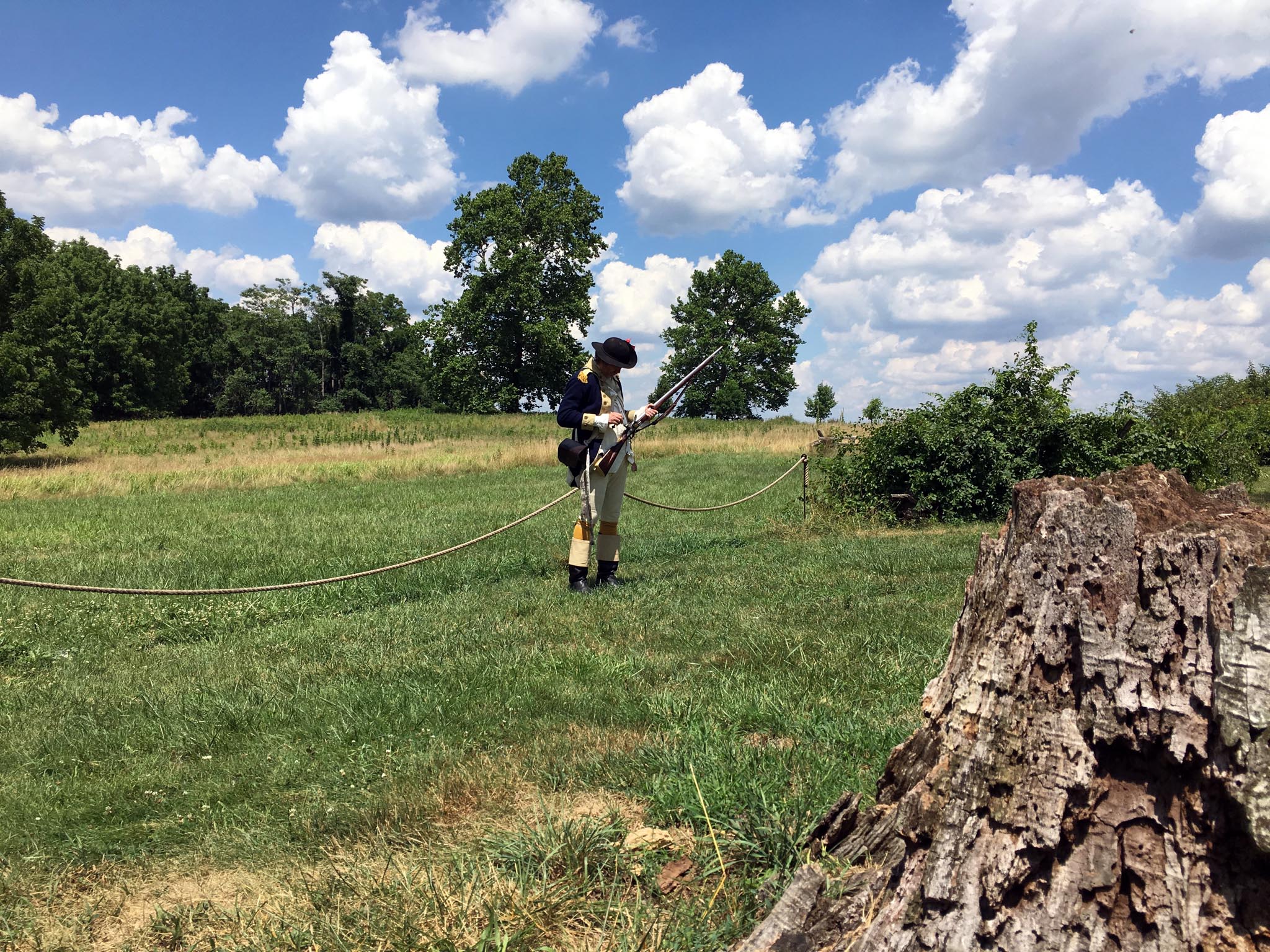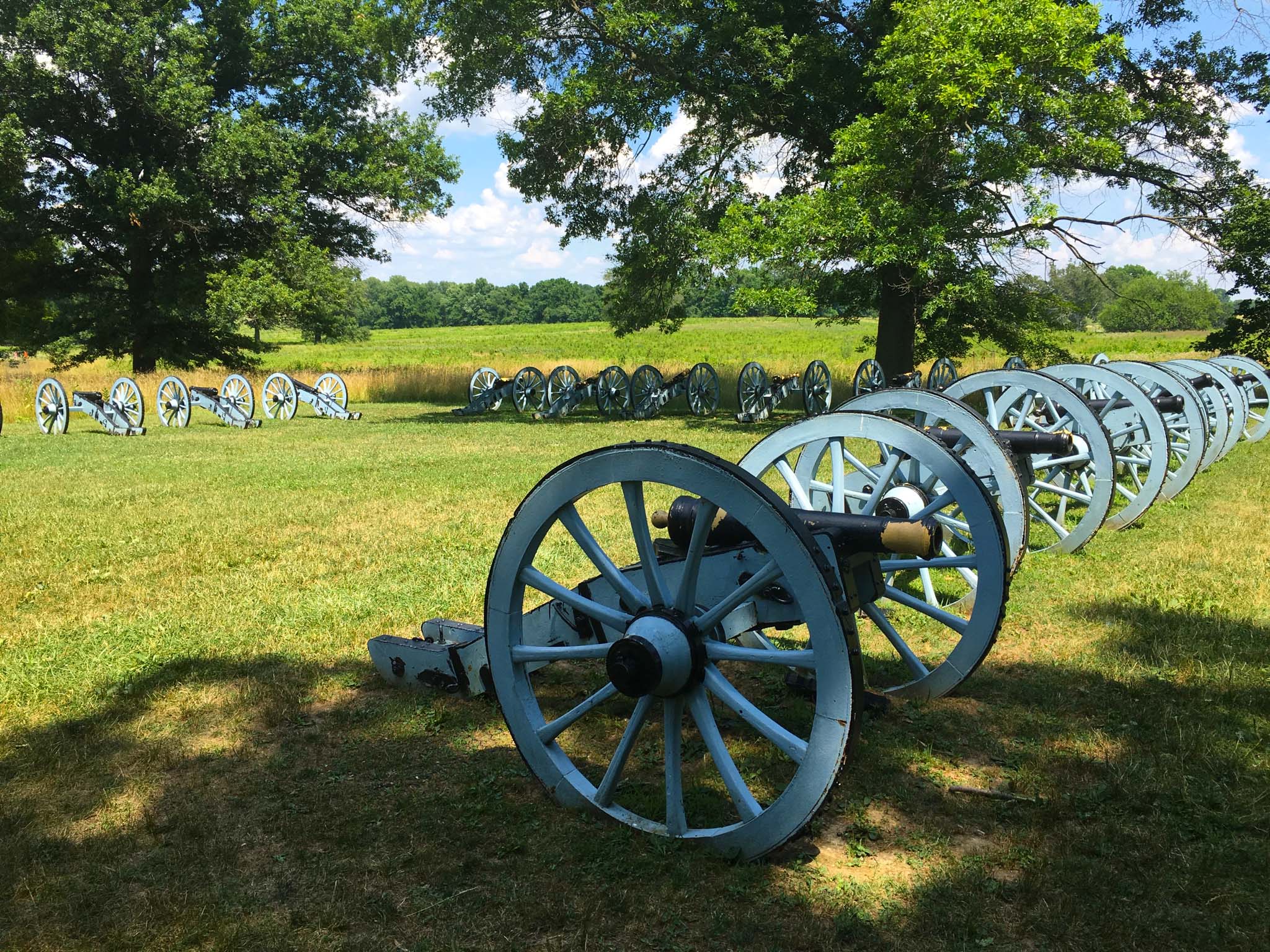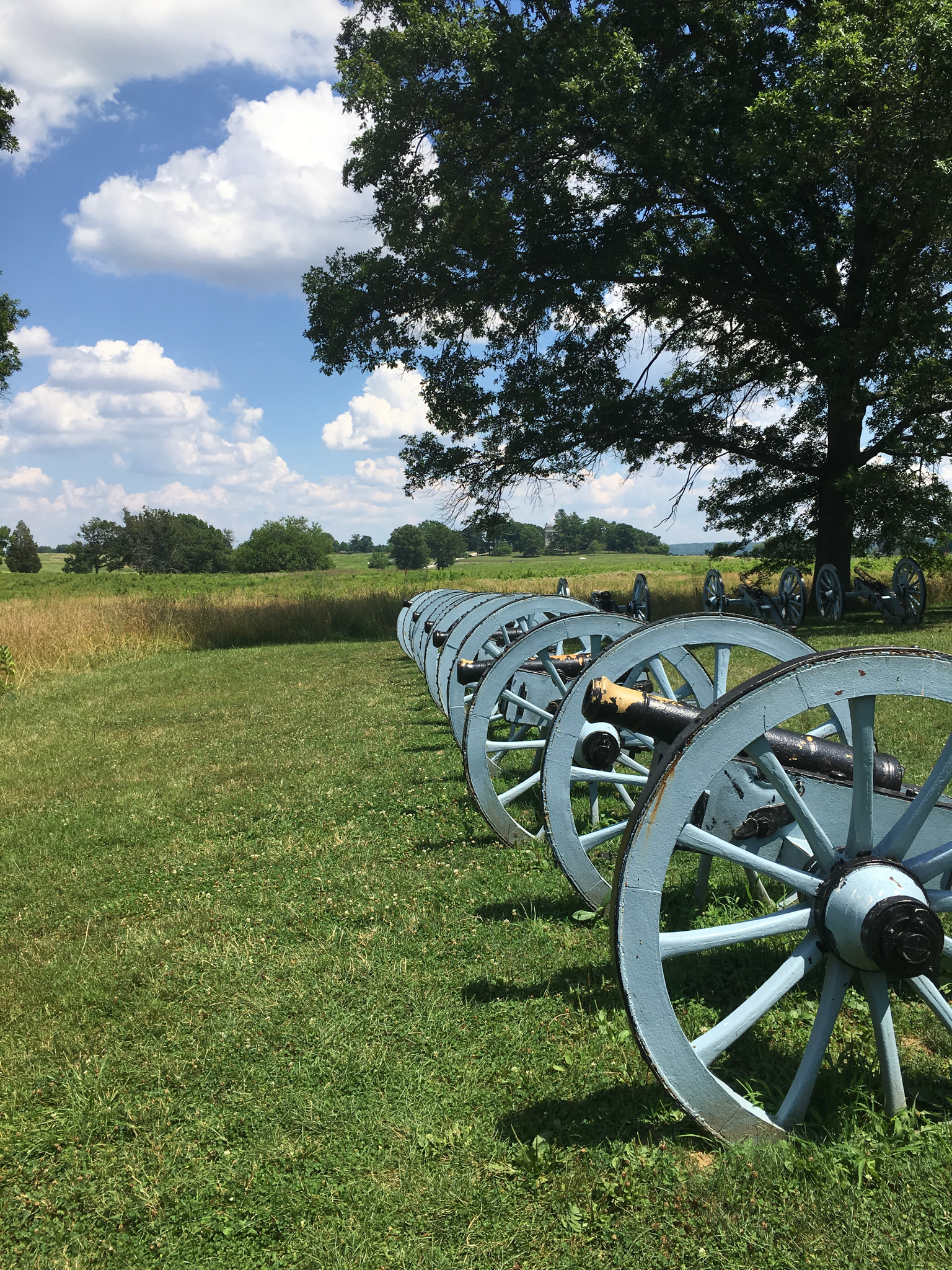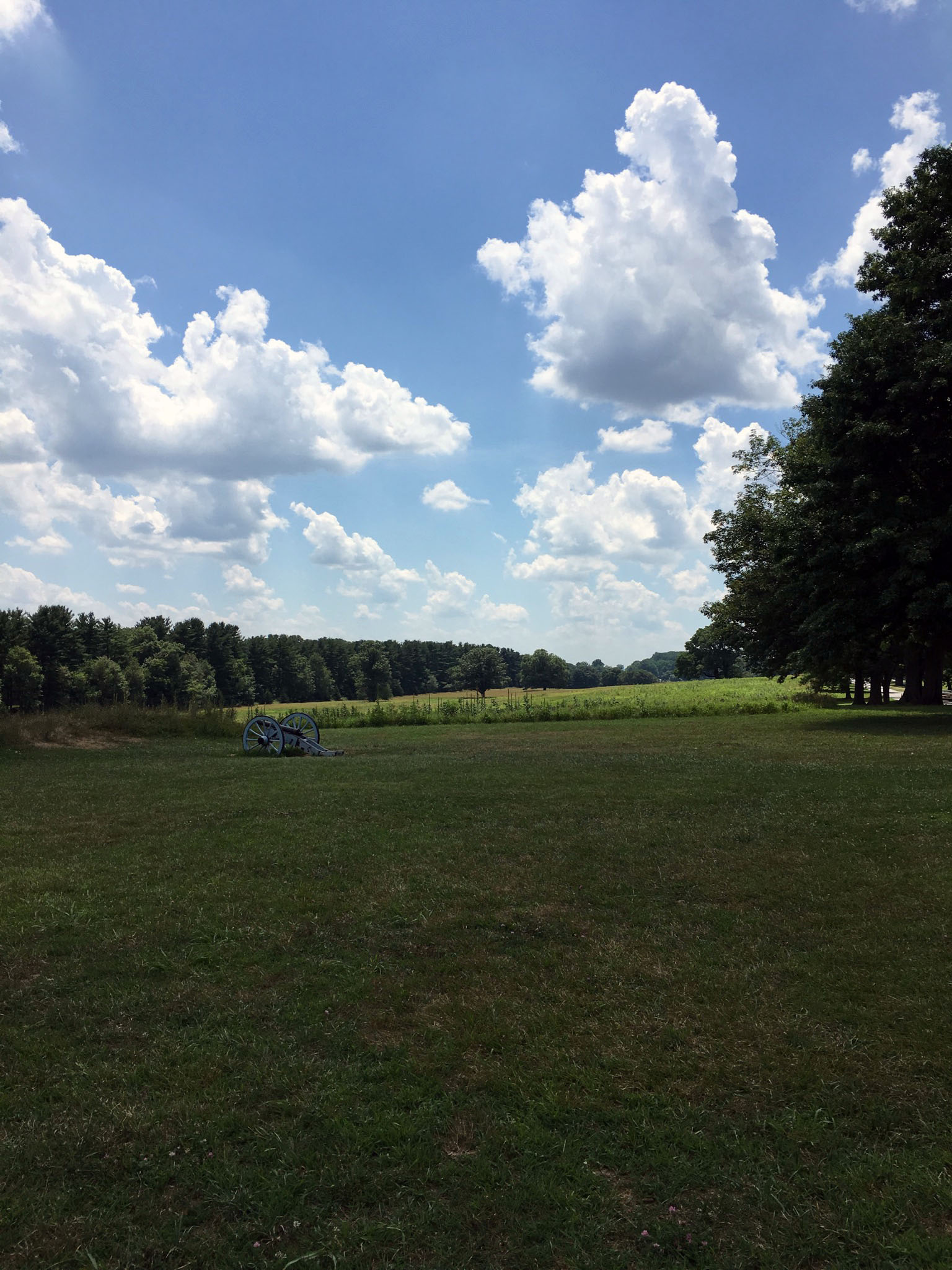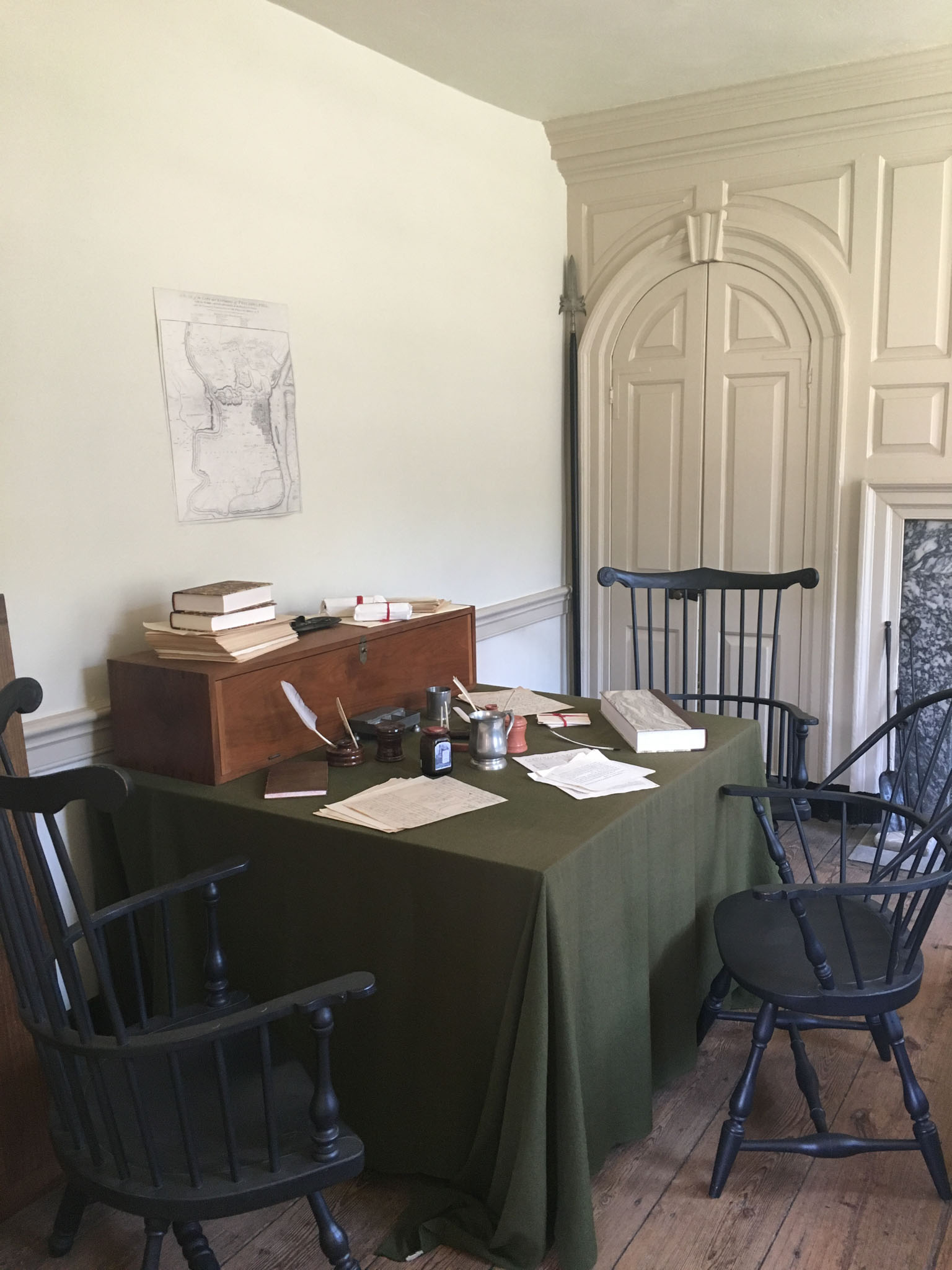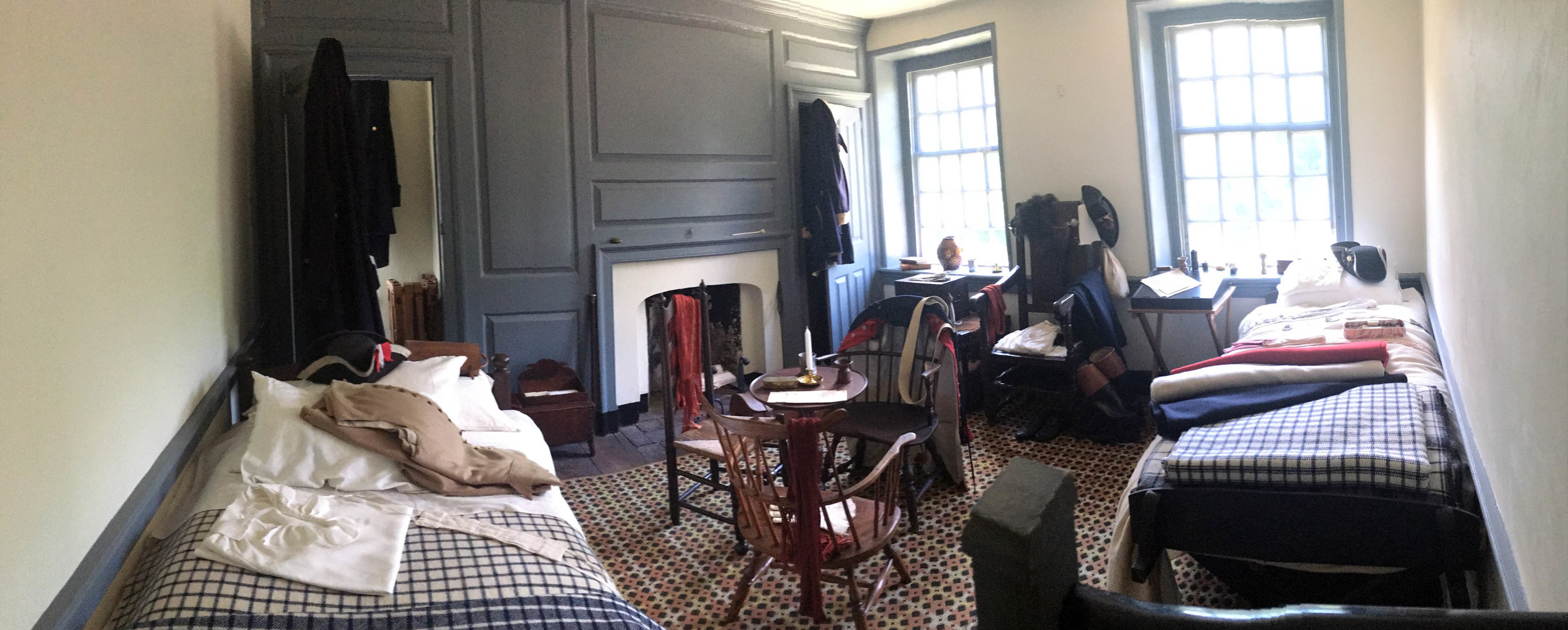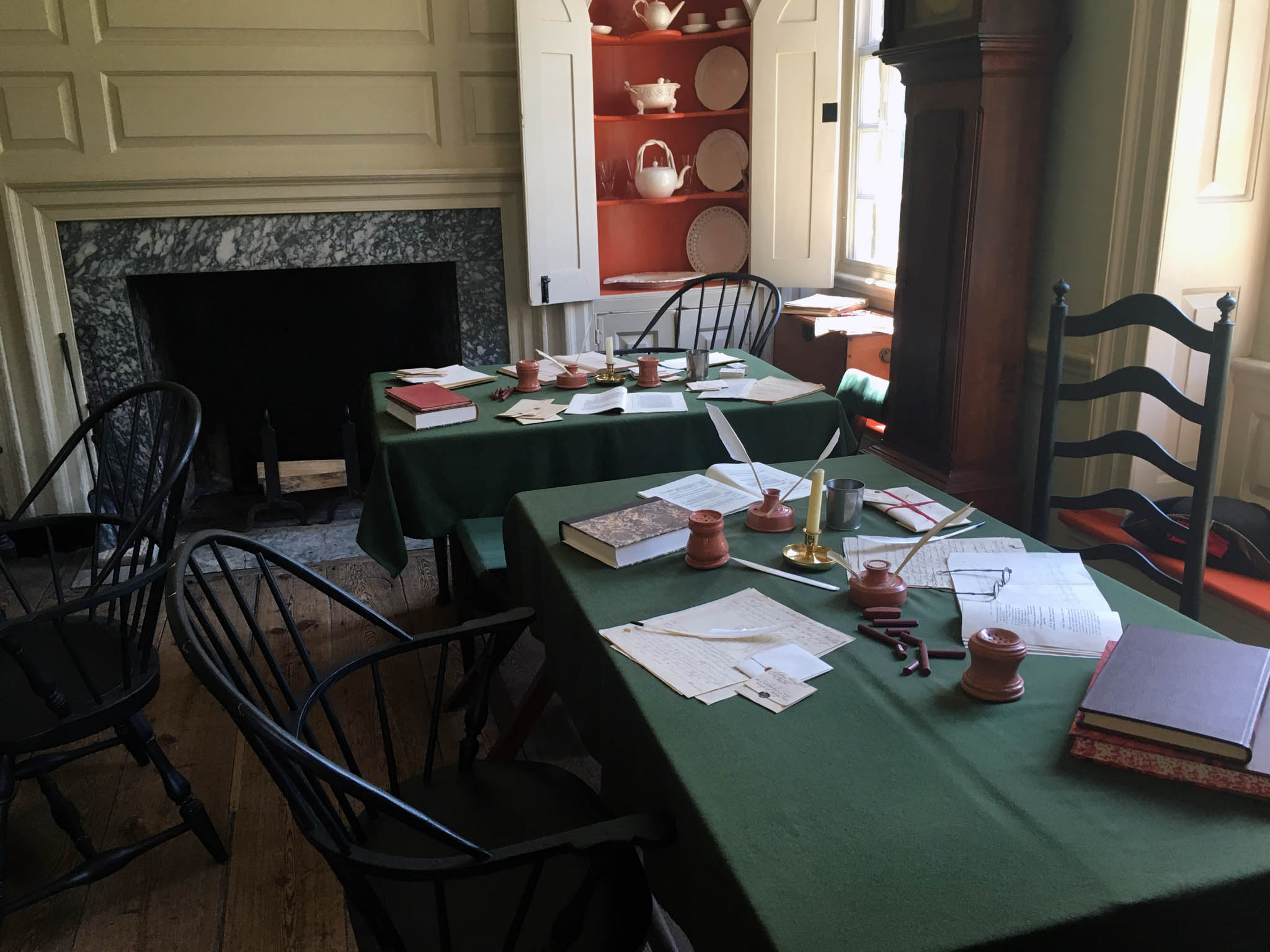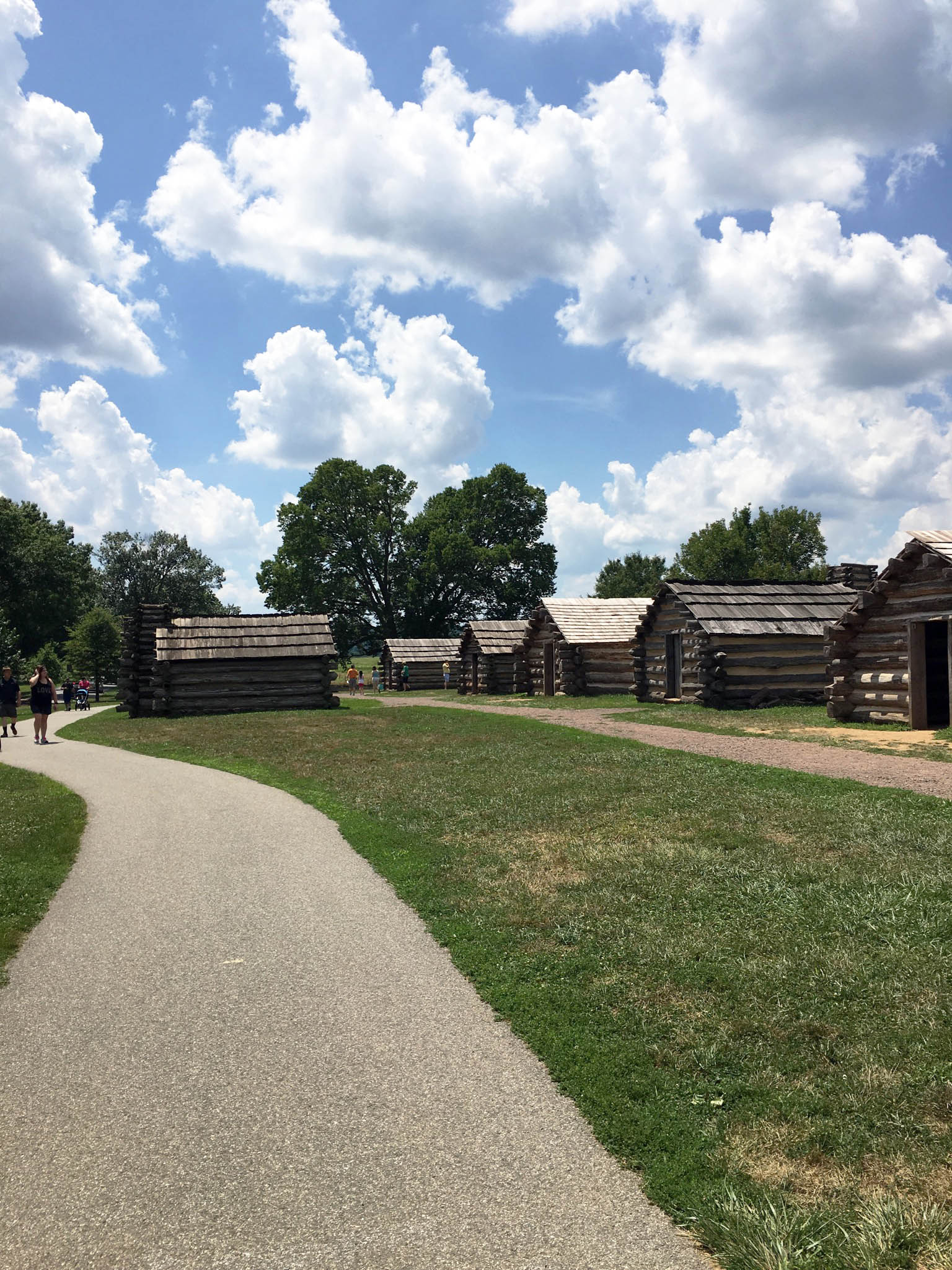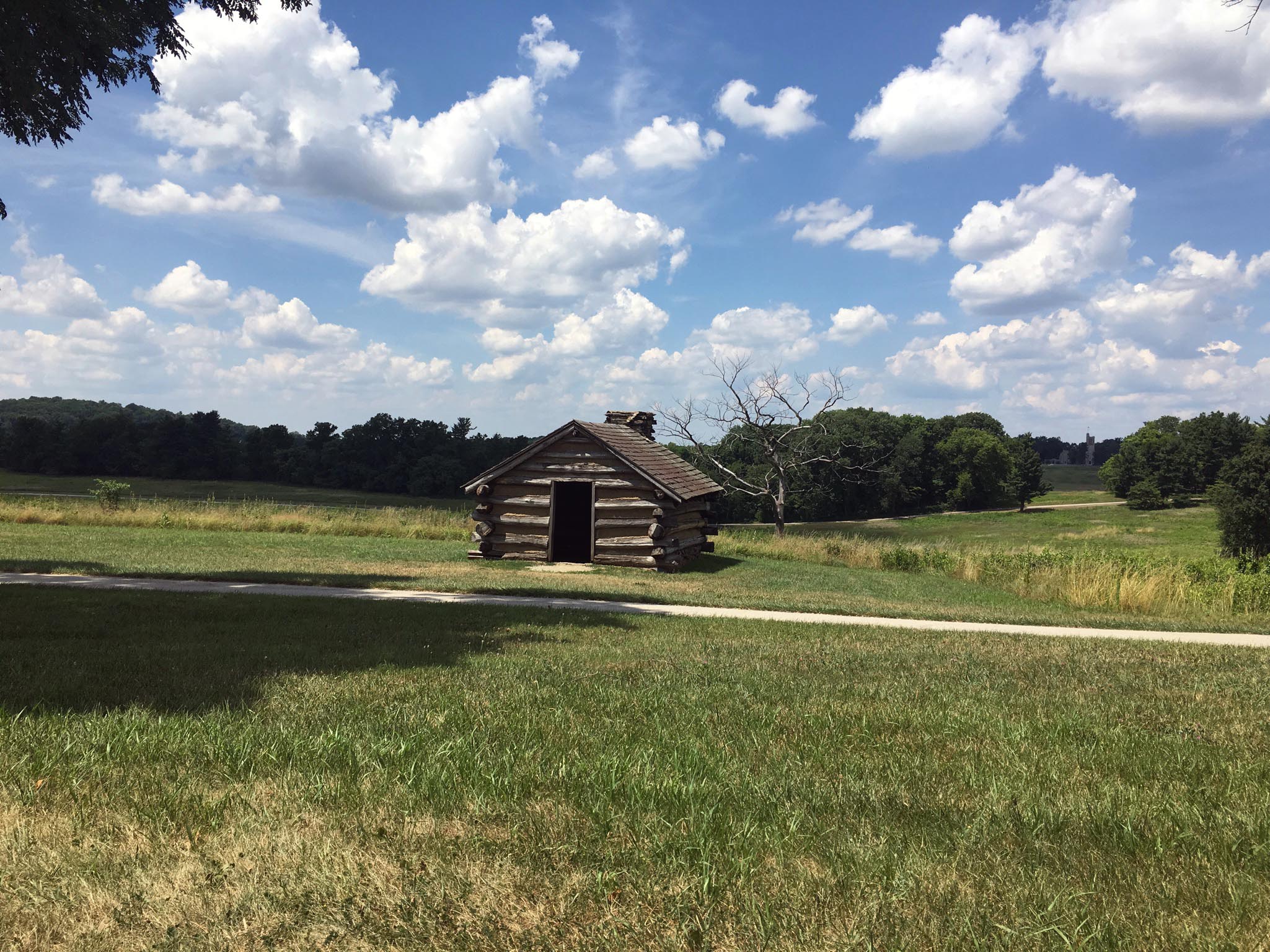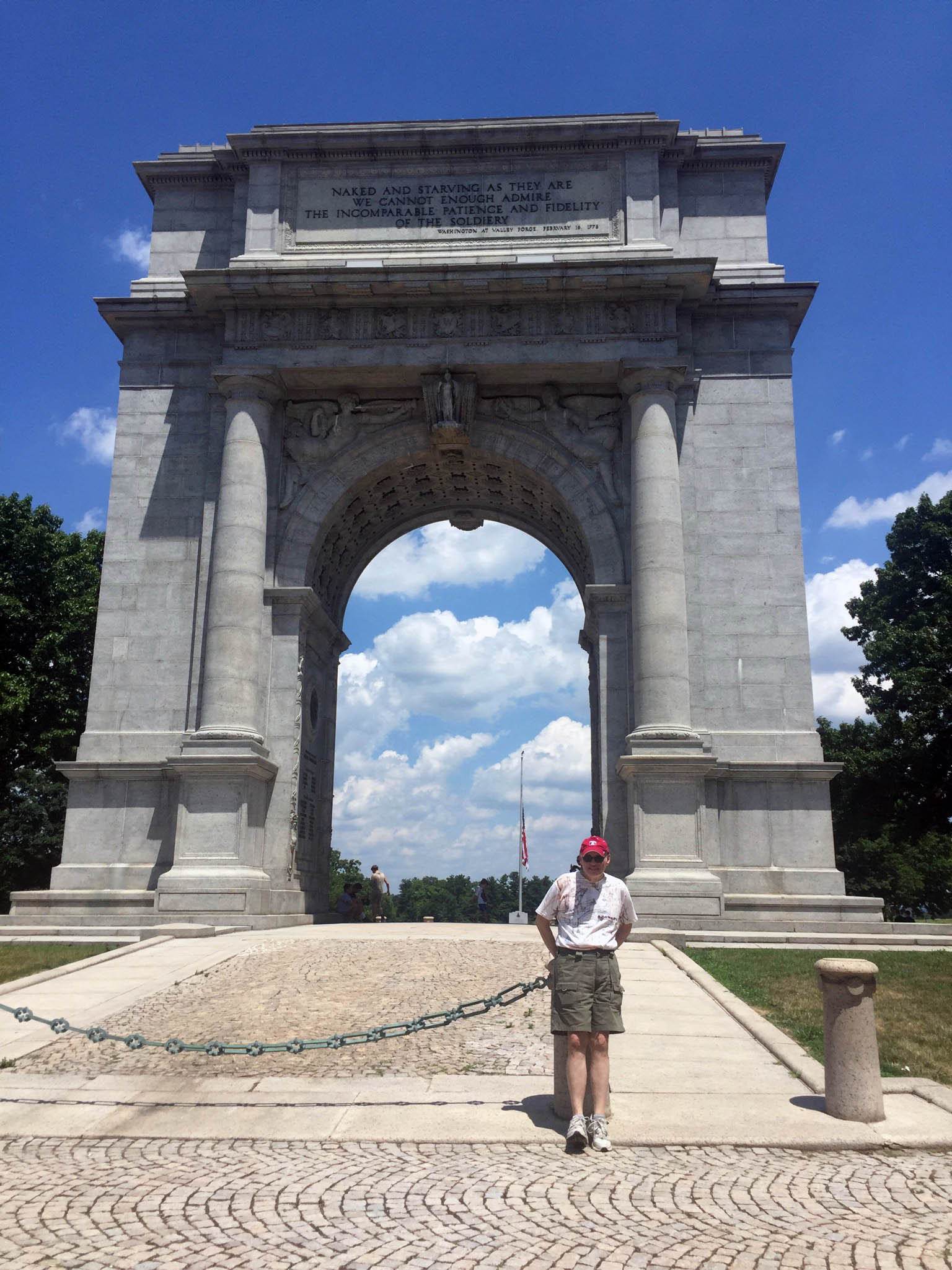Today we are marking the first anniversary of Parks & Points. The website grew from our love of national parks, smart travel strategies, and a desire to share our passions with others. Over the course of the last year, we’ve made many new friends (especially with our Twitter pals each Wednesday night during #ParkChat) and had many opportunities to meet new friends in person. In our first year we have traveled to National Parks Service sites in Arizona, California, Connecticut, Delaware, District of Columbia, Florida, Georgia, Kansas, Maryland, Massachusetts, Montana, New Jersey, New York, Oregon, Pennsylvania, South Carolina, Utah, Virginia, and Washington.
Along the way, we have met fellow travelers and shared our passion for exploring natural and historical wonders. We have found folks who share this passion at hotels, campgrounds, visitor centers, trails and of course, waterfalls! We’ve added National Wildlife Refuges to our itineraries, and hope to feature these with even more frequency as we progress, along with city and state parks. We’re also proud to present and develop an annual fall essay contest and a spring poetry series, which is ongoing right now, during National Poetry Month. Both projects have introduced us to some amazing guest writers and their creative work about public lands.
We look forward to continuing this adventure with all of you. We are excited to grow the site along with your readership, and we look forward to presenting our thoughts and strategies for visiting our amazing shared public lands with an eye to saving money.
Parks & Points wouldn’t be the same without our friends and families. We are grateful for their solidarity as we carry it forward into year two!
Vintage Baseball Returns to Fort Scott National Historic Site
With World Series excitement at an apex, we wanted to share some photos from an exhibition baseball game at Fort Scott National Historic Site in Kansas; this event took place on August 27, 2016, at the tail end of National Parks Service Centennial week celebrations. The fort was active in the mid-nineteenth century until the start of the Civil War. The Topeka Westerners took on the Wichita Bull Stockings "using 1860's rules, uniforms, and equipment." All photos are by Bob Wright.
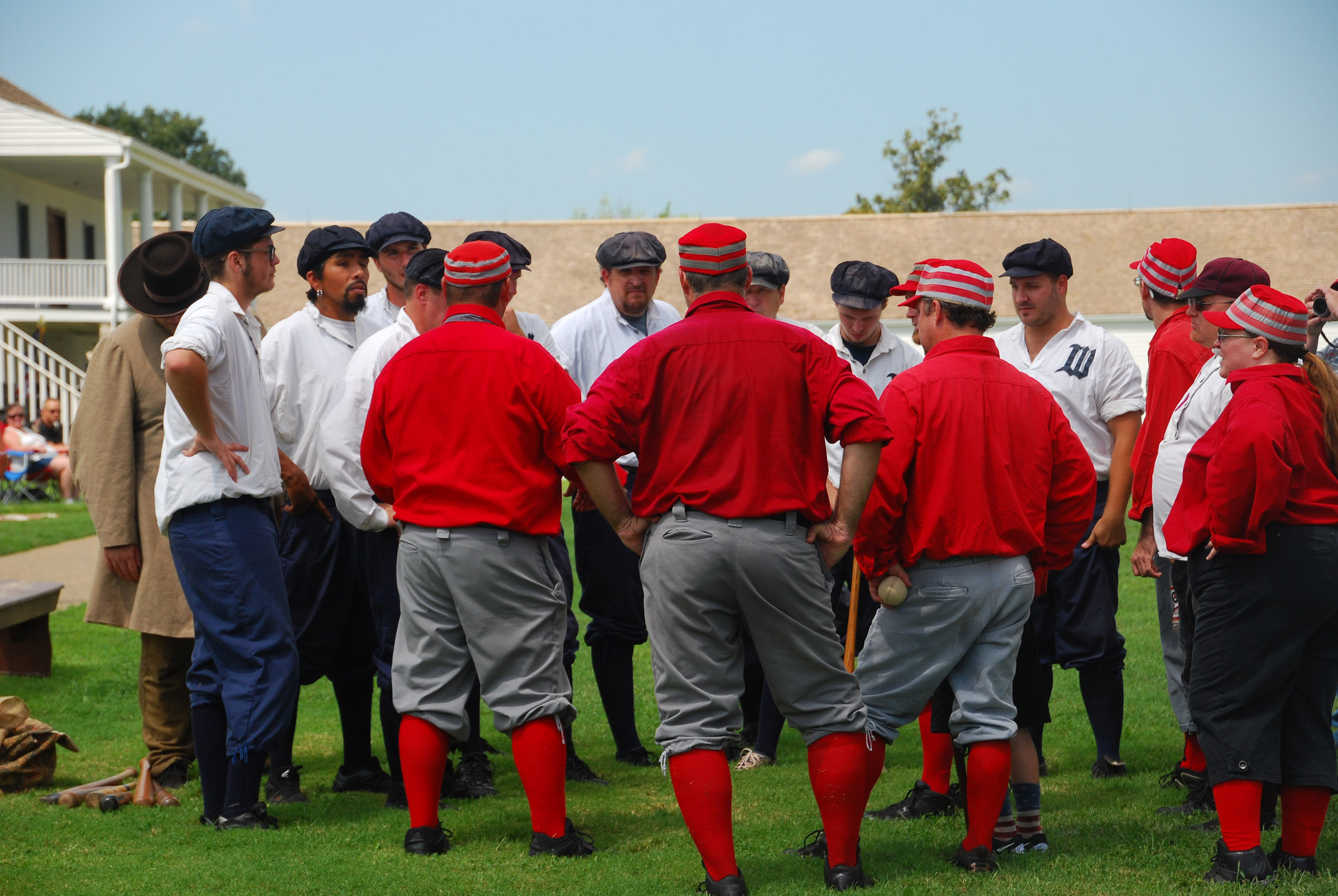
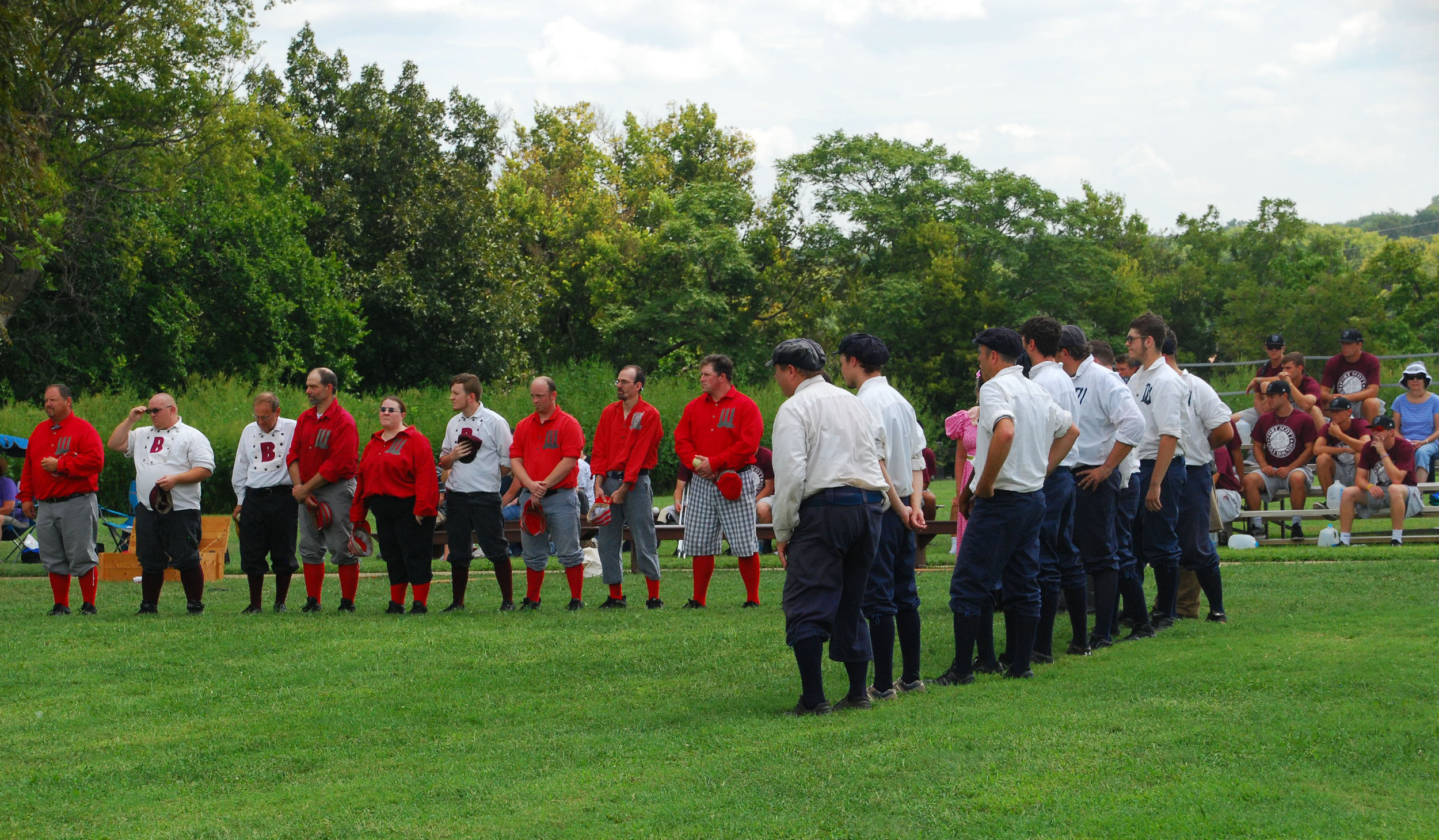

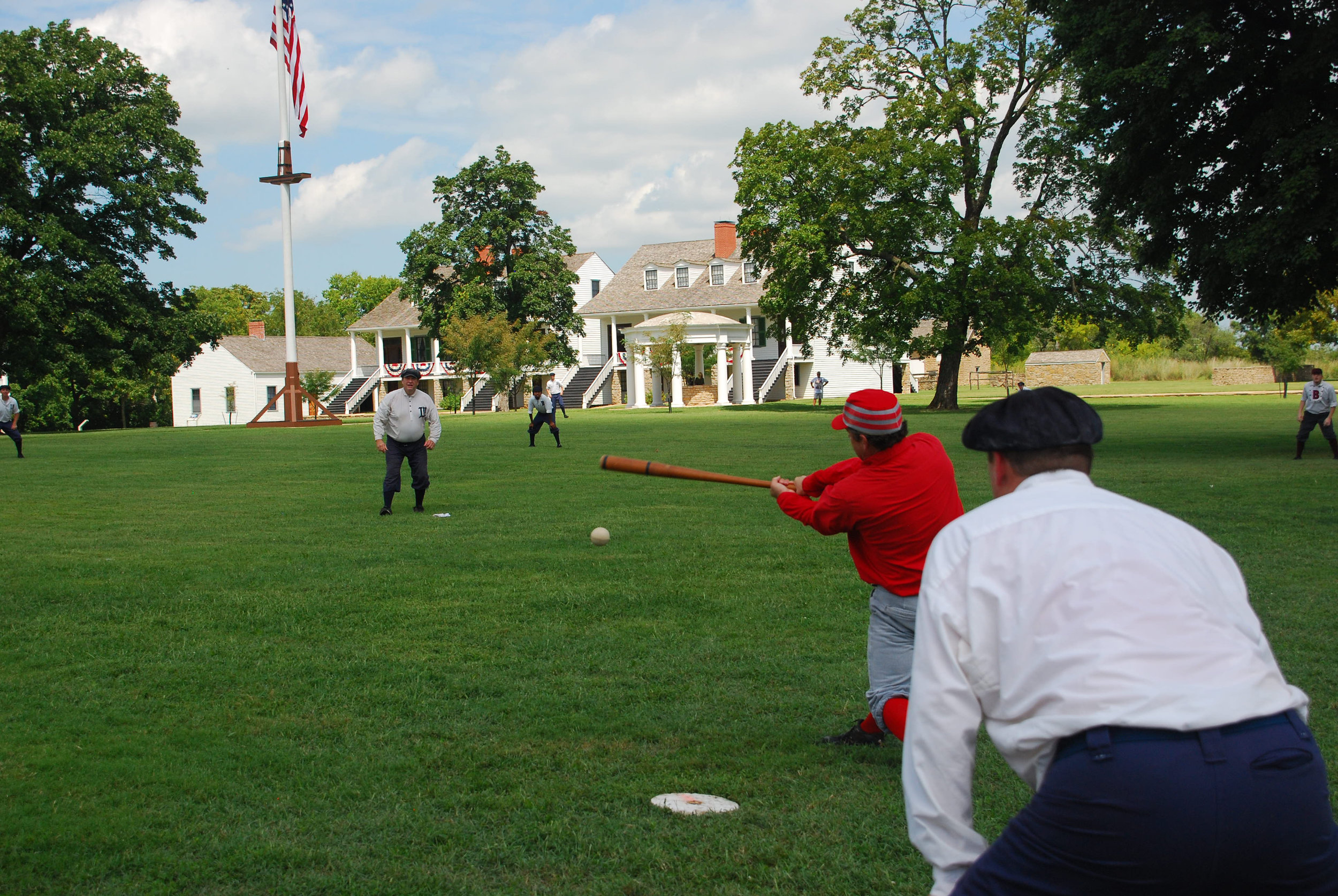
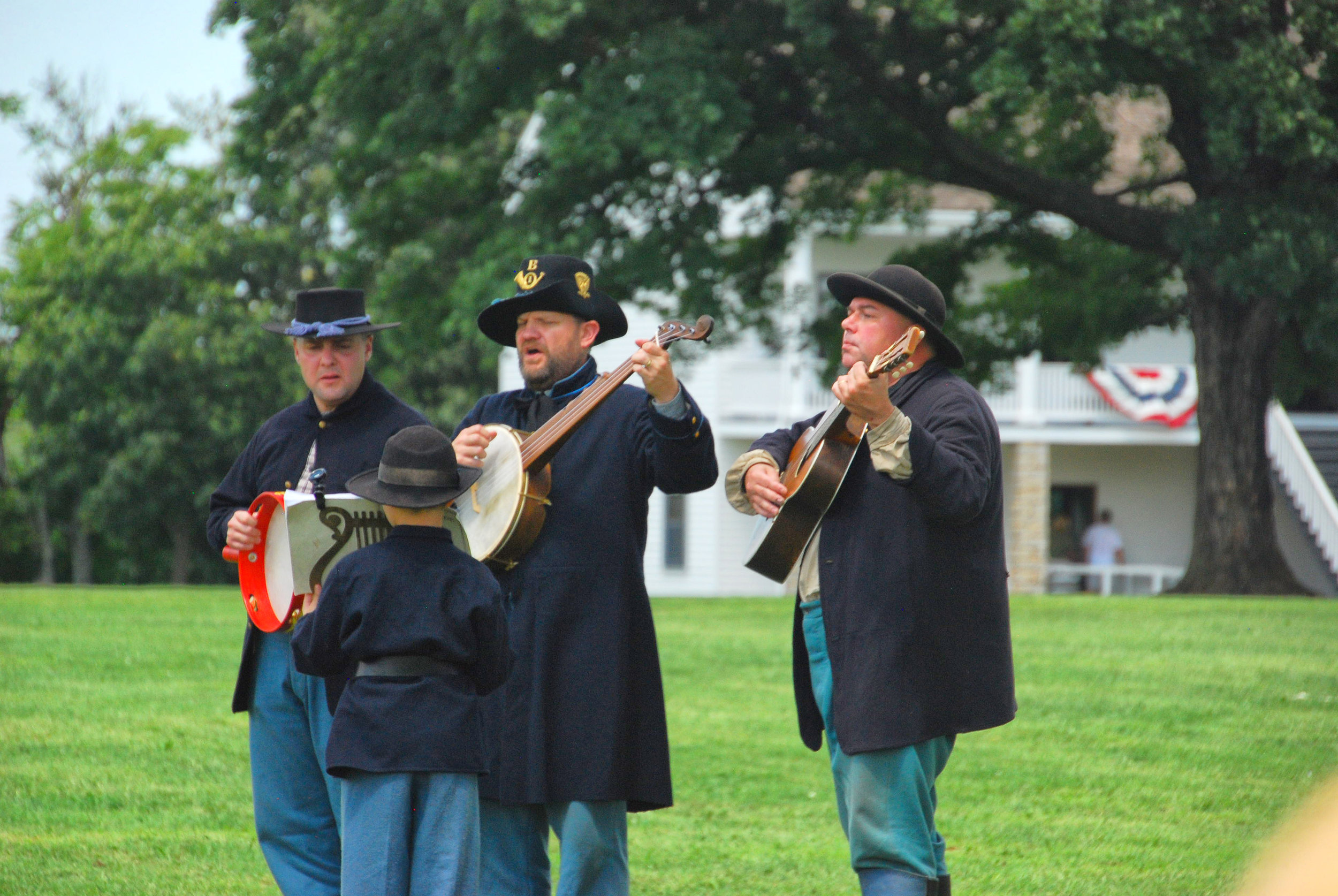
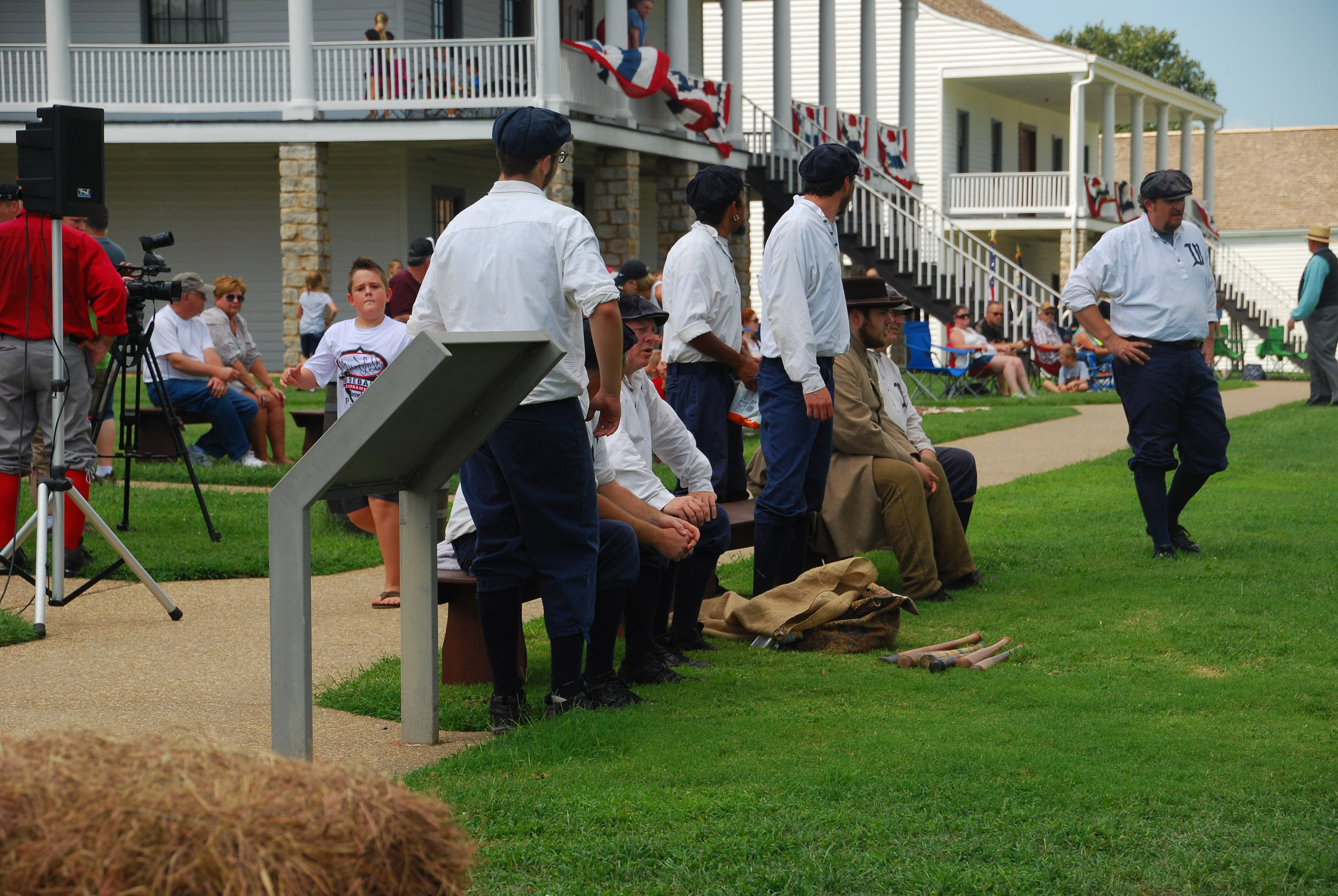
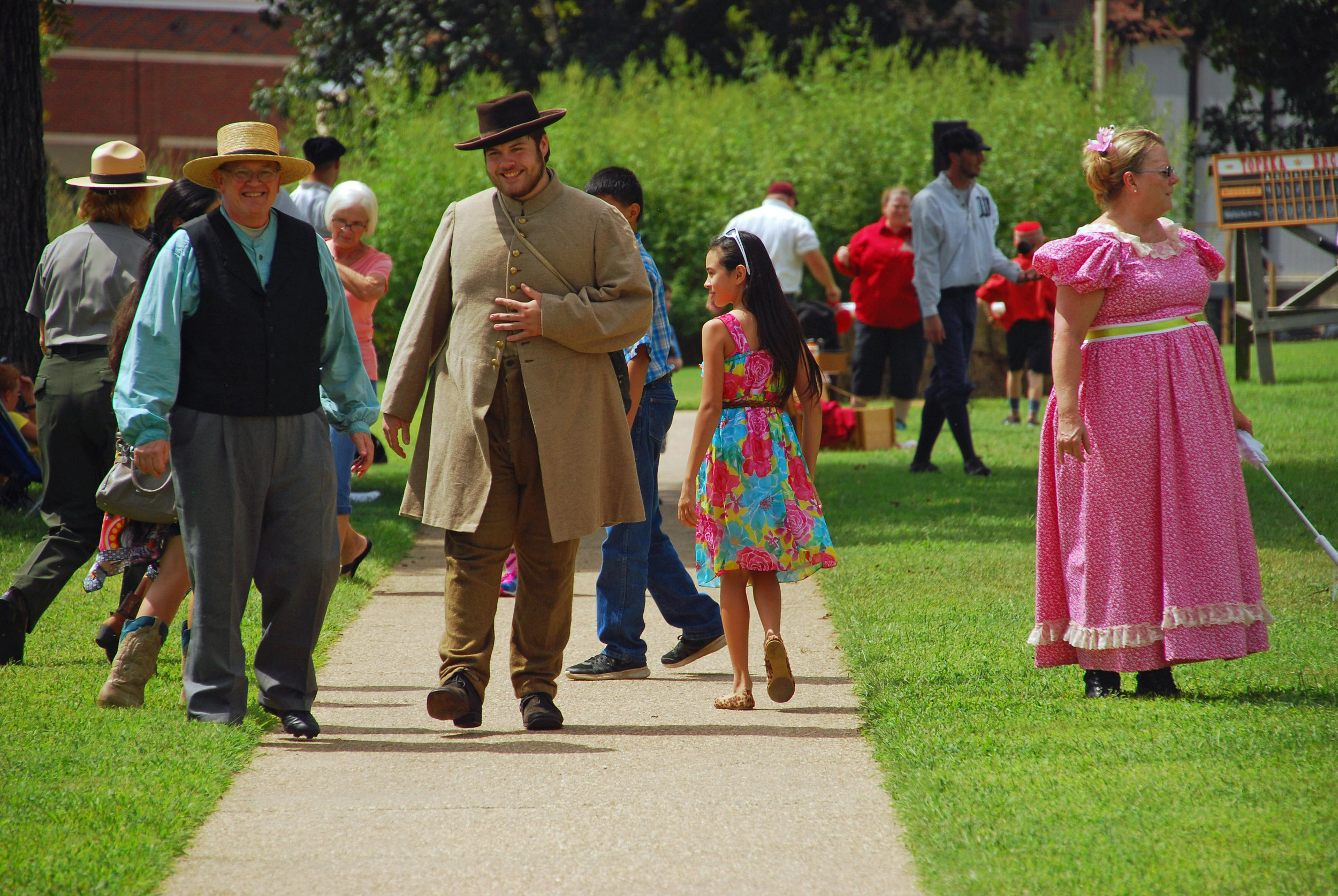
Hike With Us Through Assateague Island National Seashore
Come hike with us via our video through the three main trails of Assateague National Seashore, the Life of the Dunes, Marsh and Forest trails.
Additionally, here are some other vantages at Assateague National Seashore. Photos by Derek Wright.
For more on Assateague, read "Morning on Assateague" by Martin James Wood.
Valley Forge, Beauty and History in Equal Measure
We explored Valley Forge National Historical Park, where George Washington and the Continental Army decamped during Revolutionary War from 1777-1778, on a summer day where the weather was "polar opposite" to that historically frigid winter. Our day was an enchanting foray into the rural Pennsylvania countryside, which is expansive and idyllic. The park is not only a repository of vital history, but also home to 19.5 miles of hiking trails, 21 miles of cycling trails, and 17 miles of horseback trails. Bicycle rentals are available, as are ranger led walks and storytelling activities for younger visitors. Wildlife is plentiful, in river, forest, meadow, and wetland habitats. As per the NPS, the park is home to more than 225 species of birds and 730 species of plants.
Valley Forge is roughly forty minutes northwest of Philadelphia, in Montgomery County, Pennsylvania, and its northern trails access other historic sites in both the county and the city. The lush, pastoral landscape is enveloping. Many of the park's primary historic sites can be explored via the 6.6 mile Joseph Plumb Martin Trail on the southern side, or the the ten-mile Encampment Tour, which can be completed as a self guided driving tour (a cell phone guide is available for download) or via a 90-minute trolley tour that departs from the Visitors Center. Key sites include Washington's Headquarters, where he held critical meetings with Lafayette, Knox, and Alexander Hamilton, replicas of cabins shared by militia men, the Pennsylvania columns, a monument to soldiers from the region, and the 1917 National Memorial Arch, restored by the Freemasons in 1997. Our slideshow seeks to capture the beauty of the park, and to share a few of the key sites that commemorate this critical moment in early American history.



